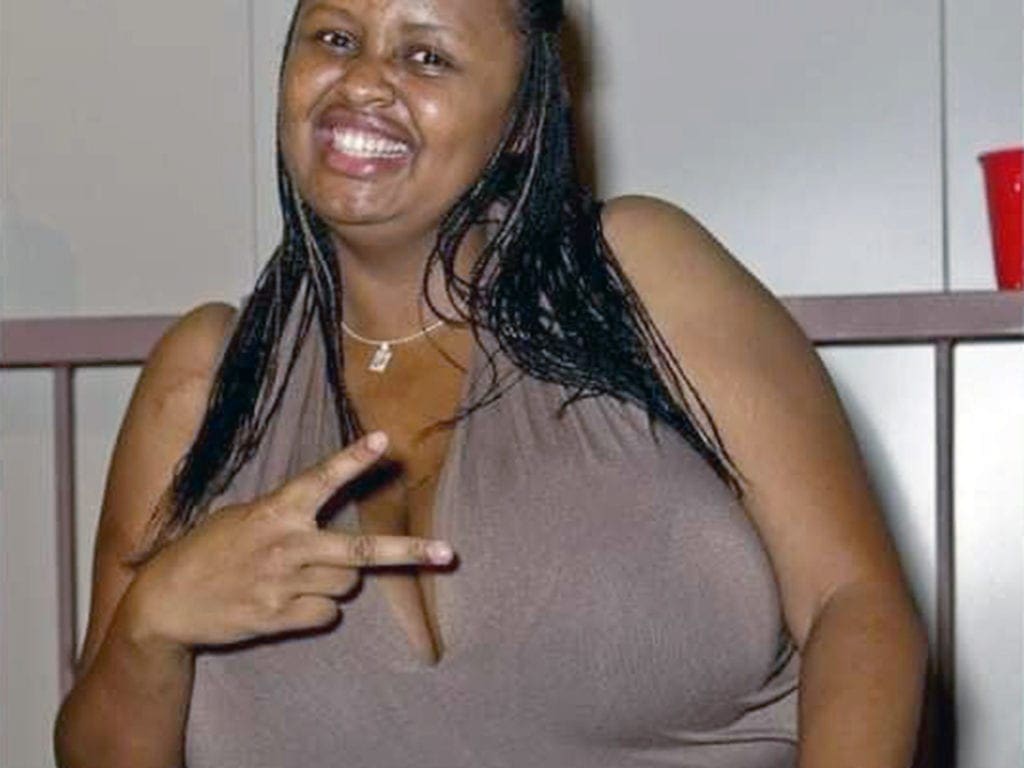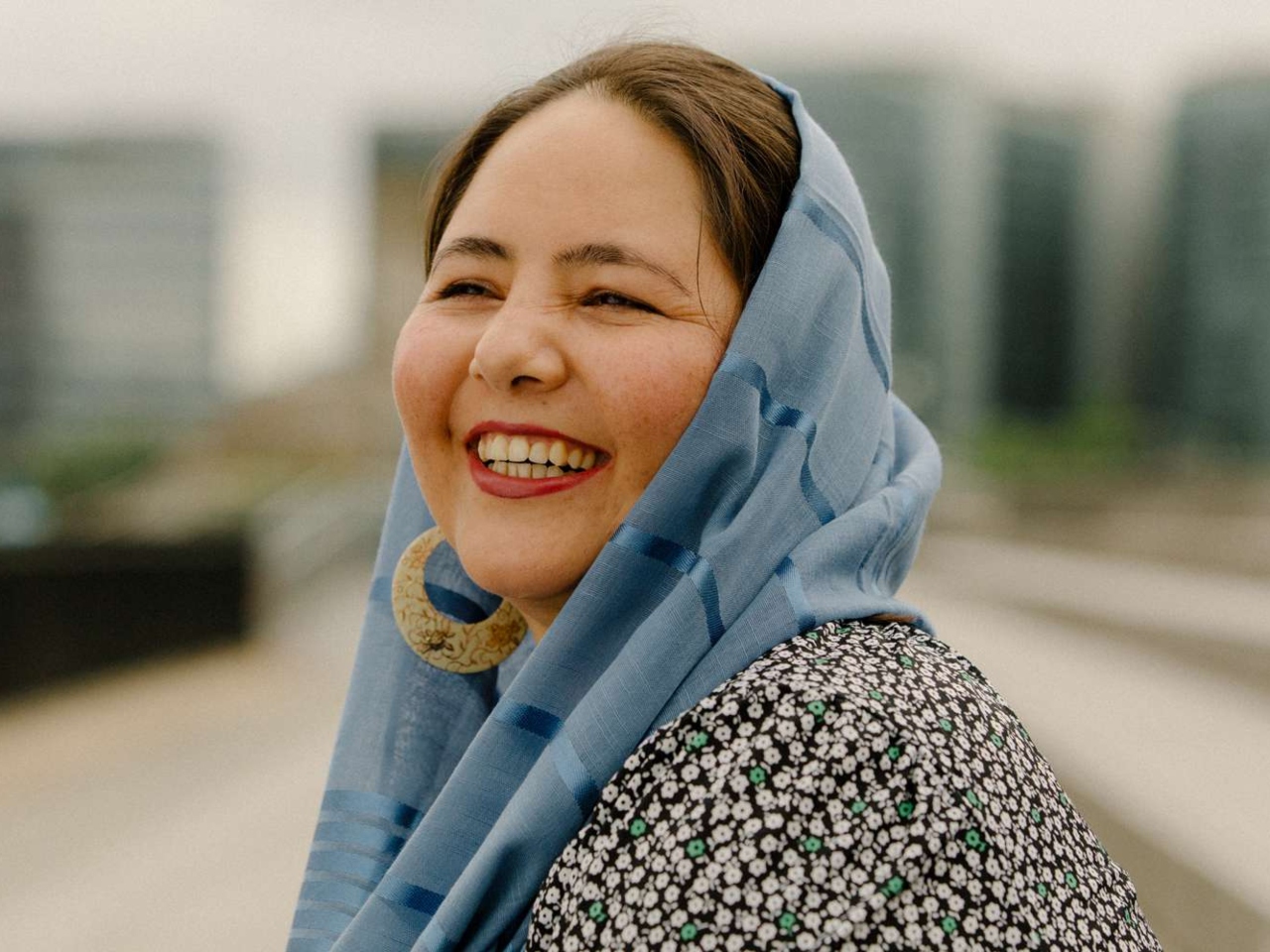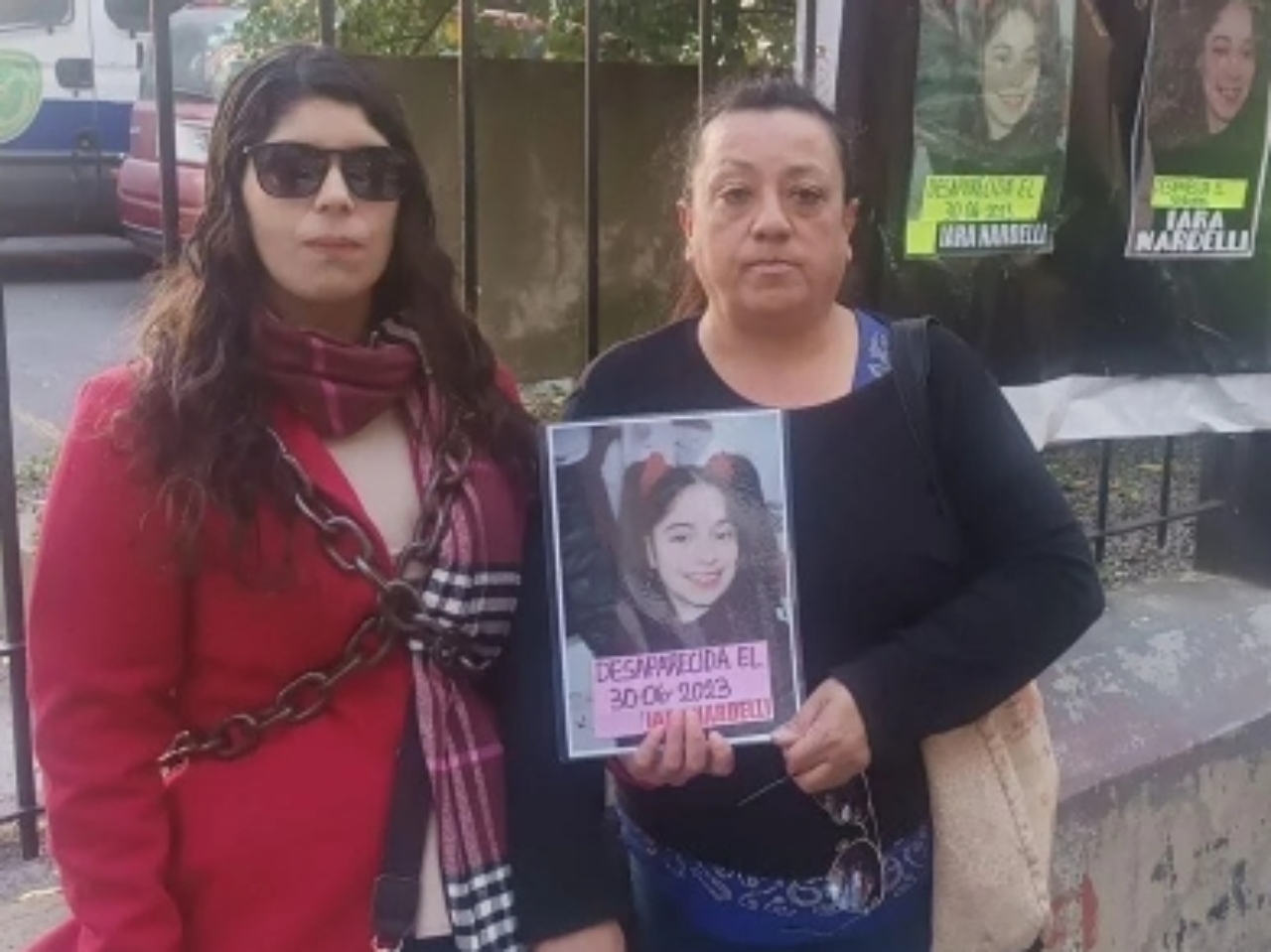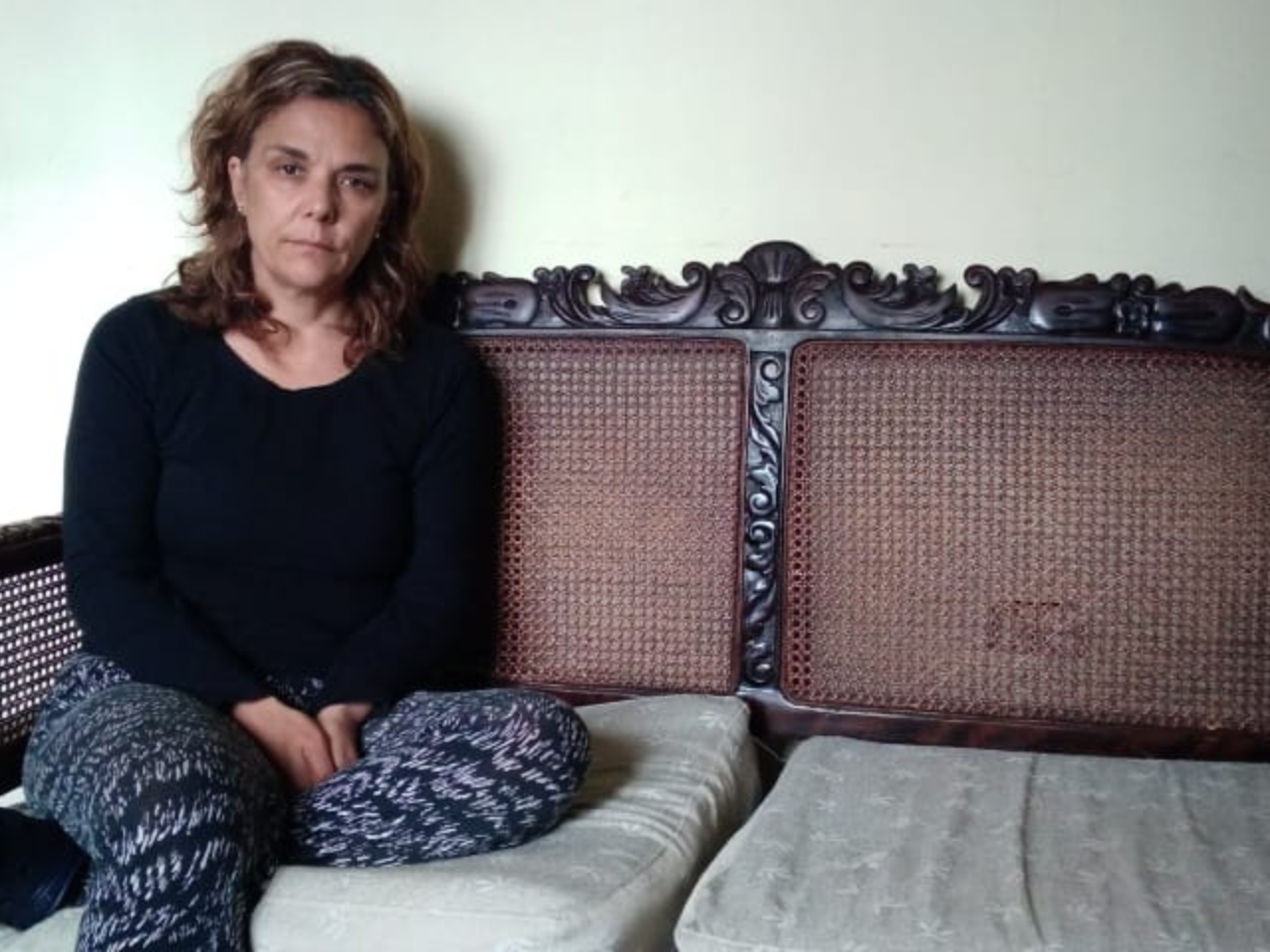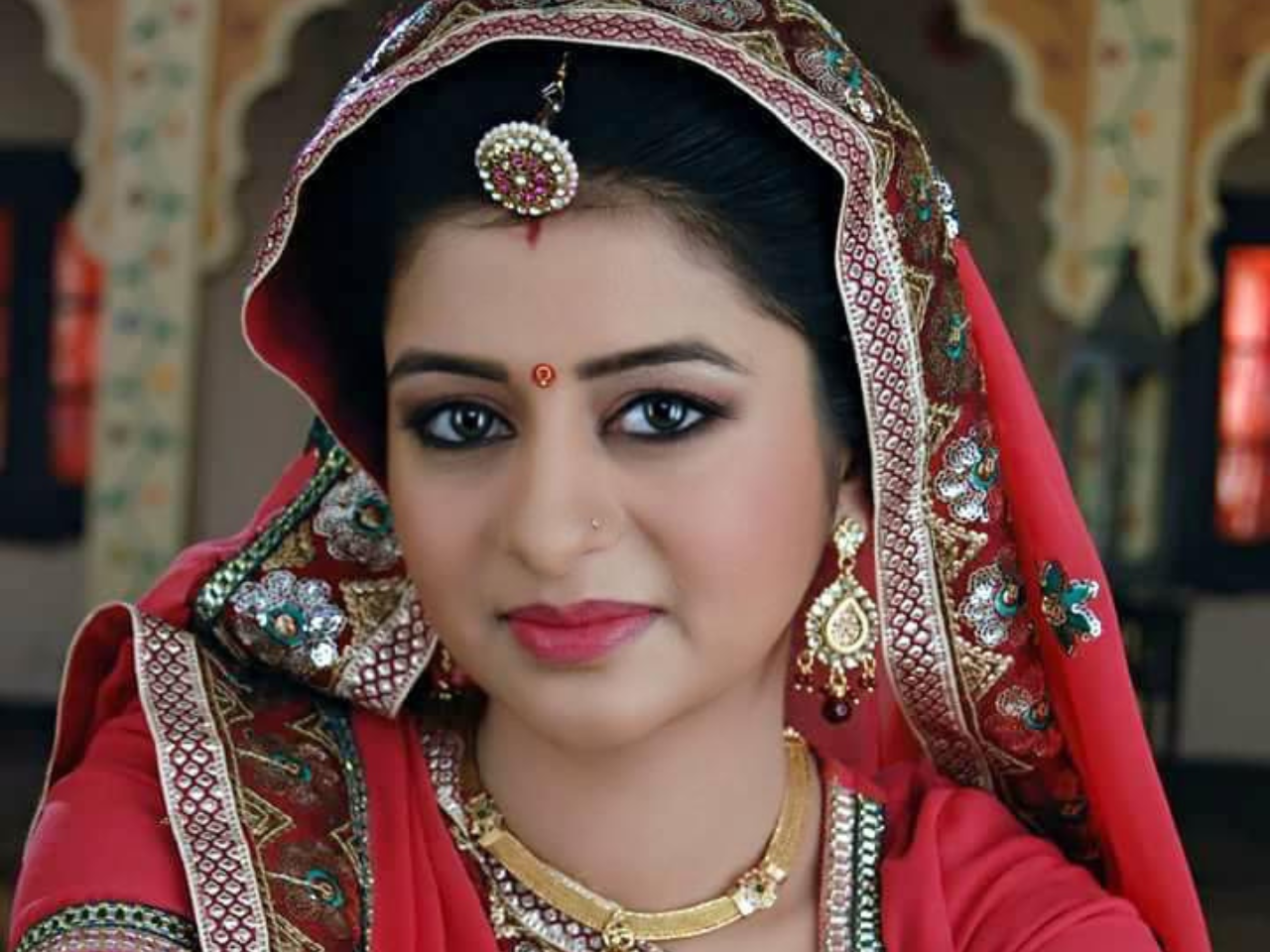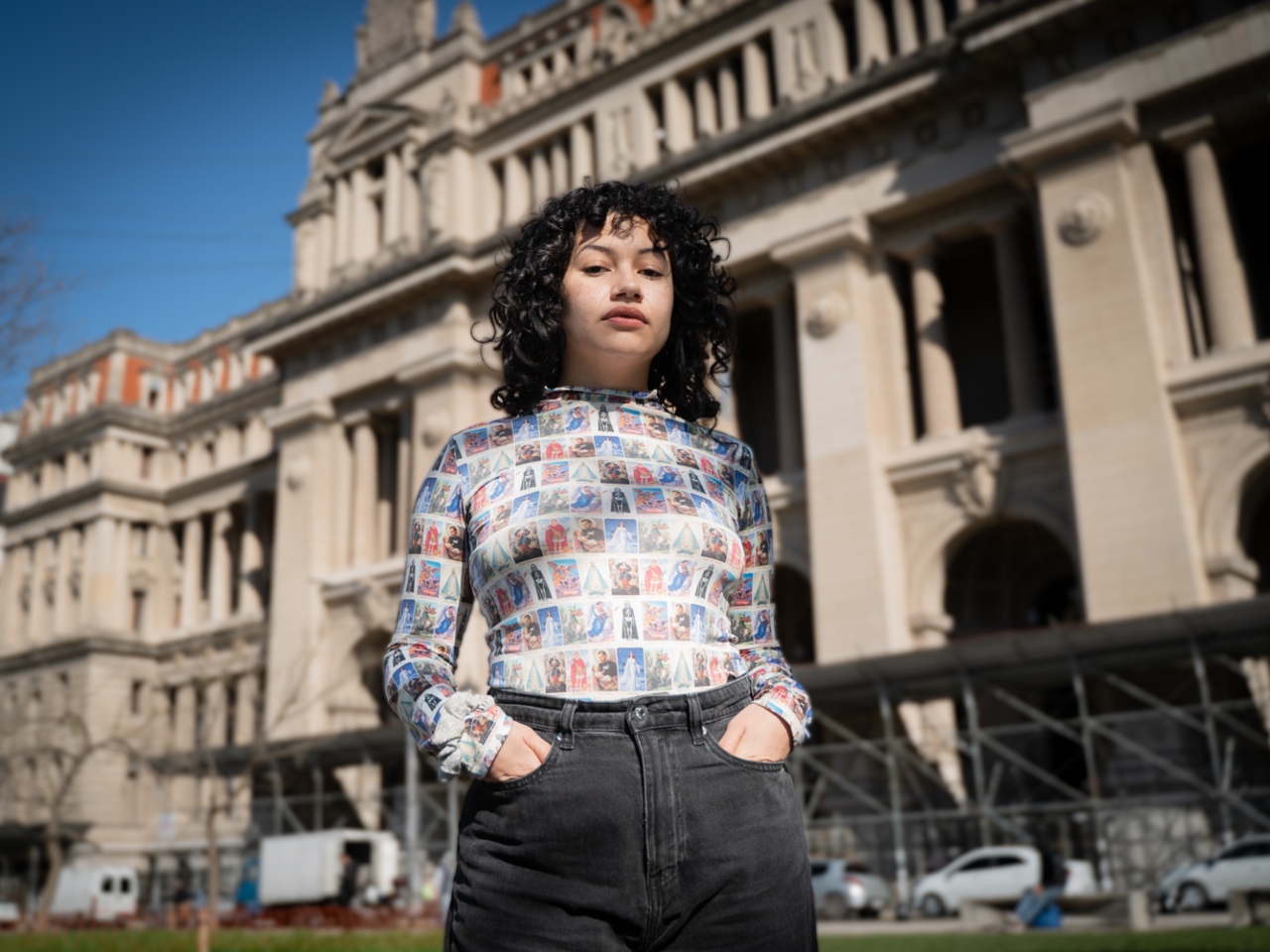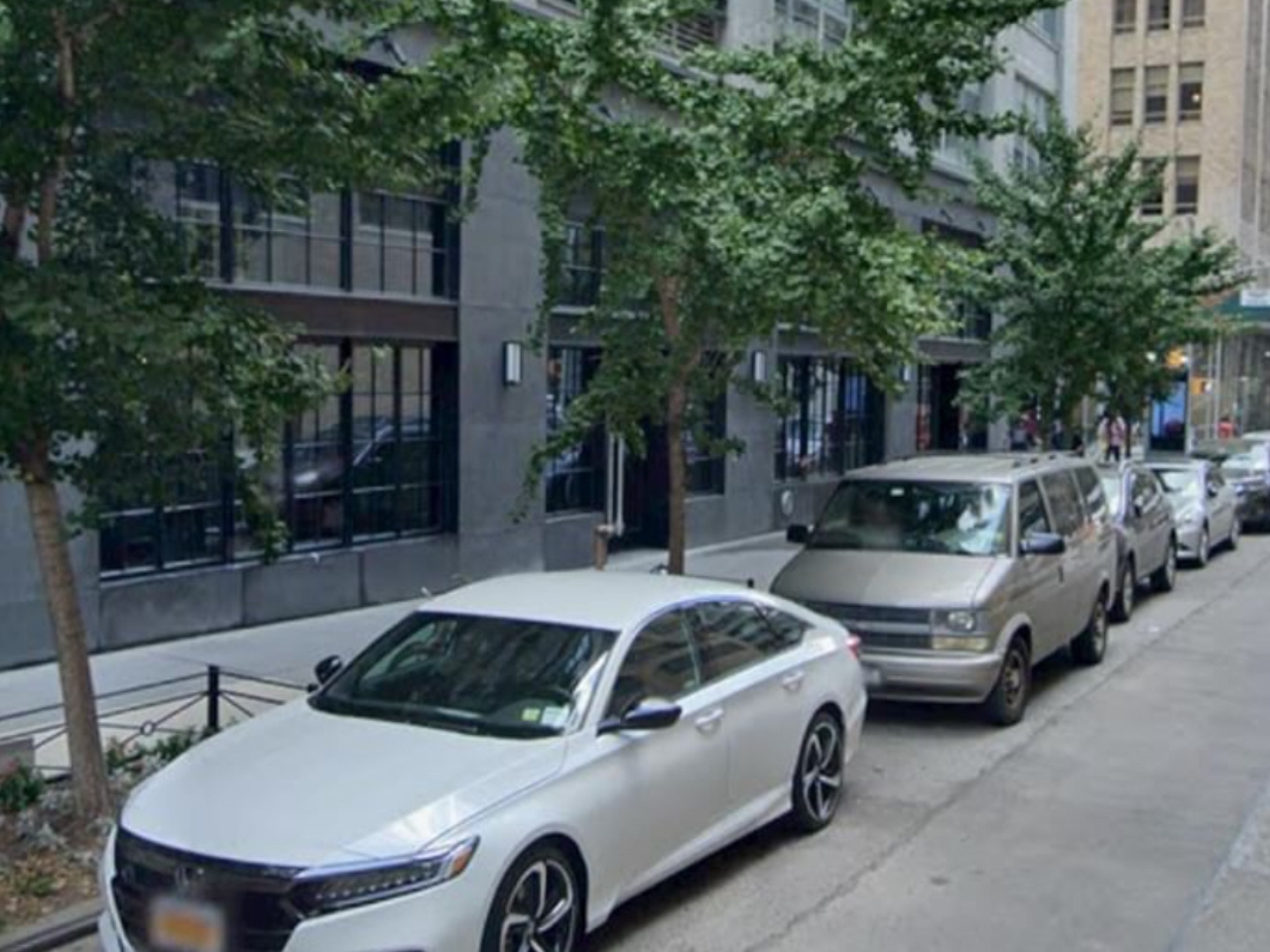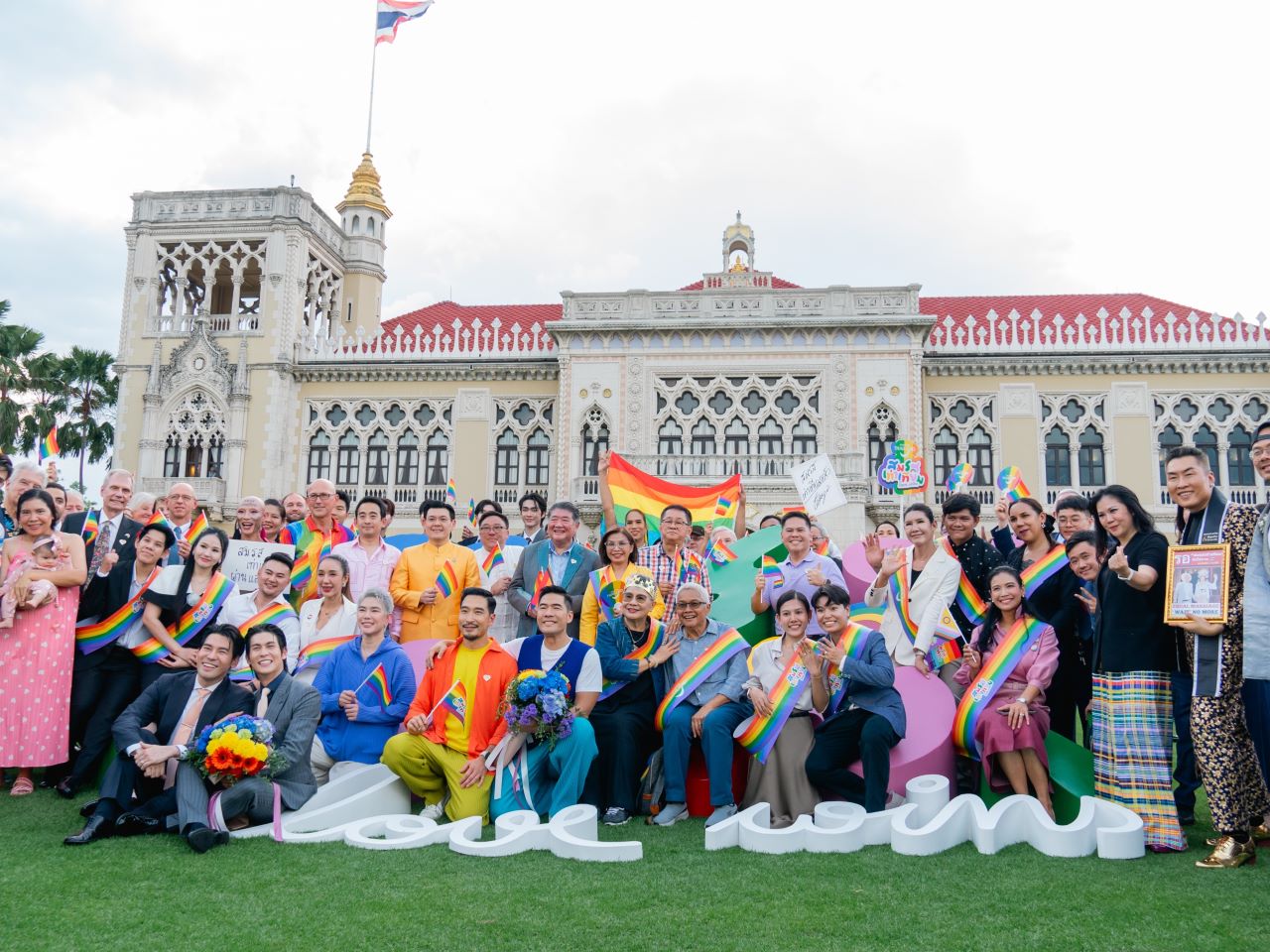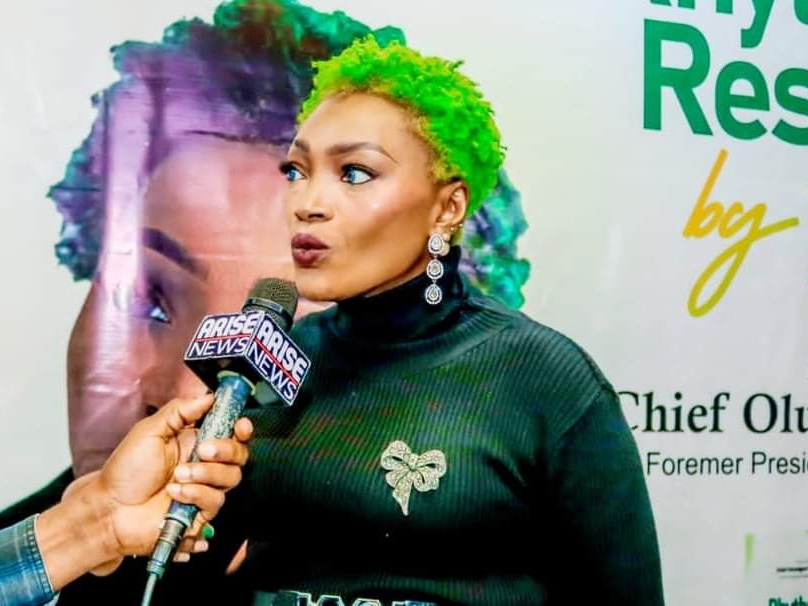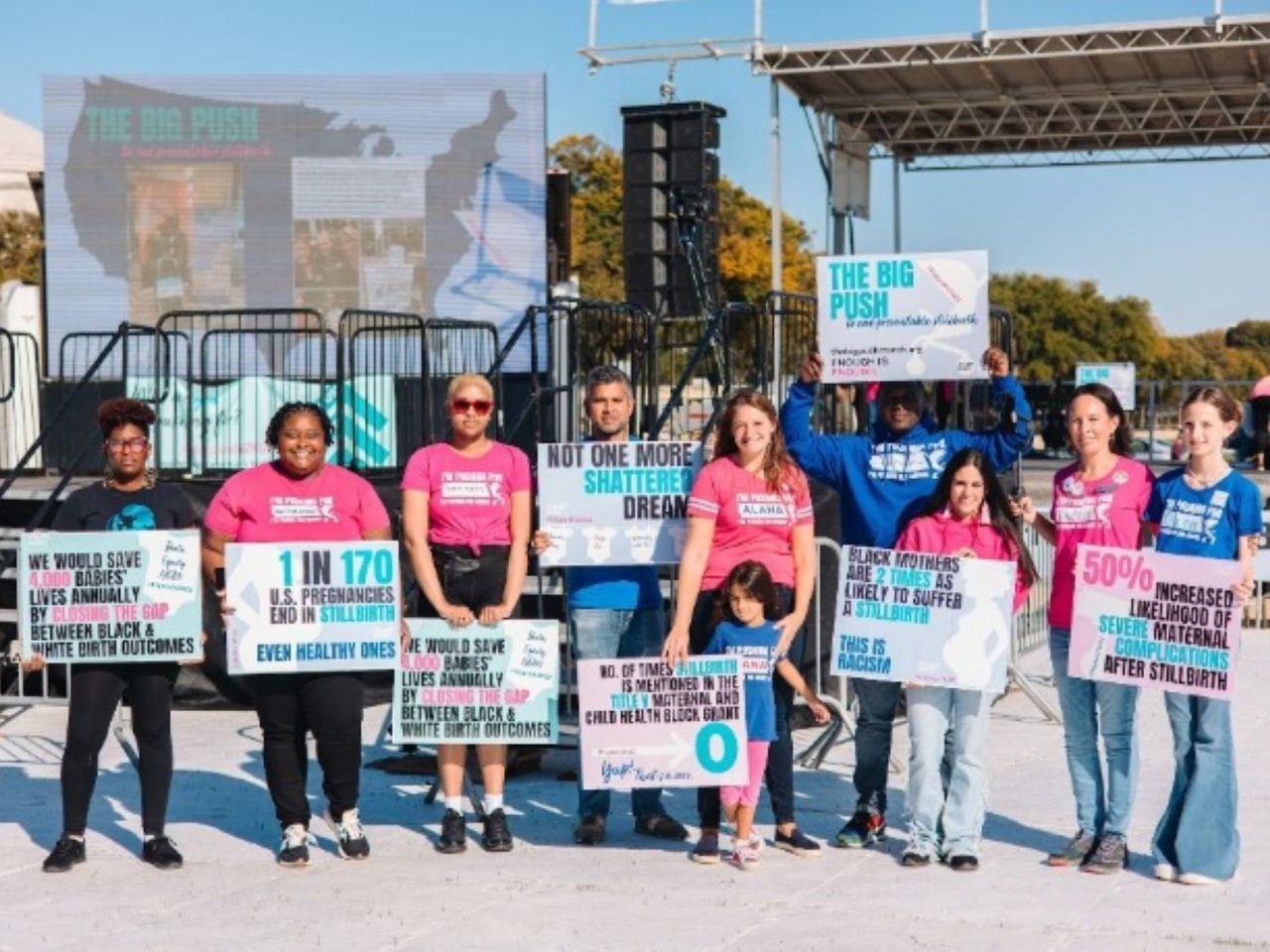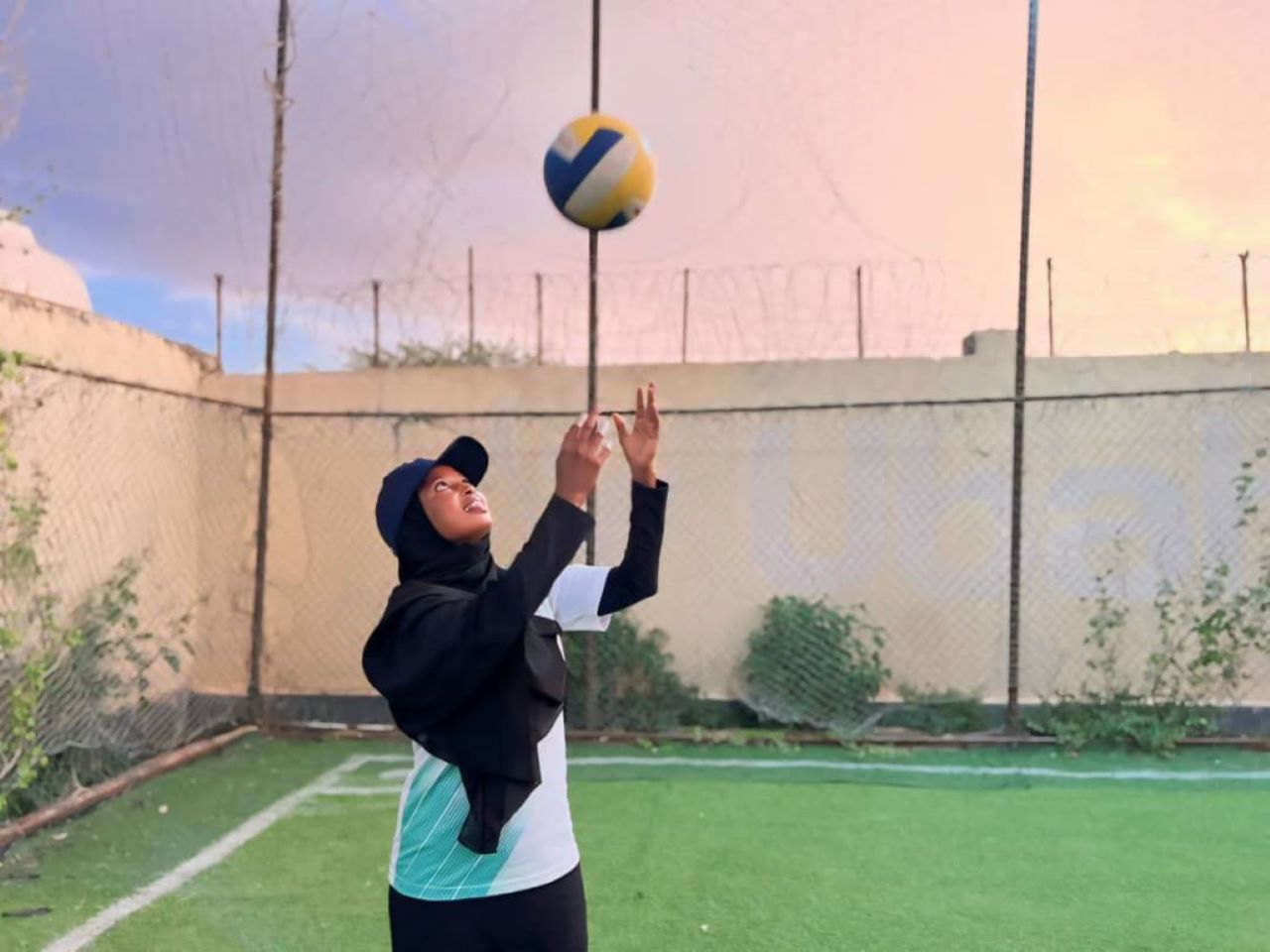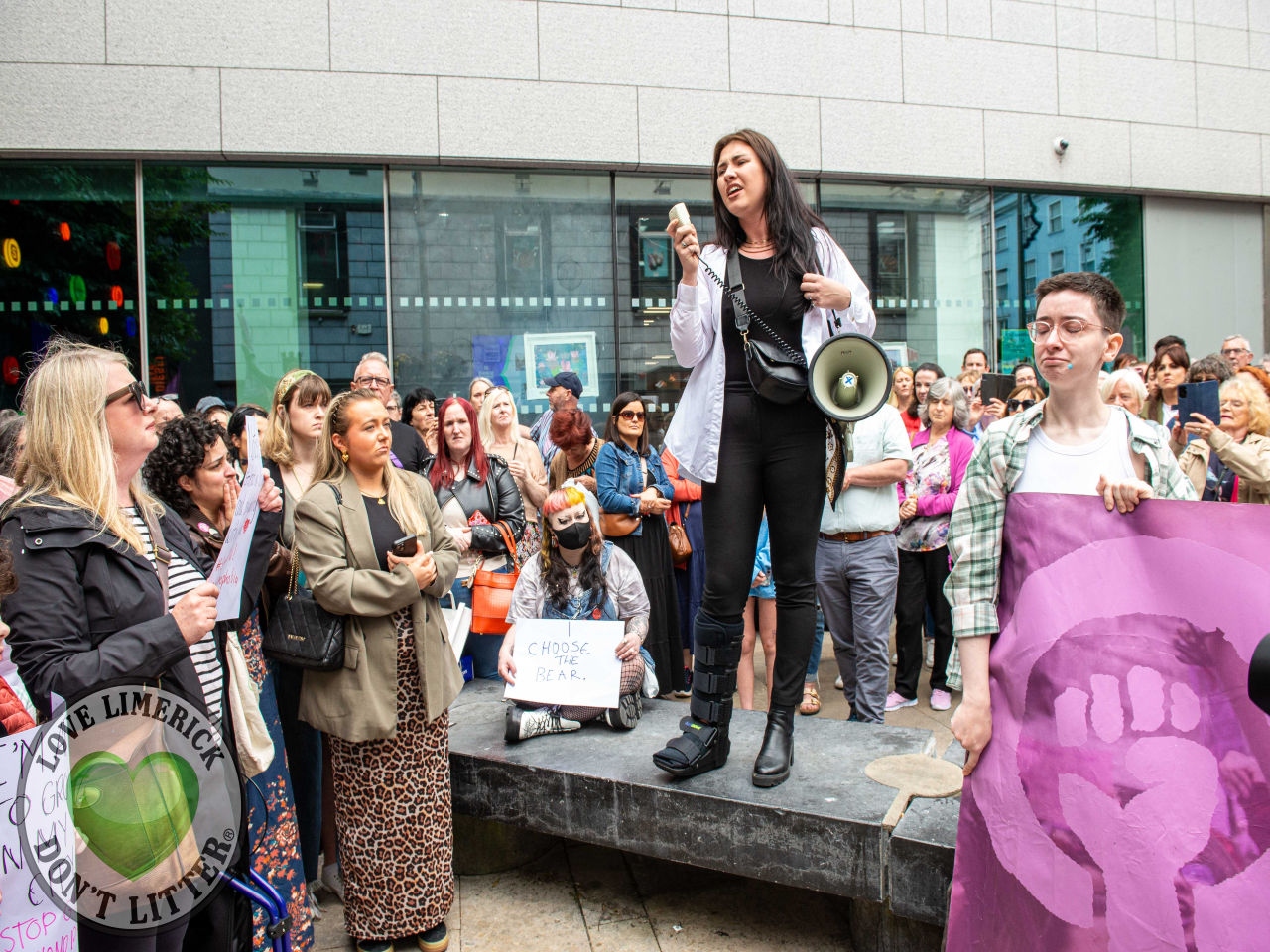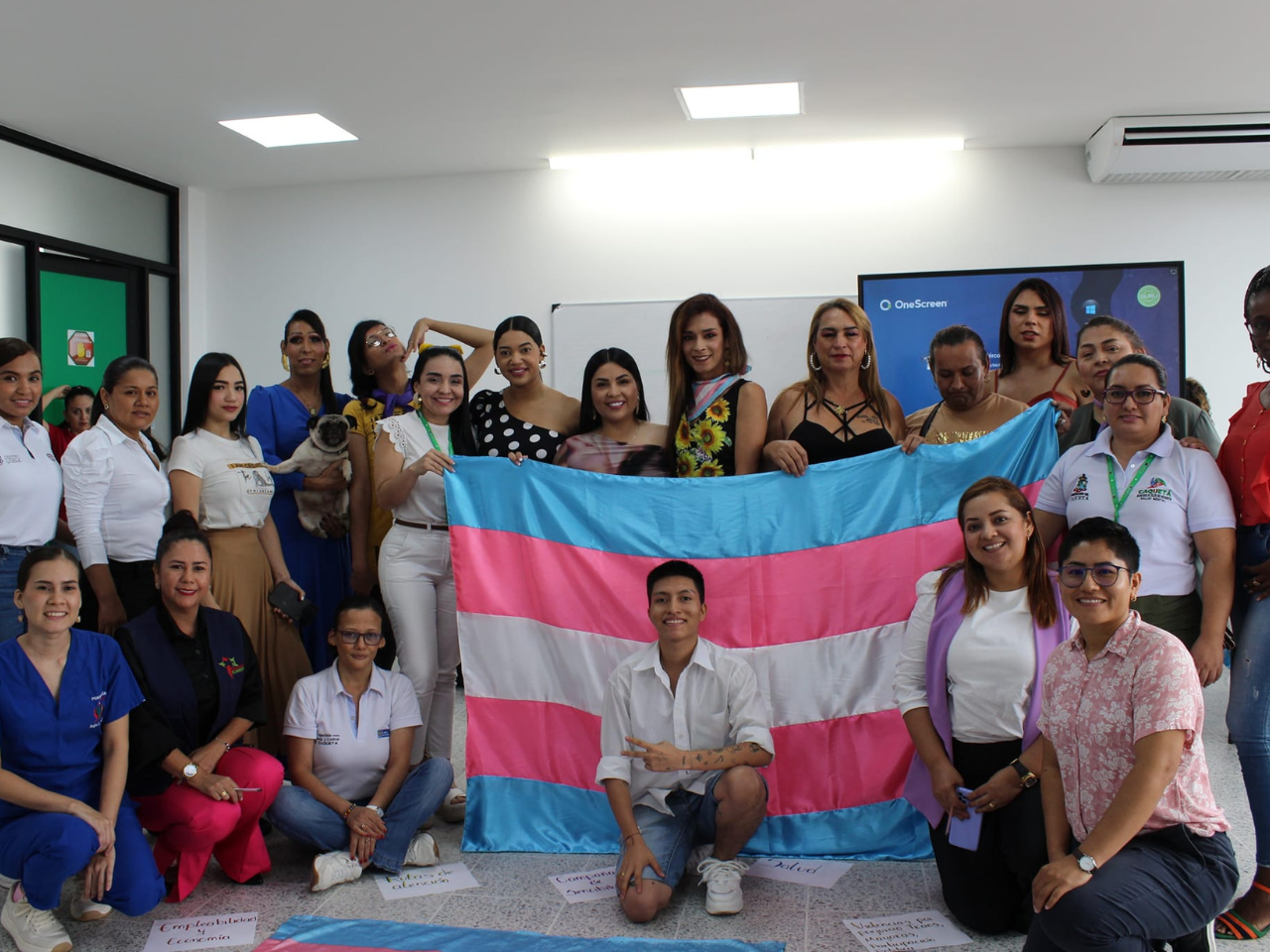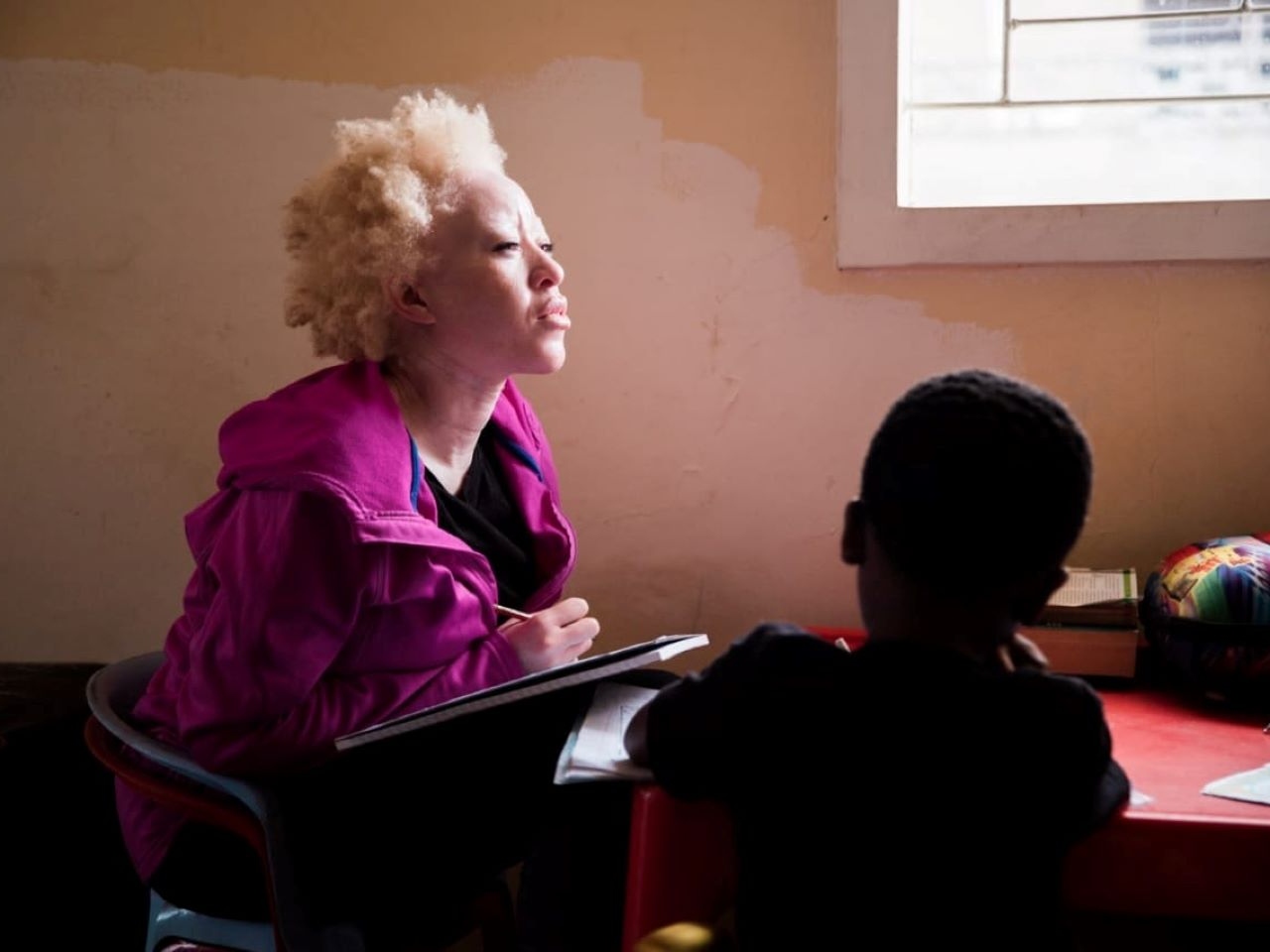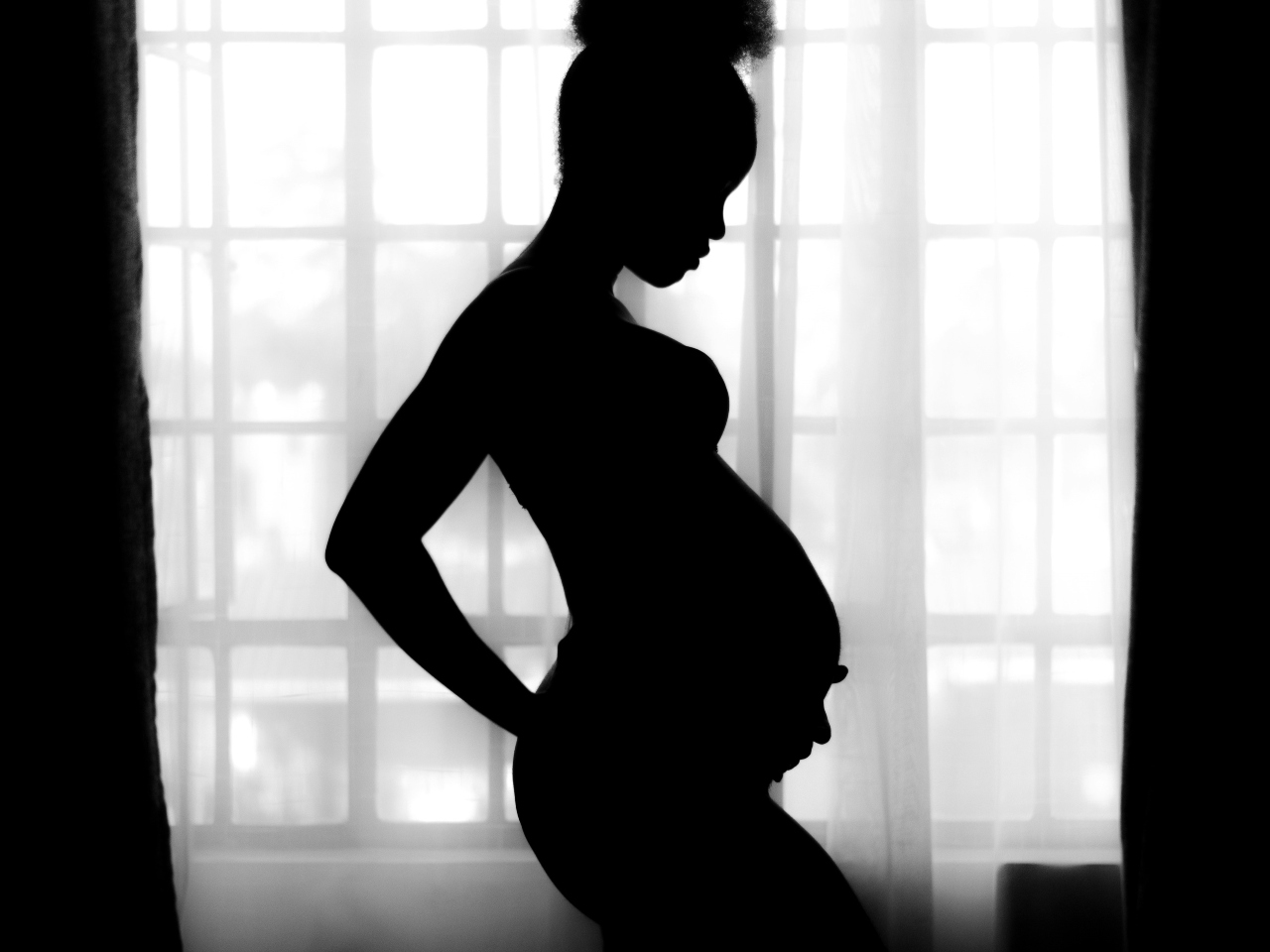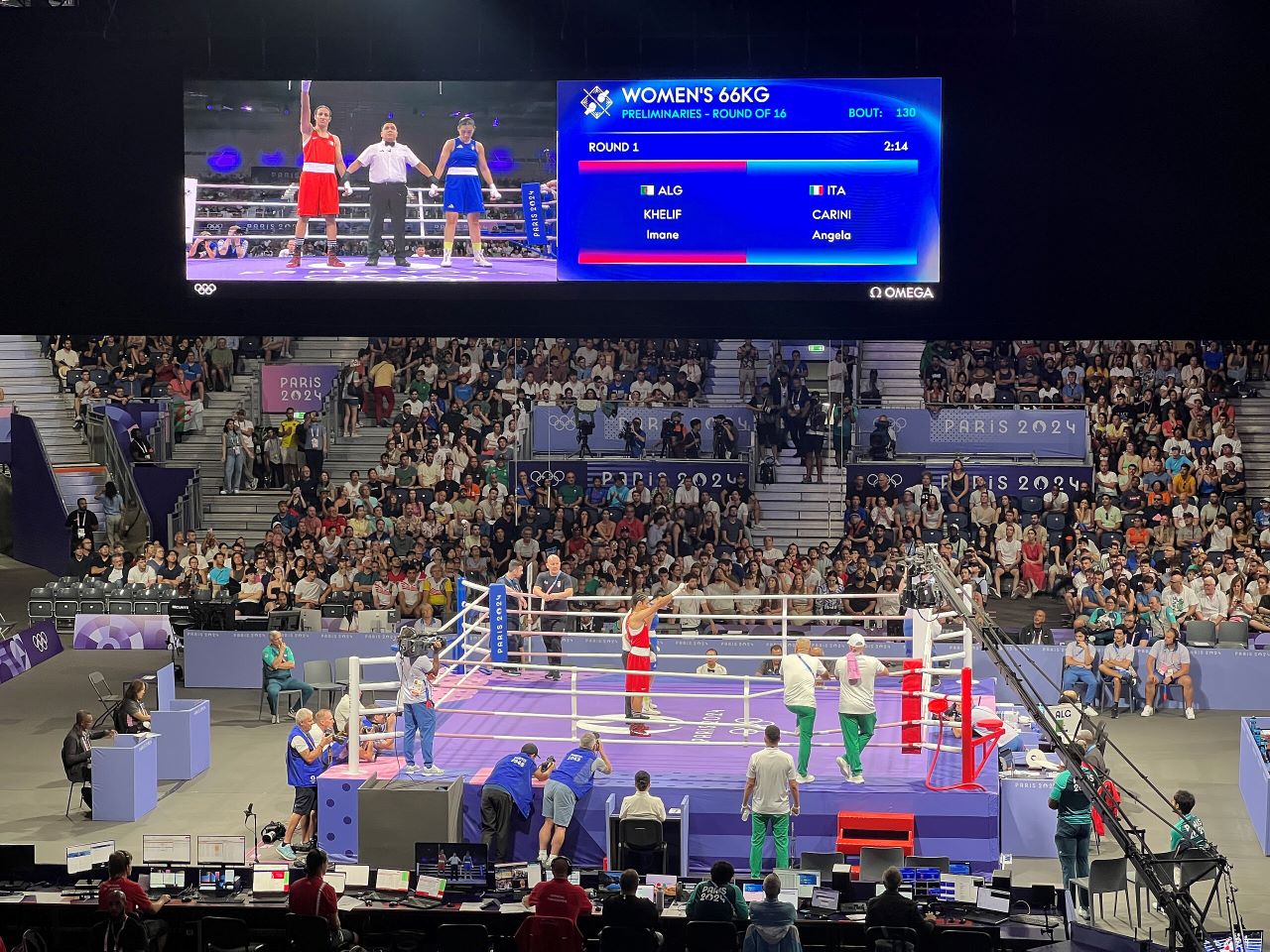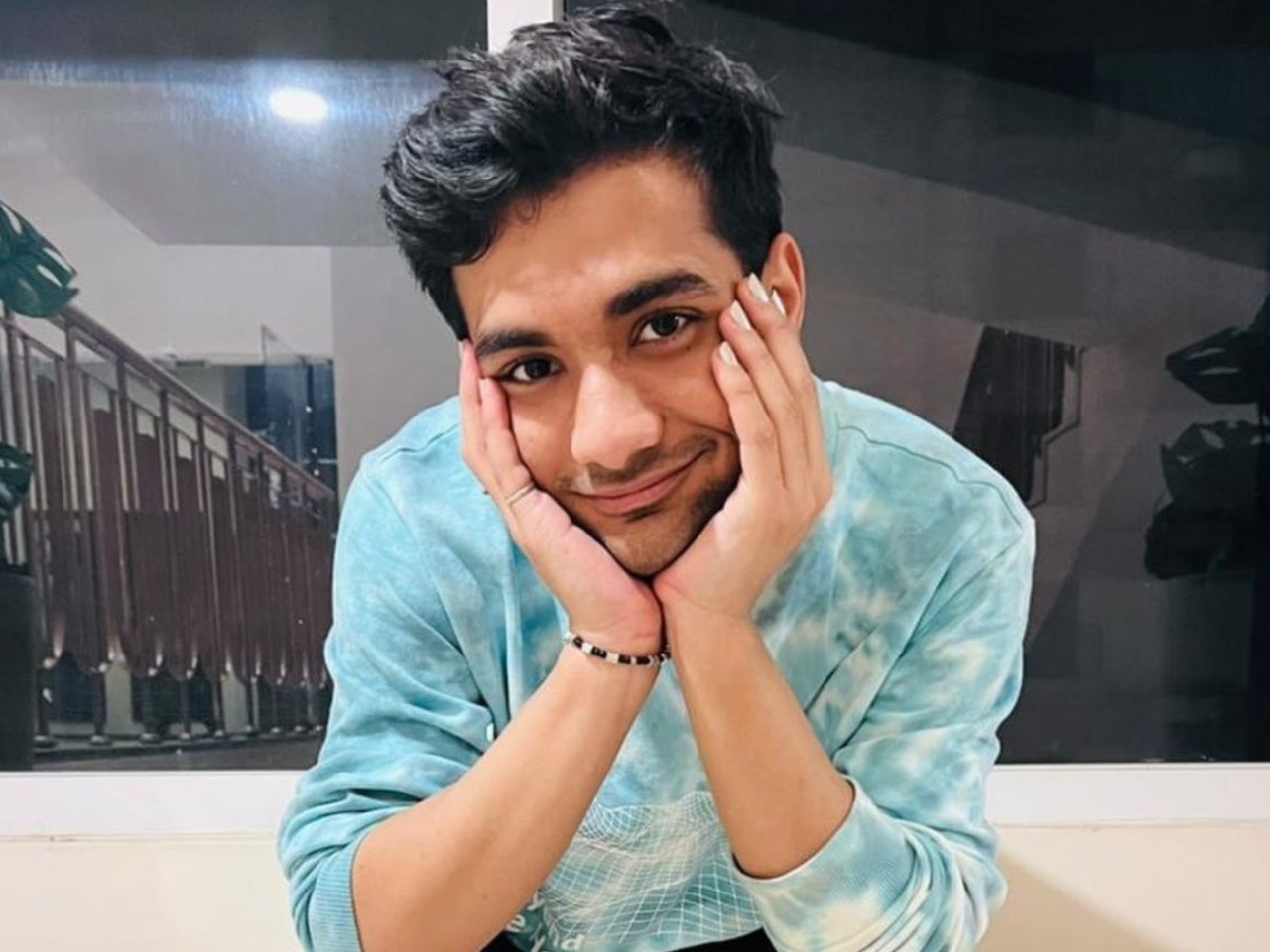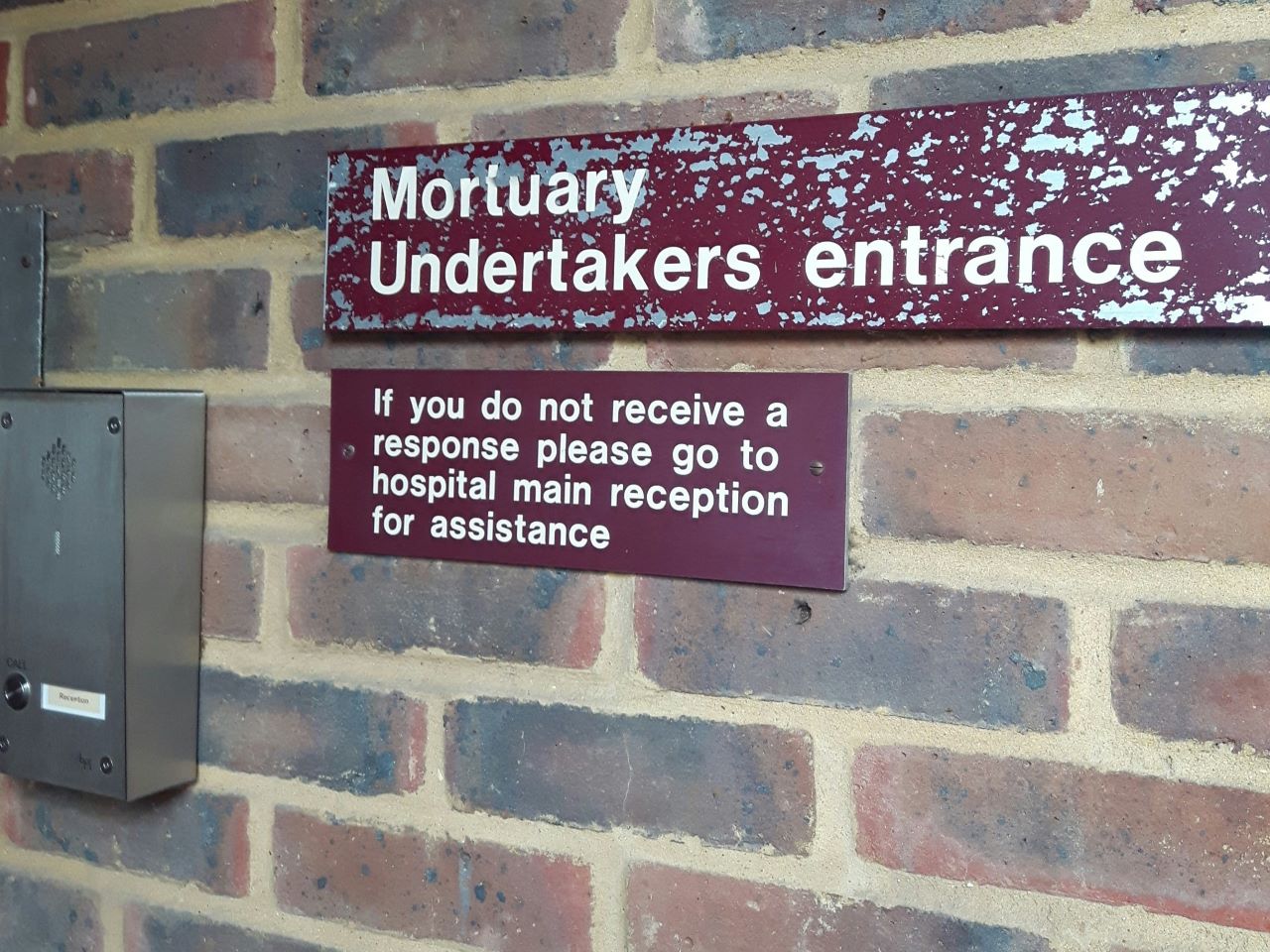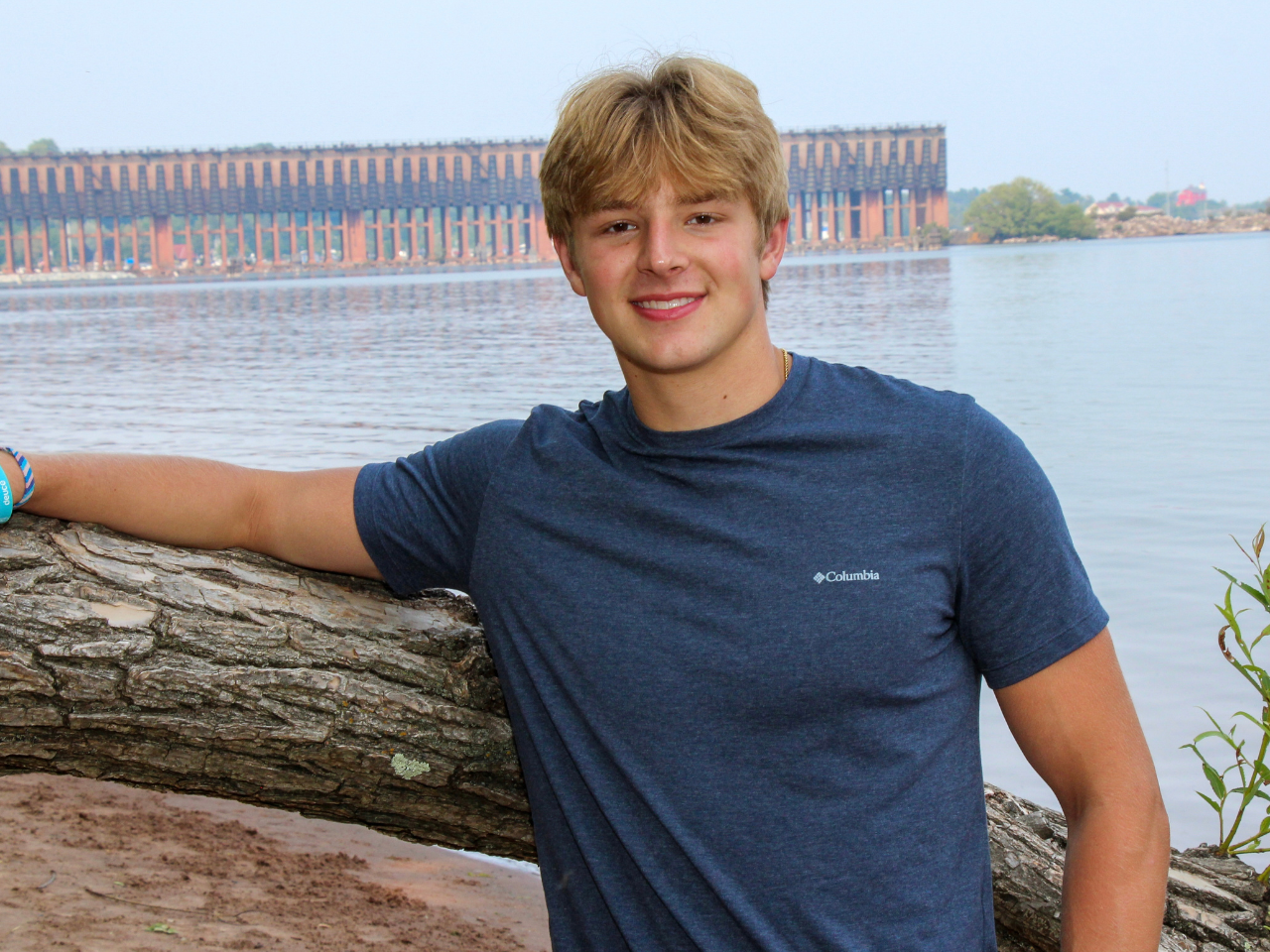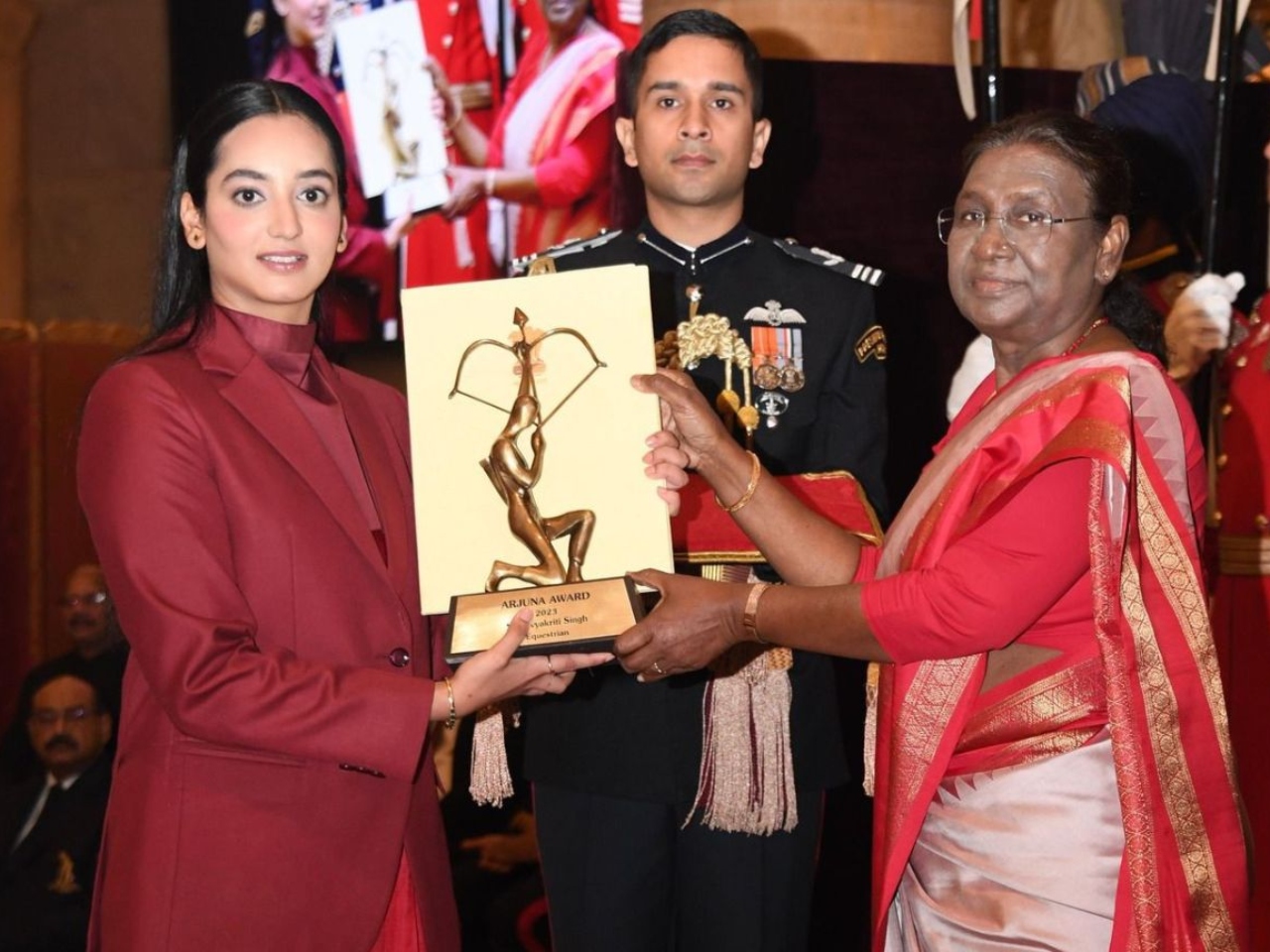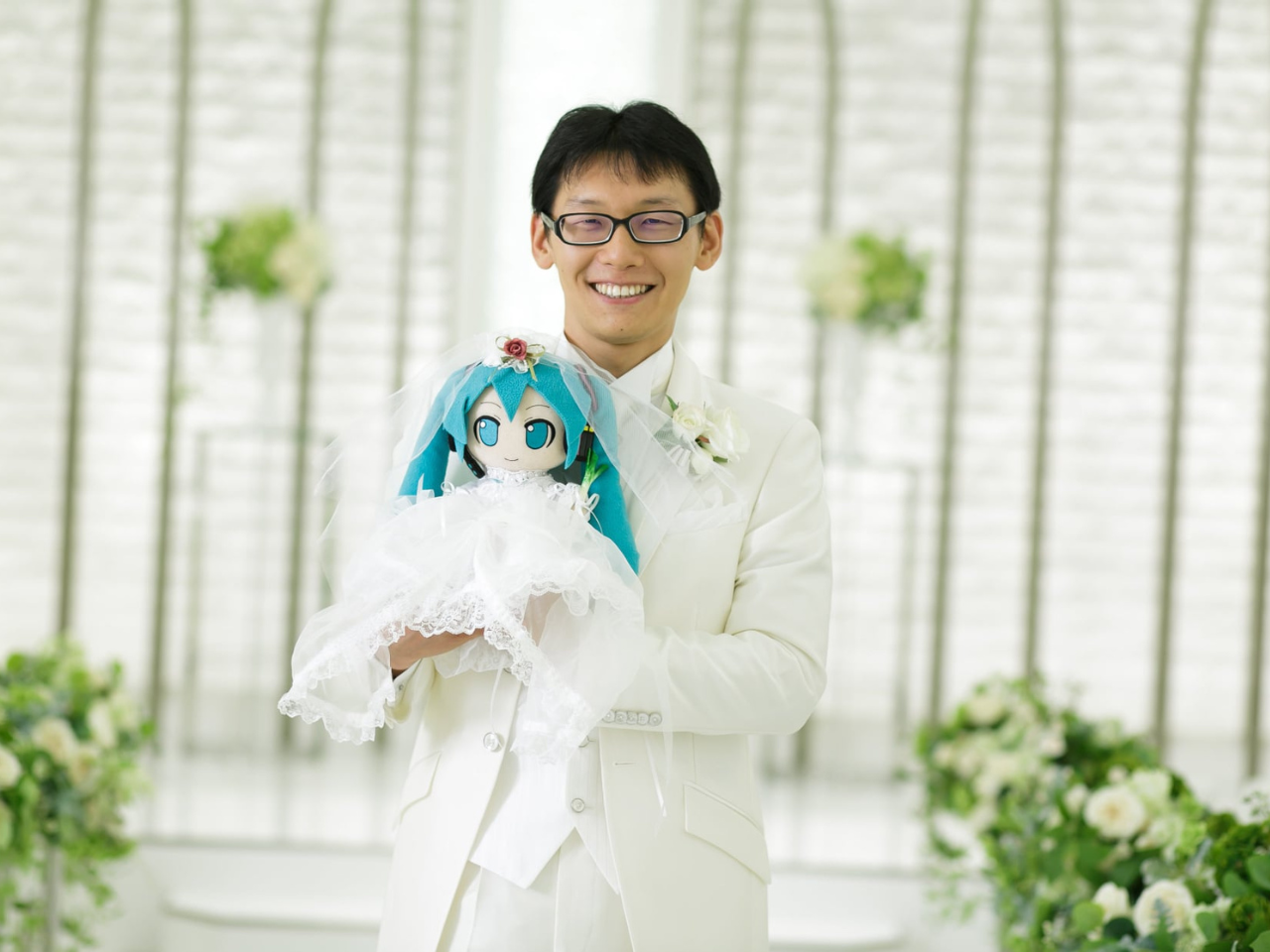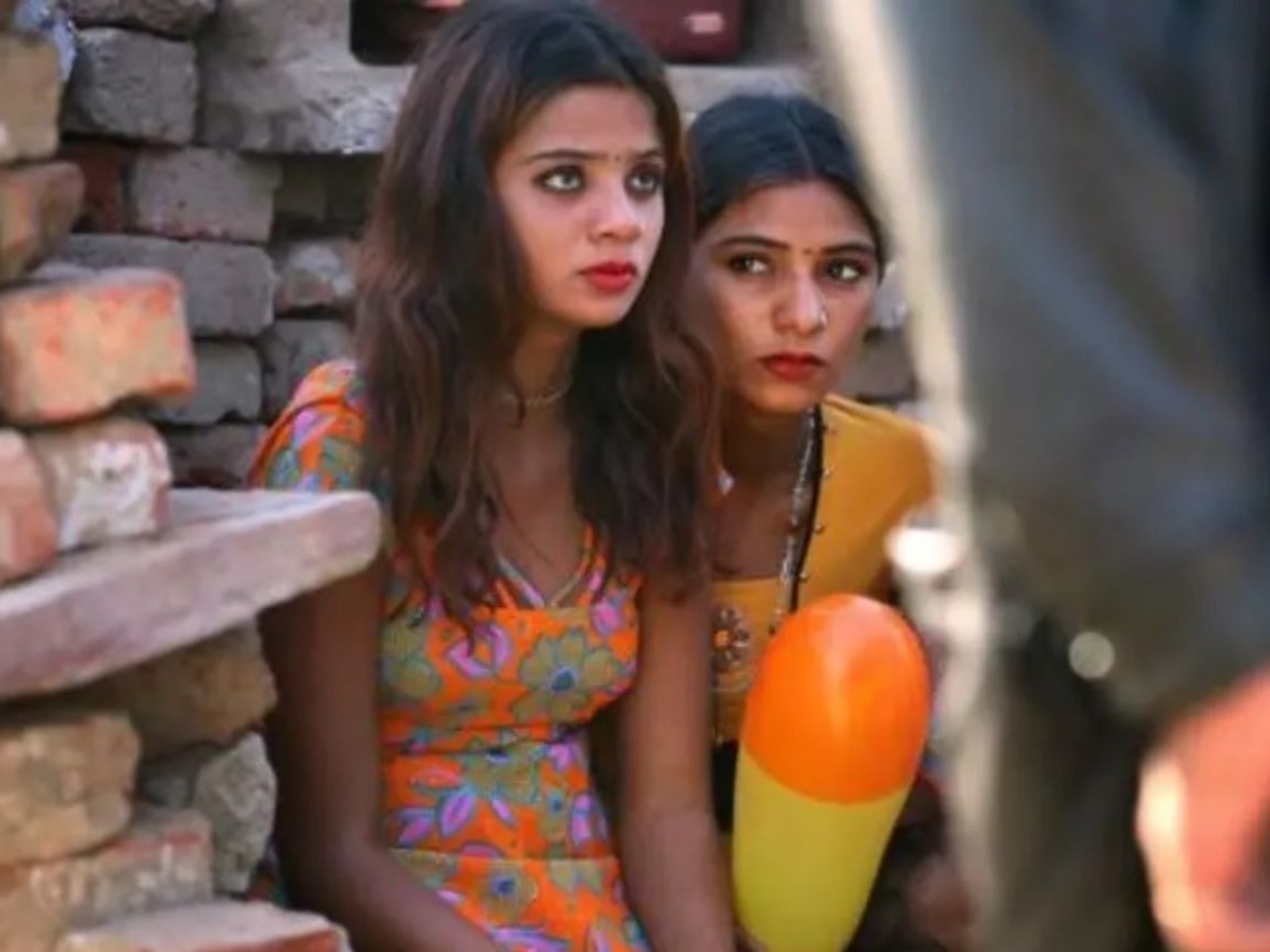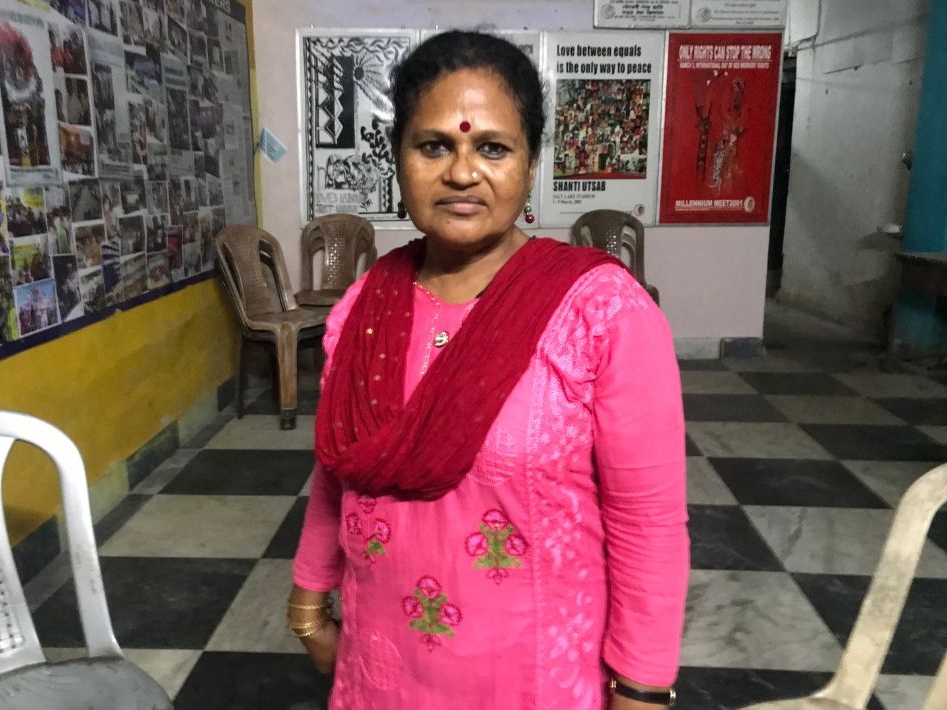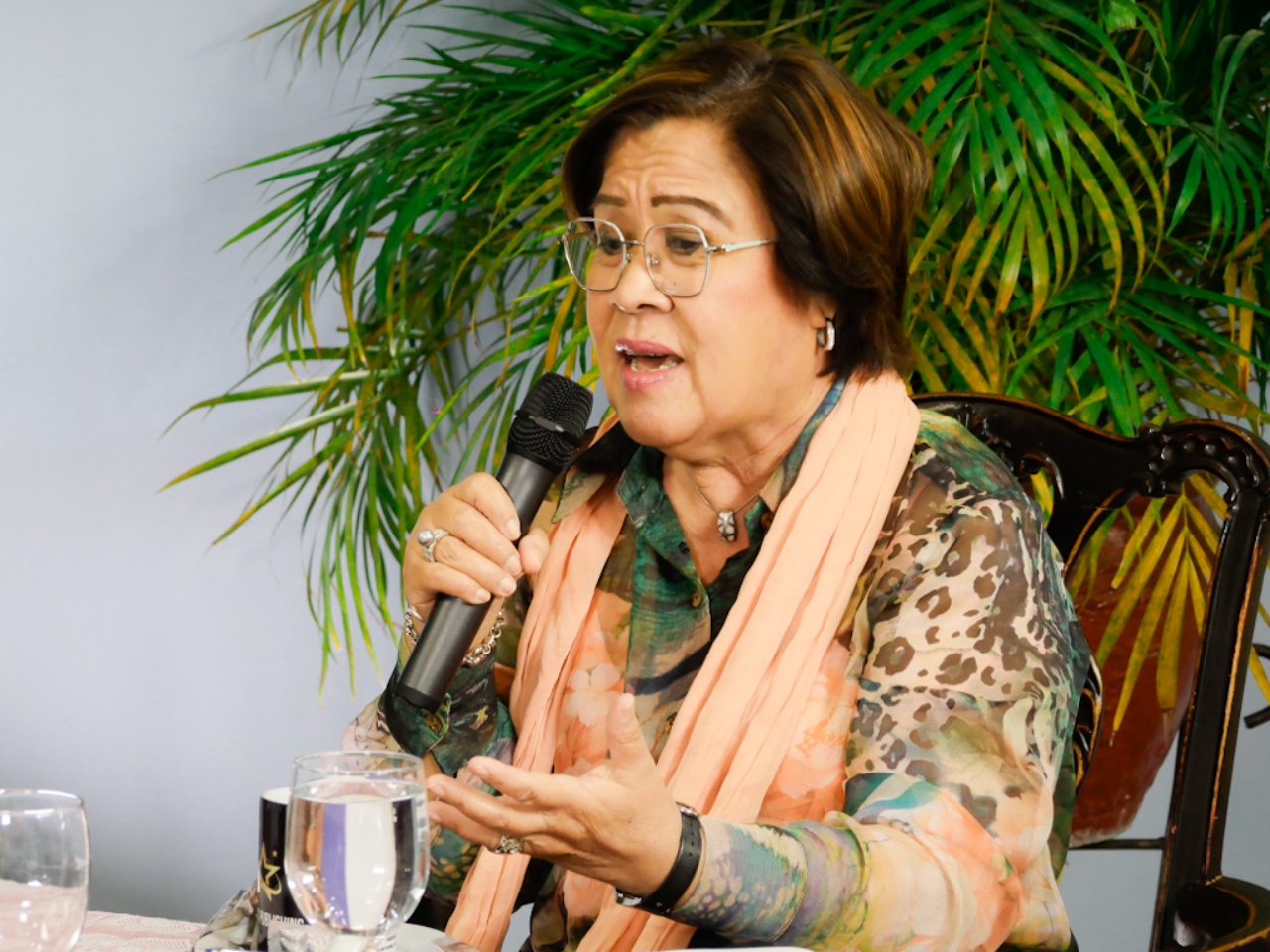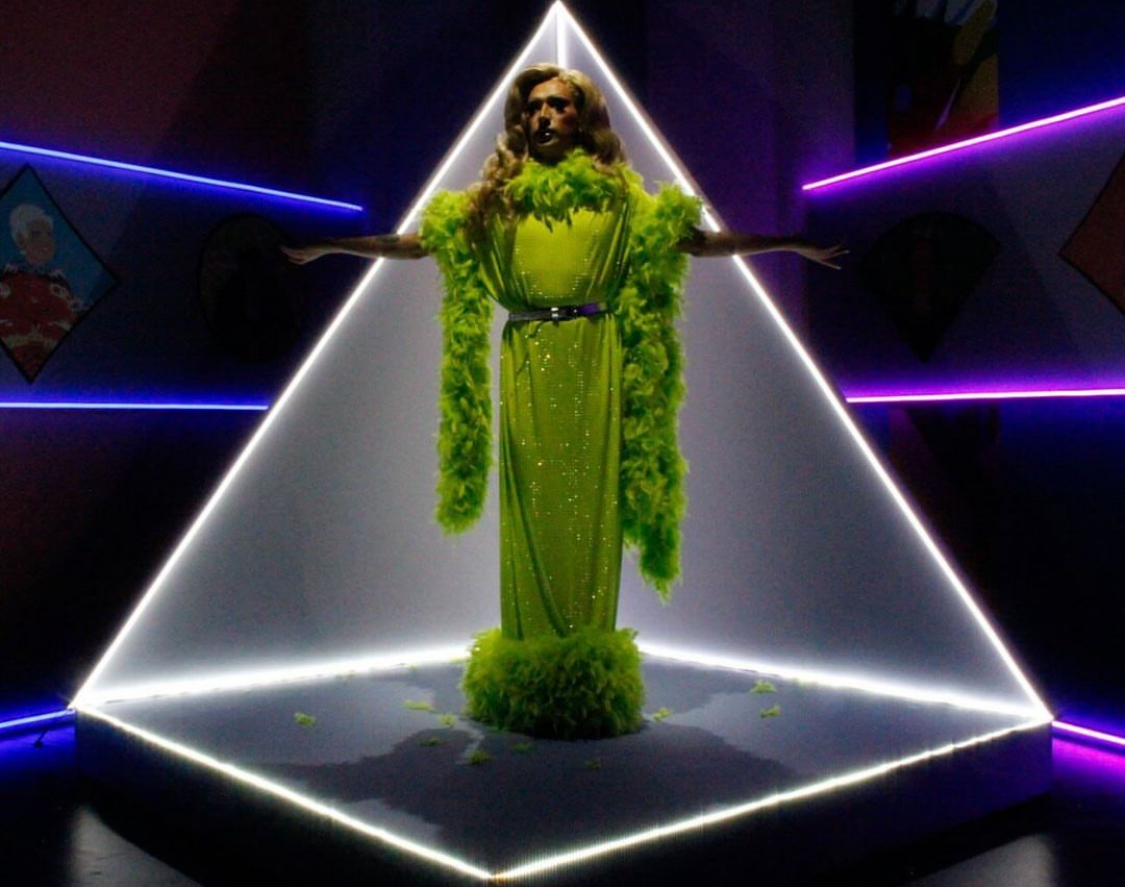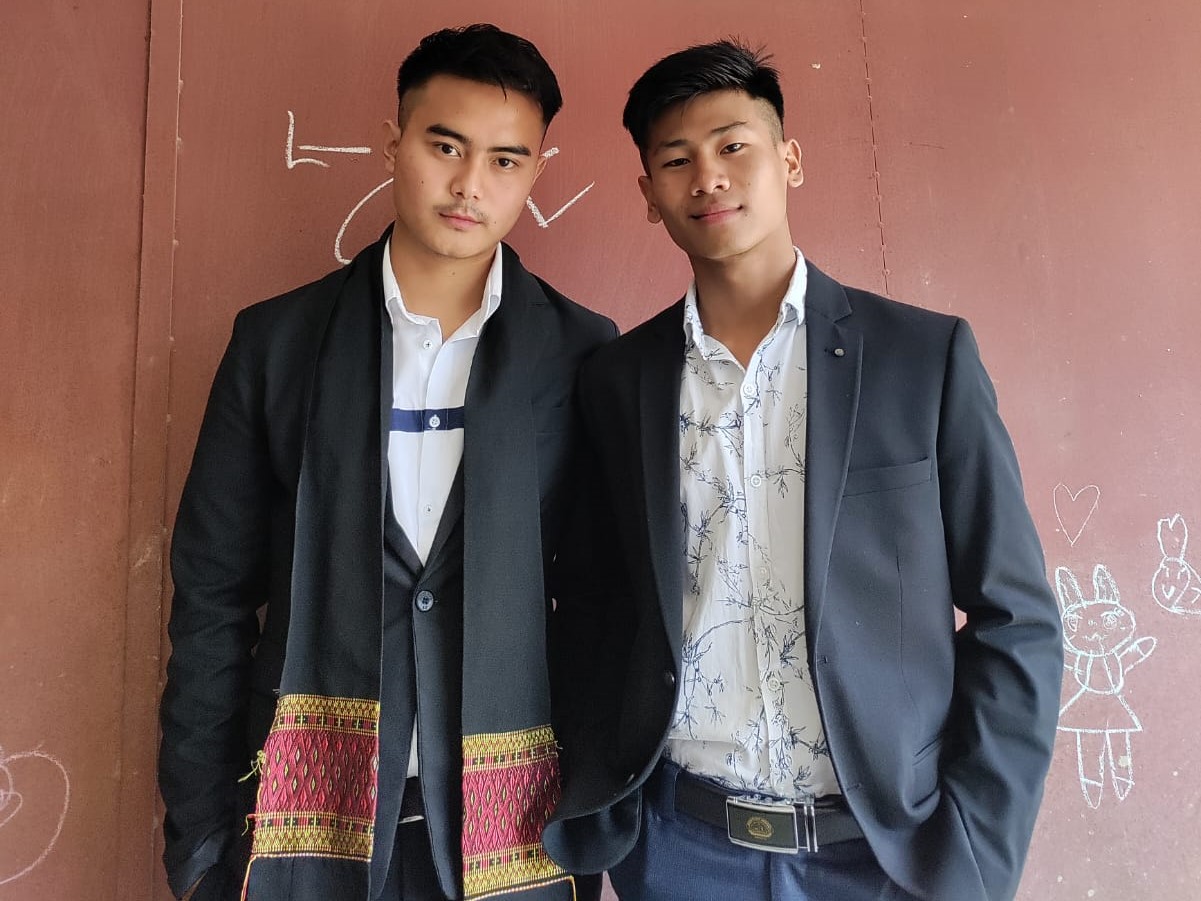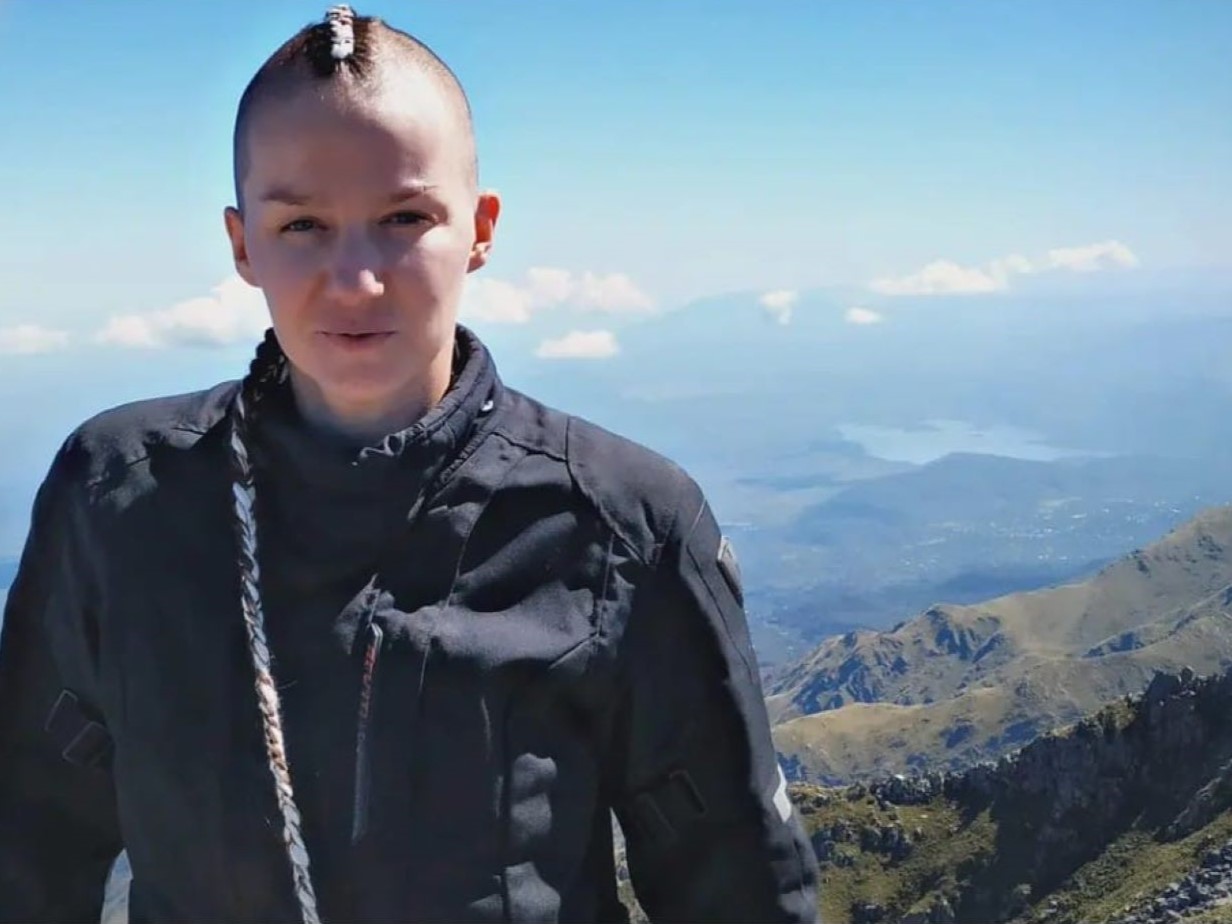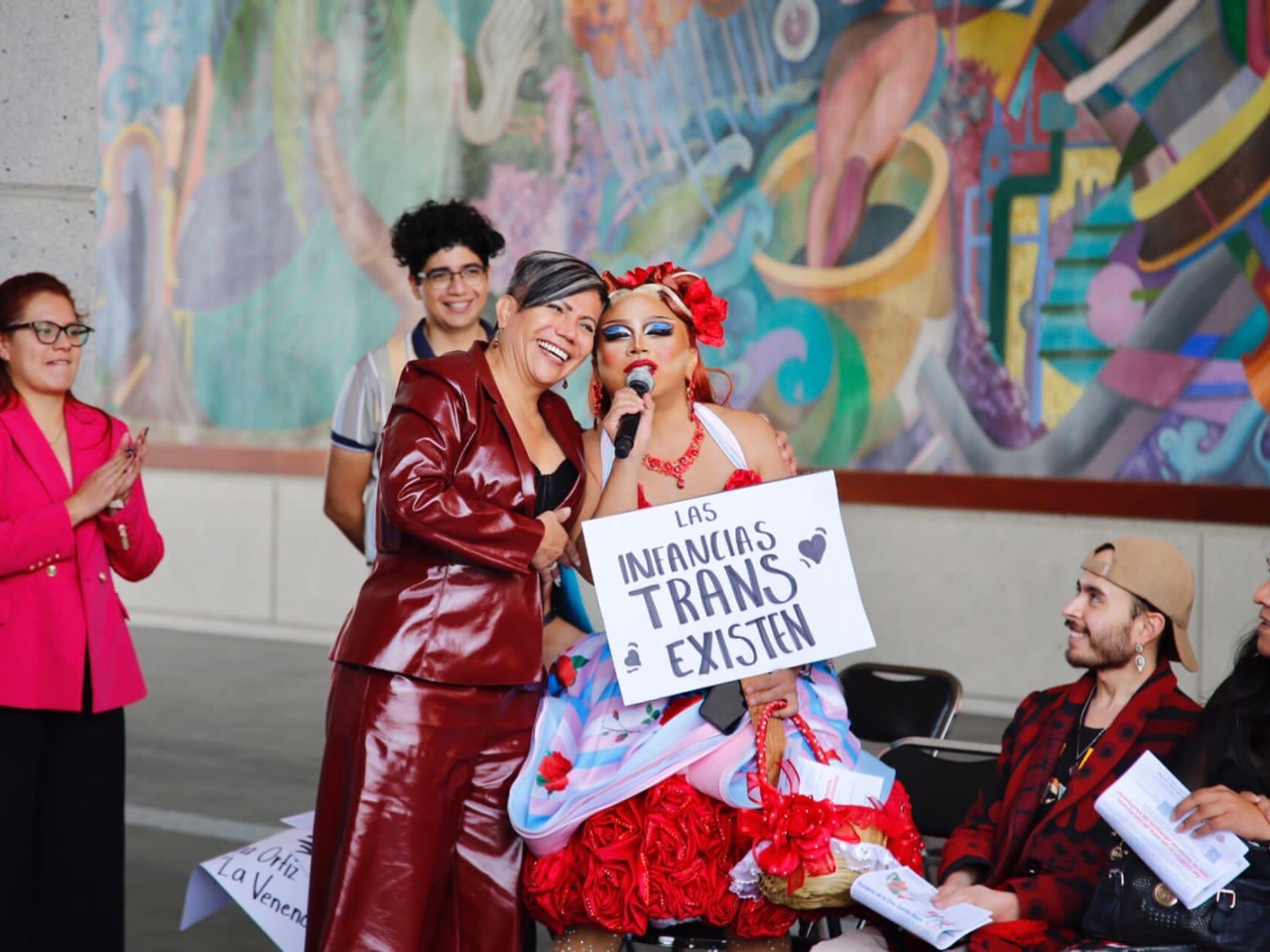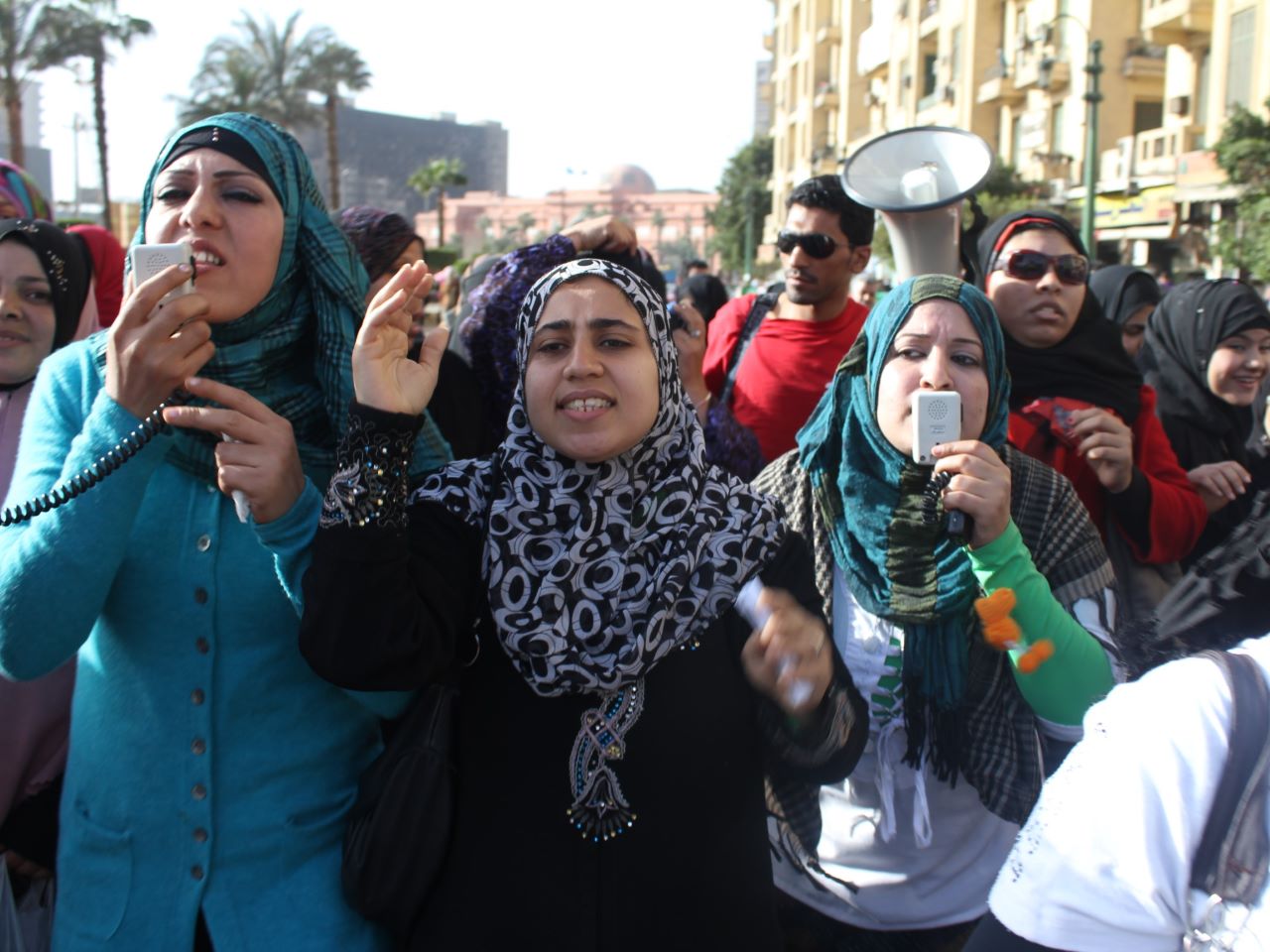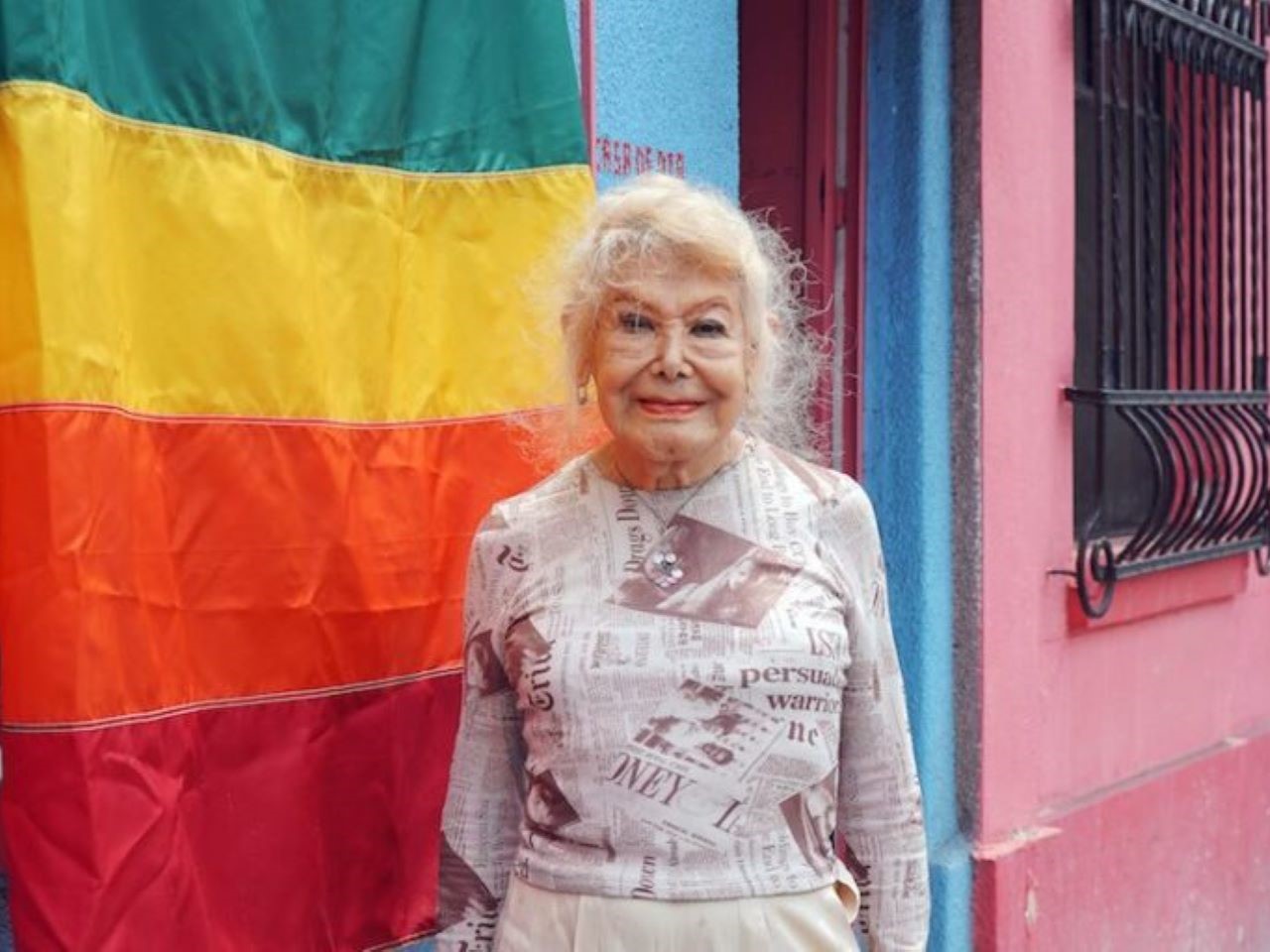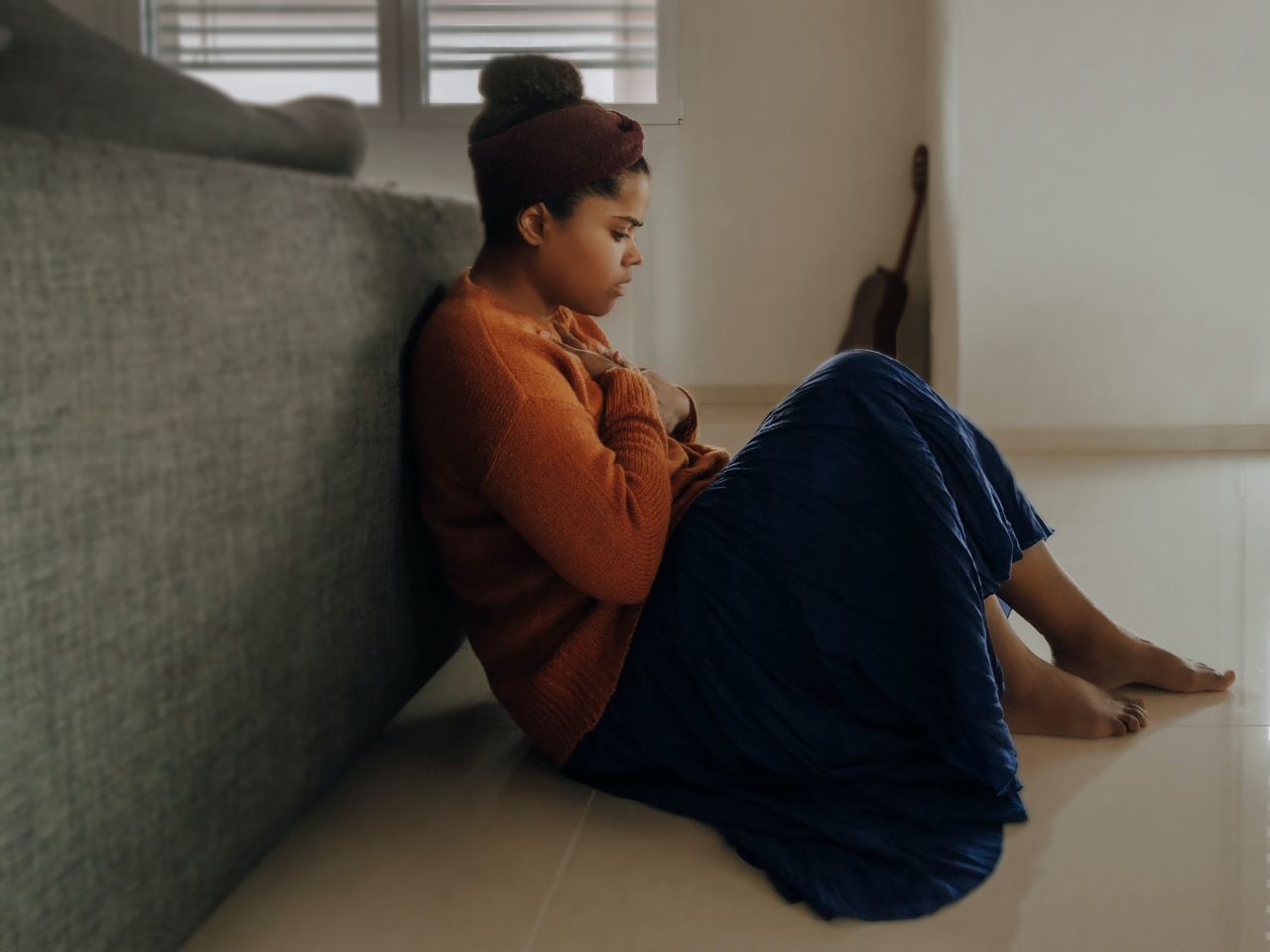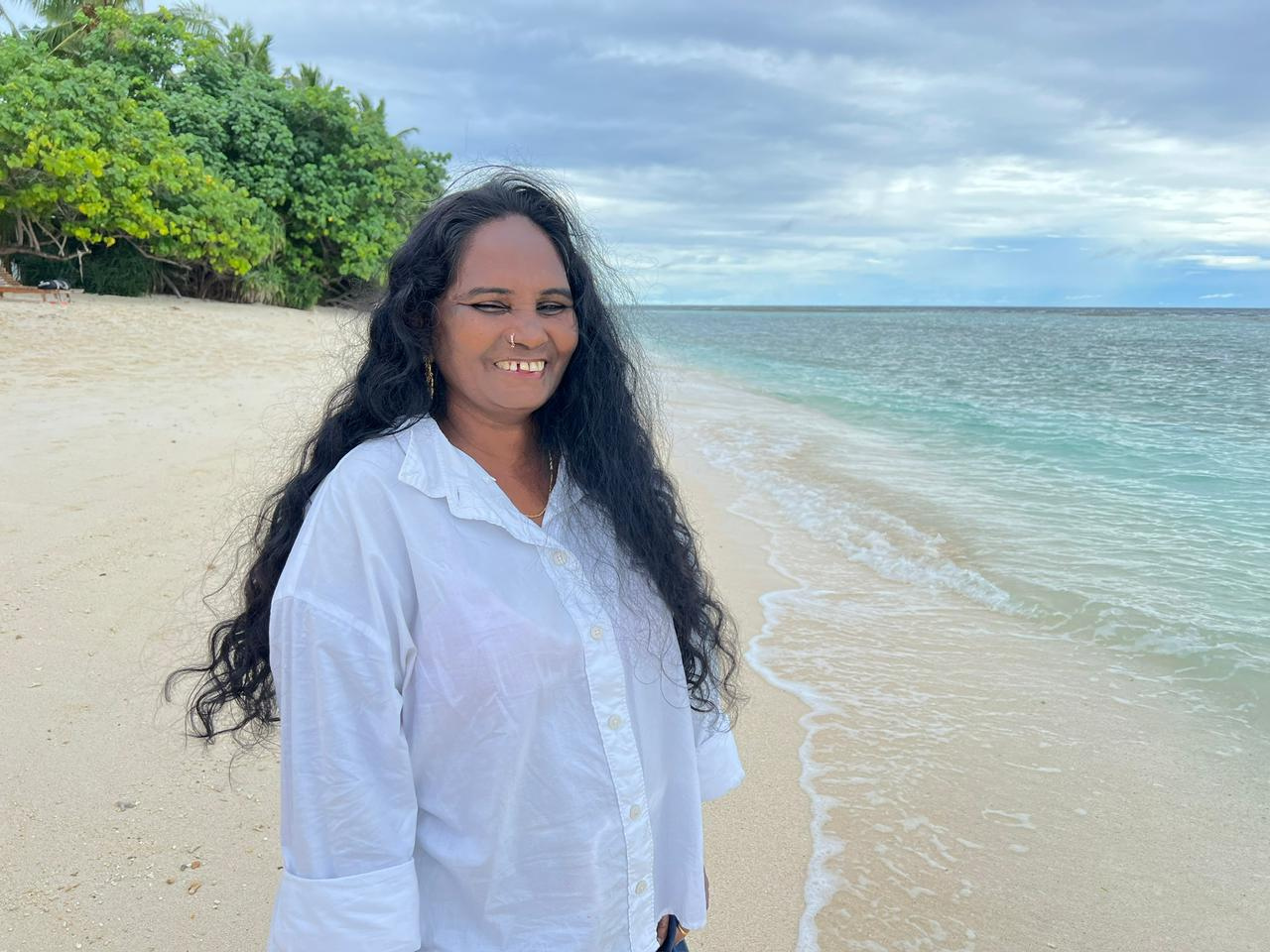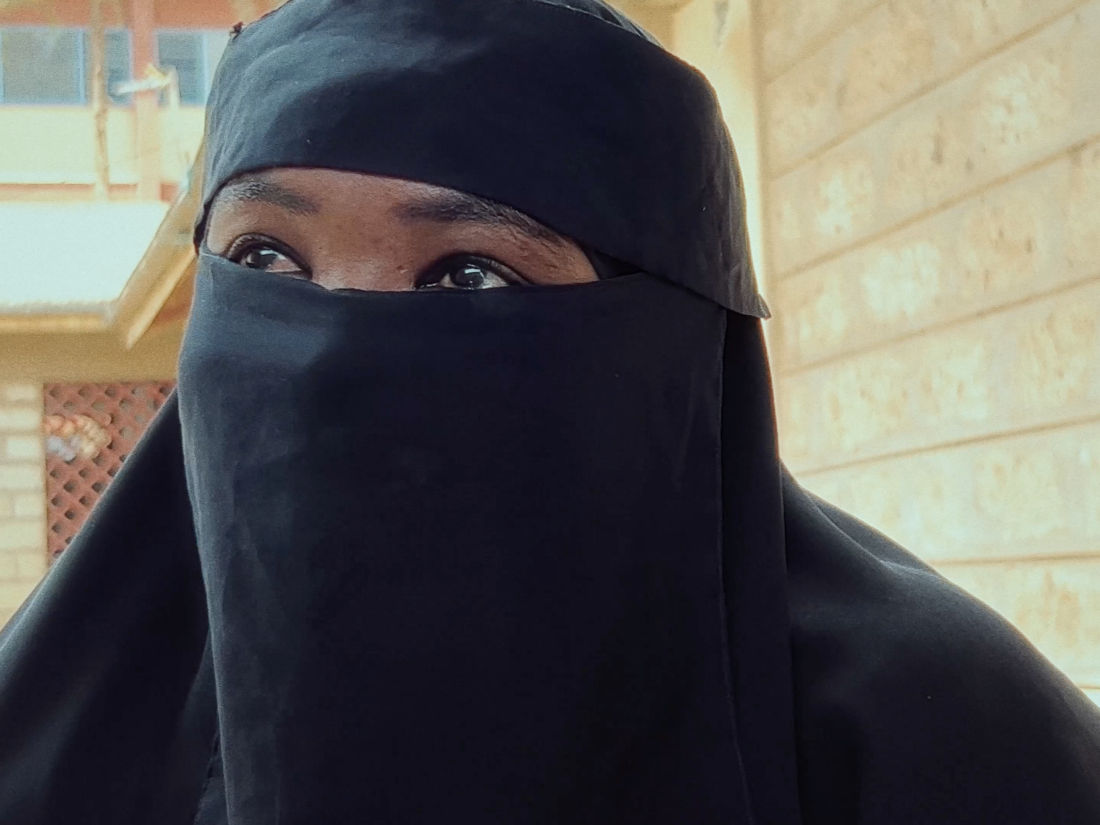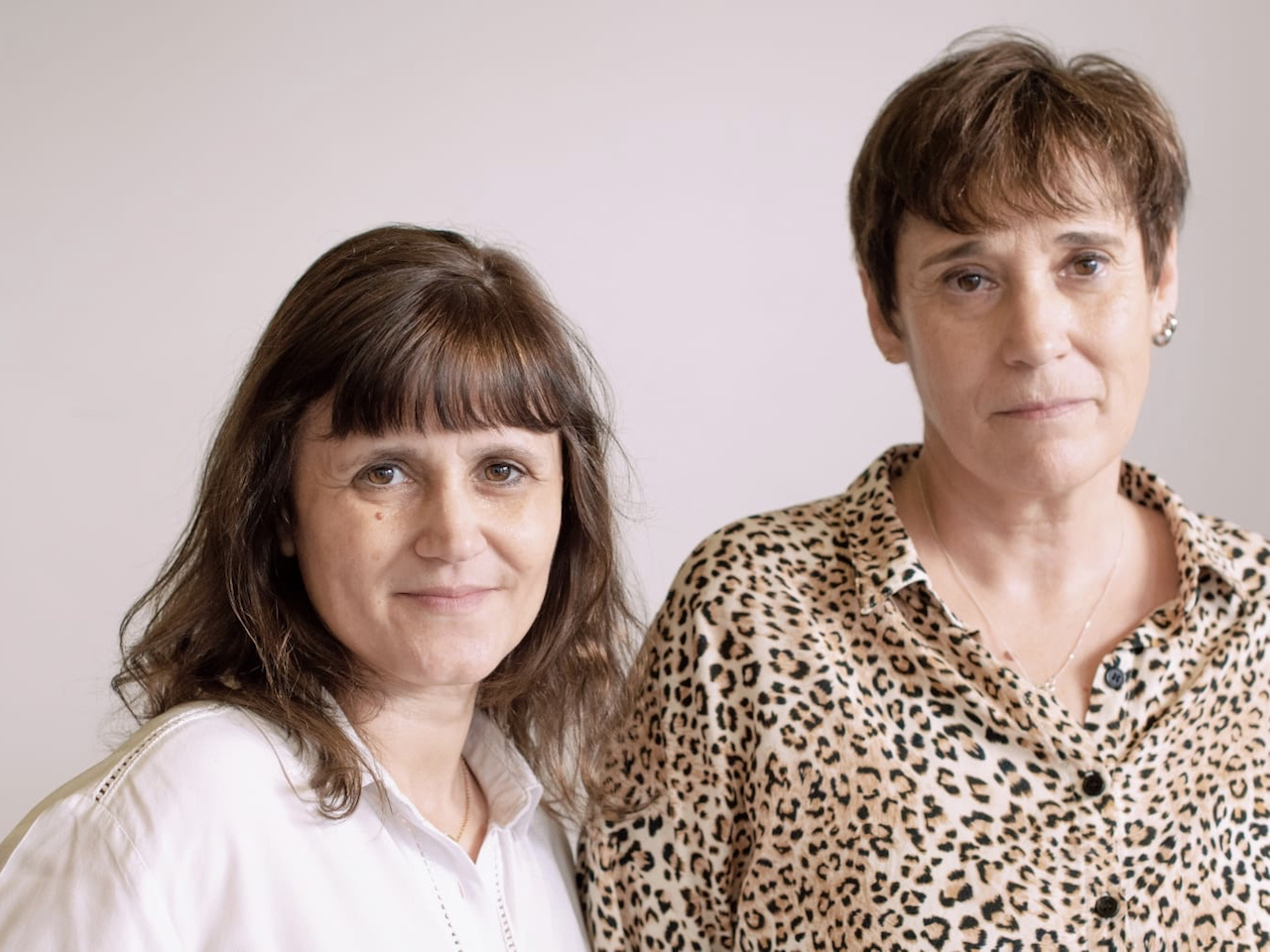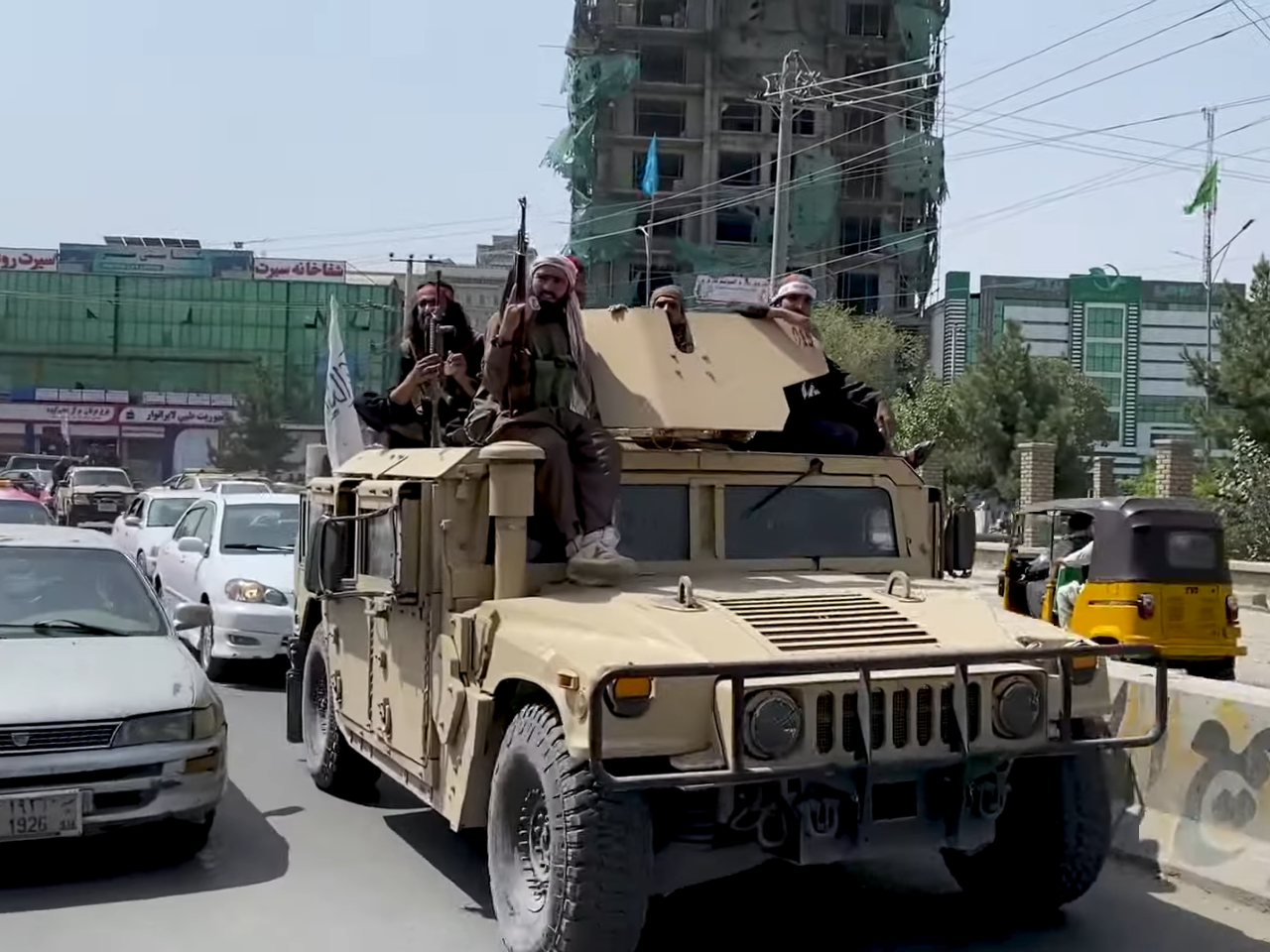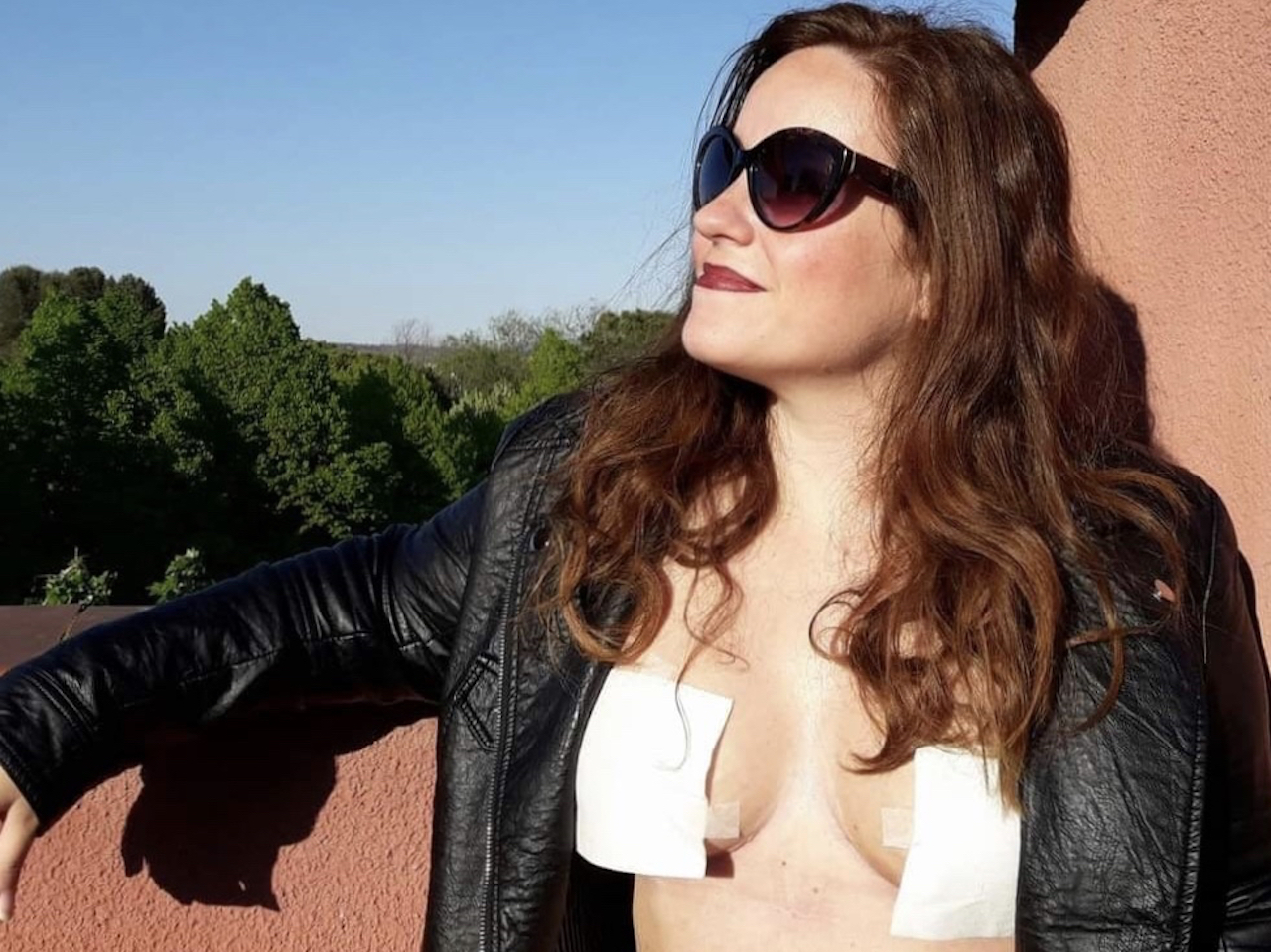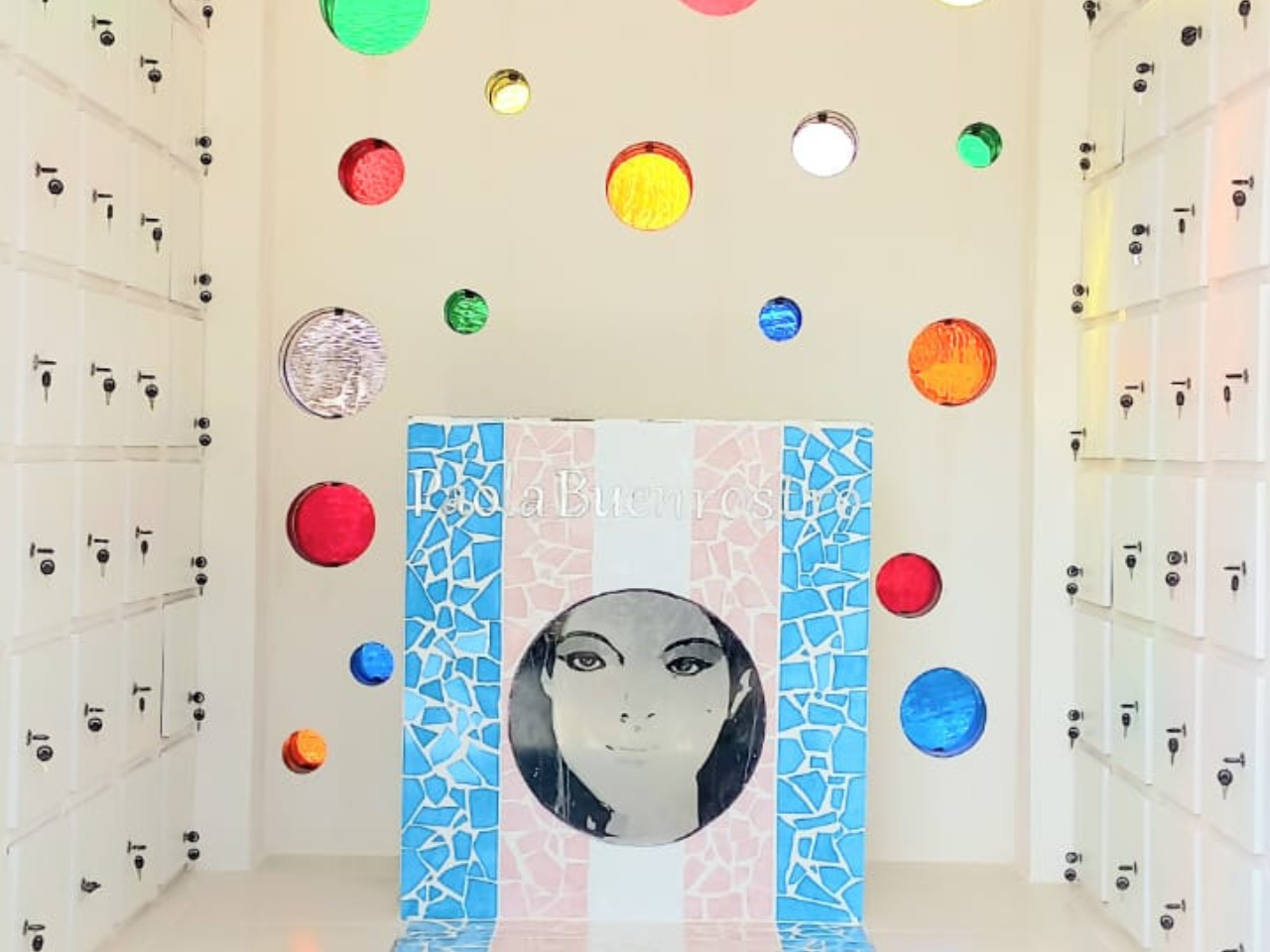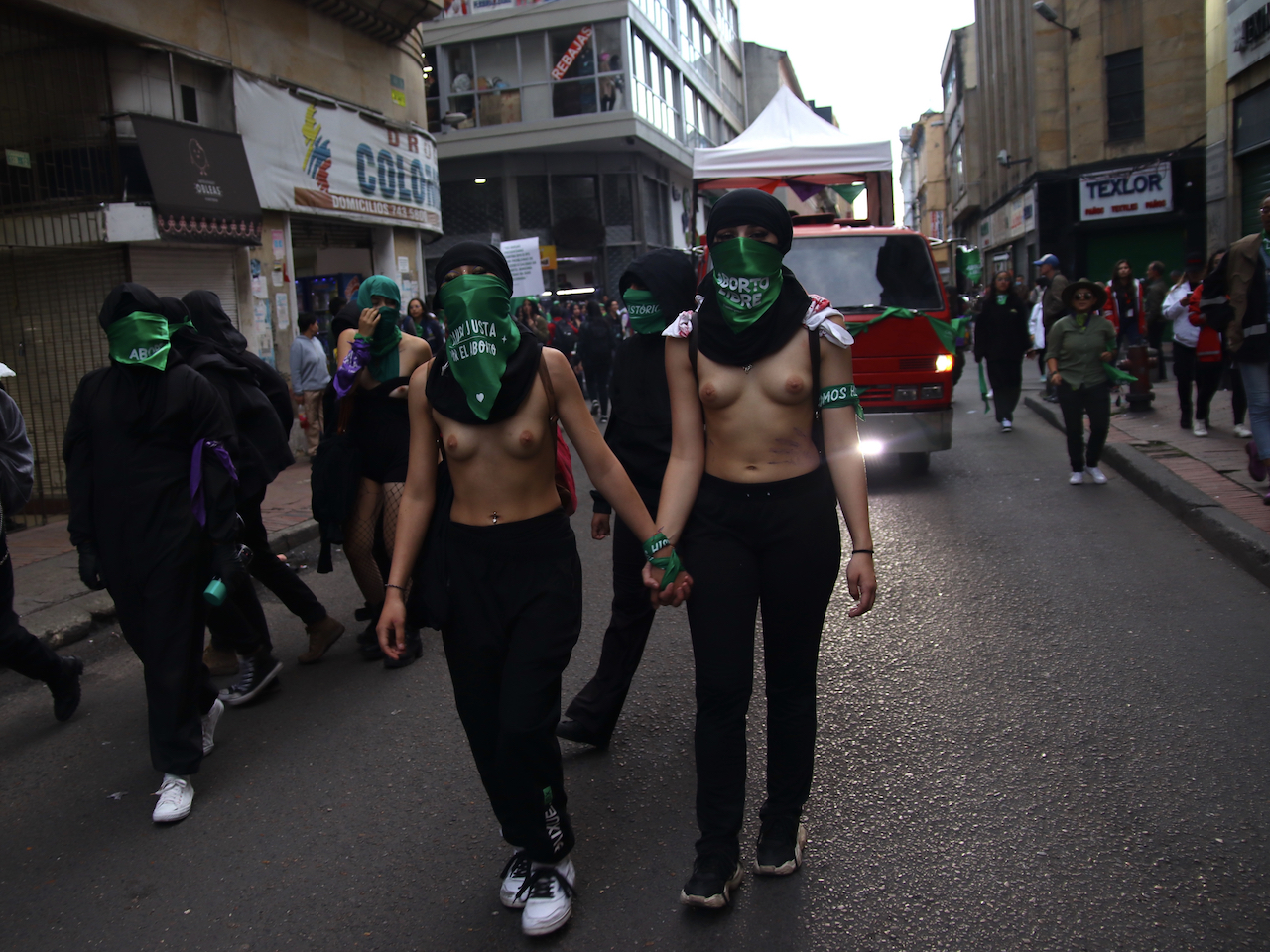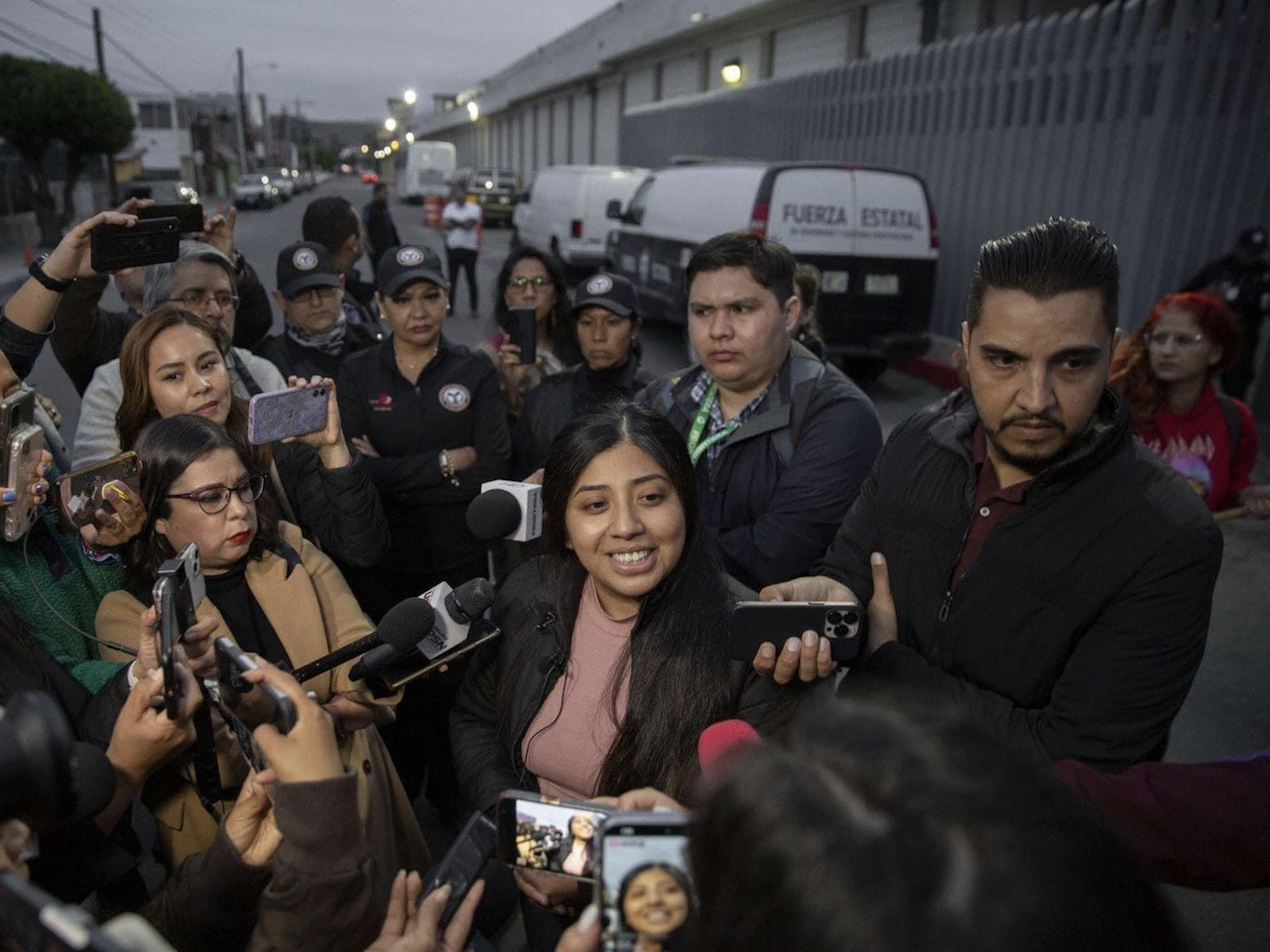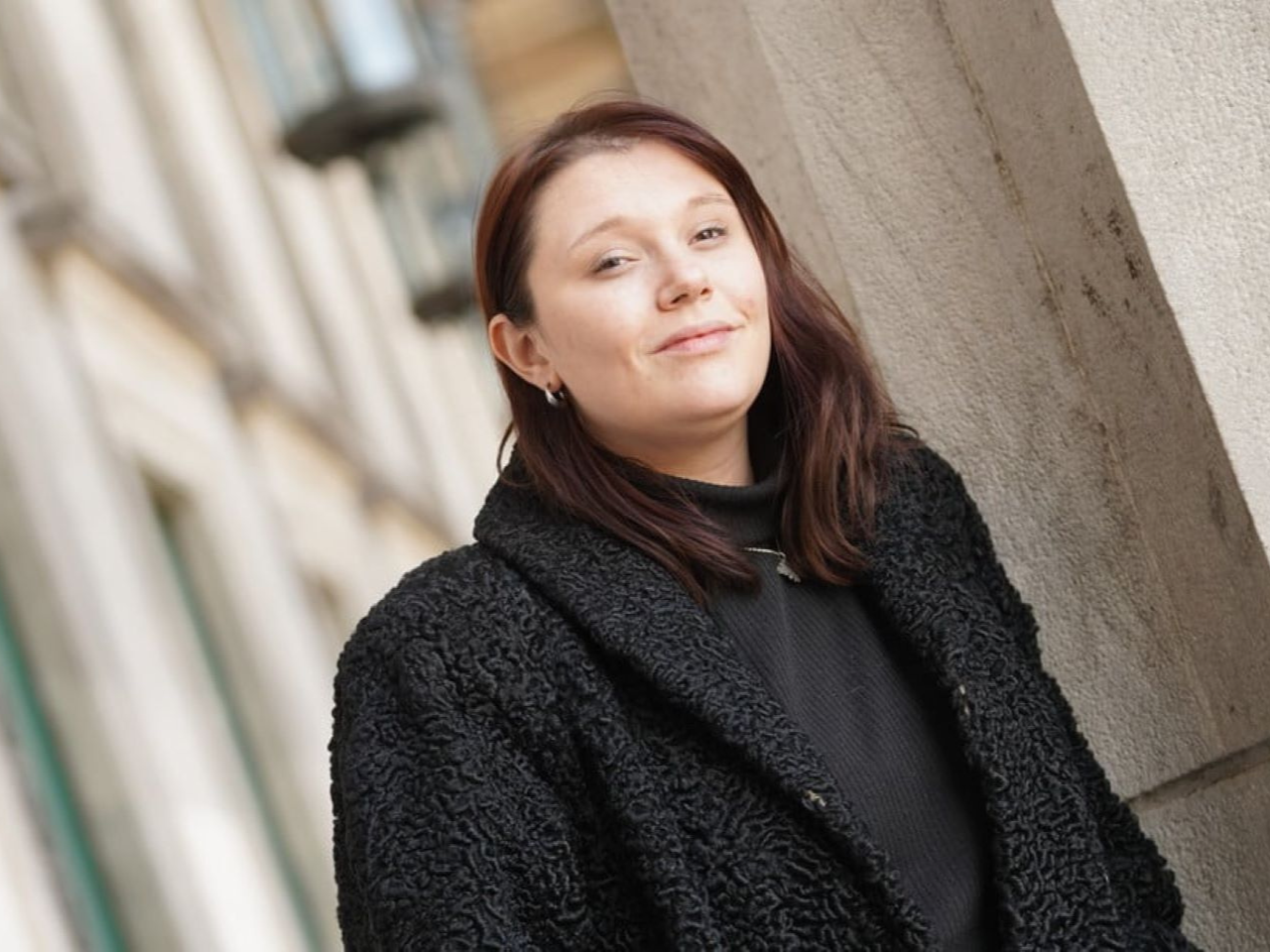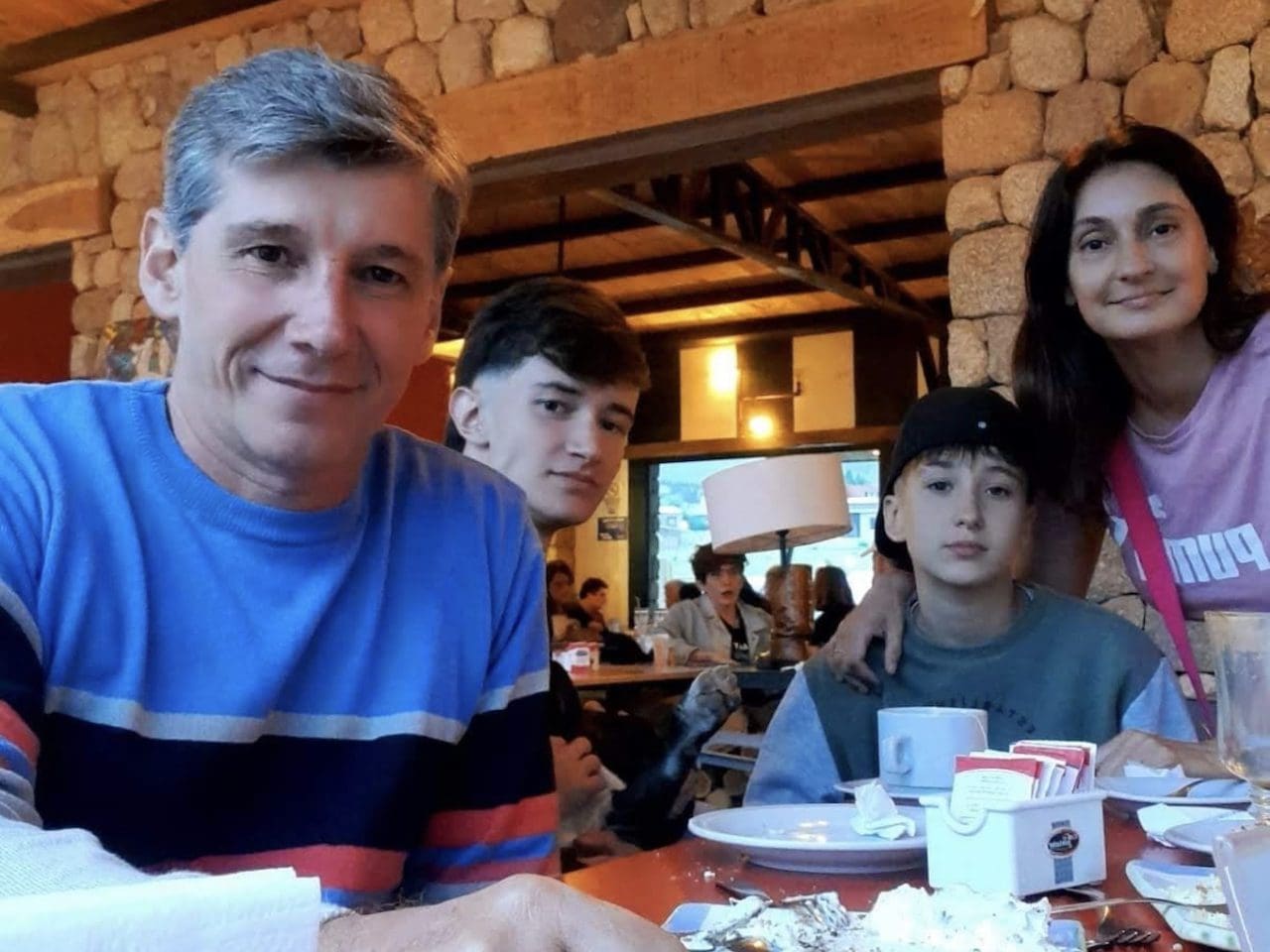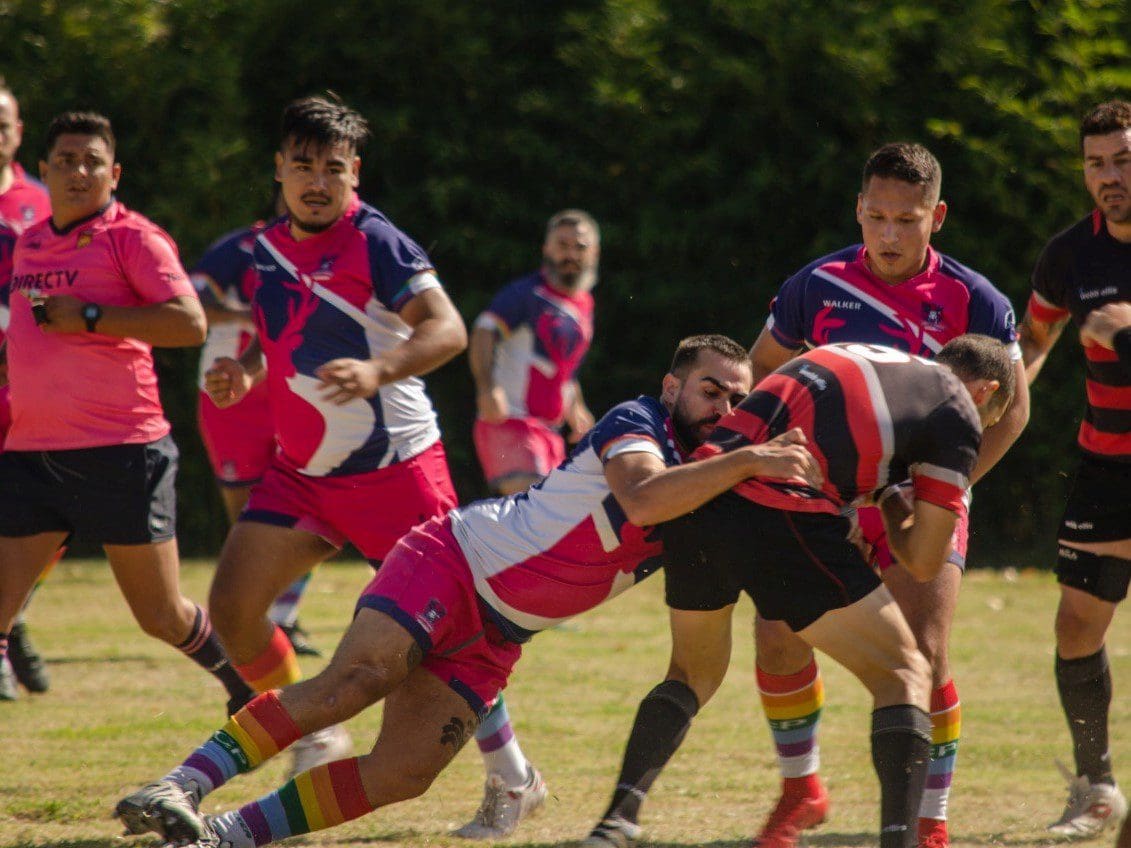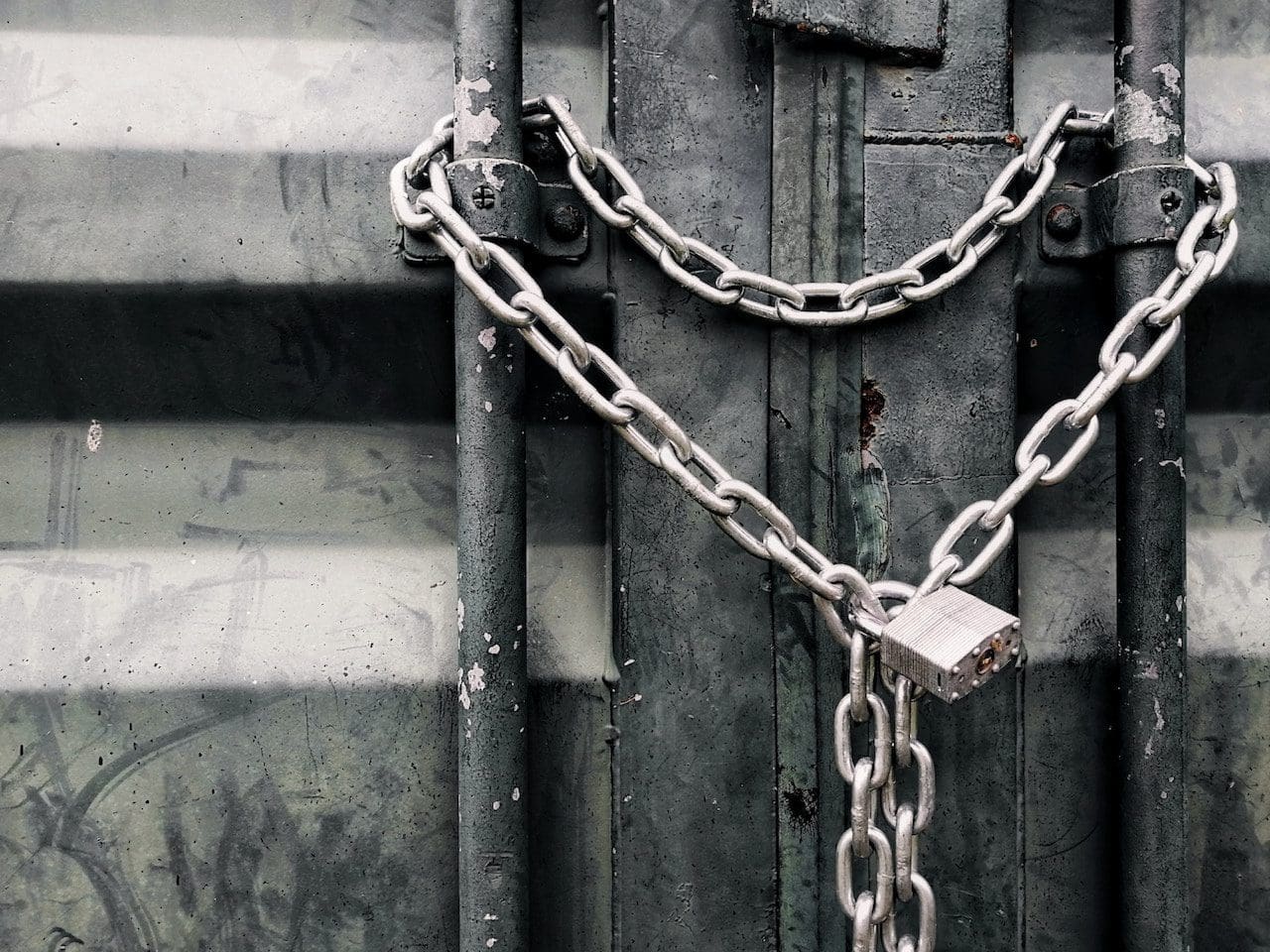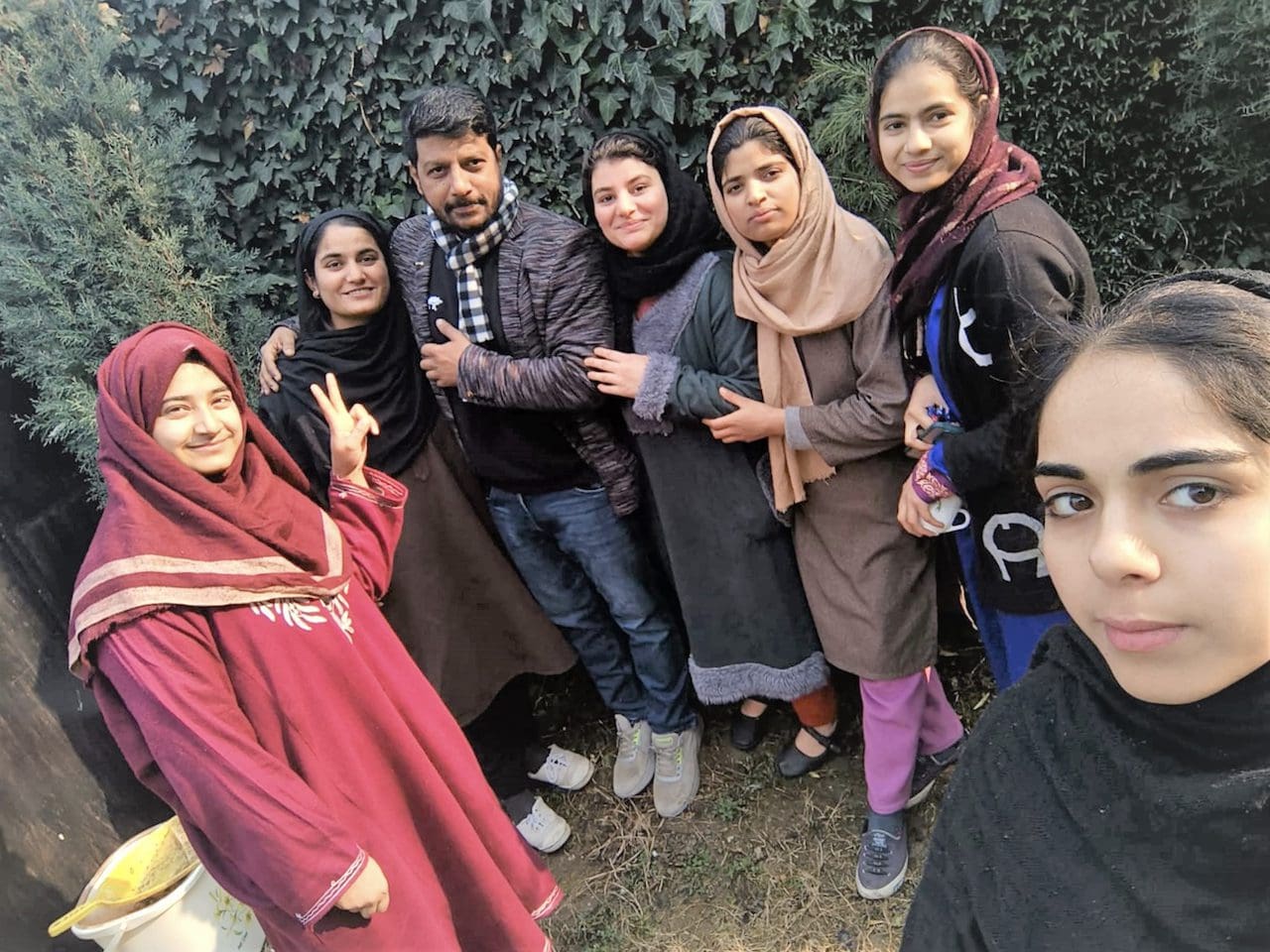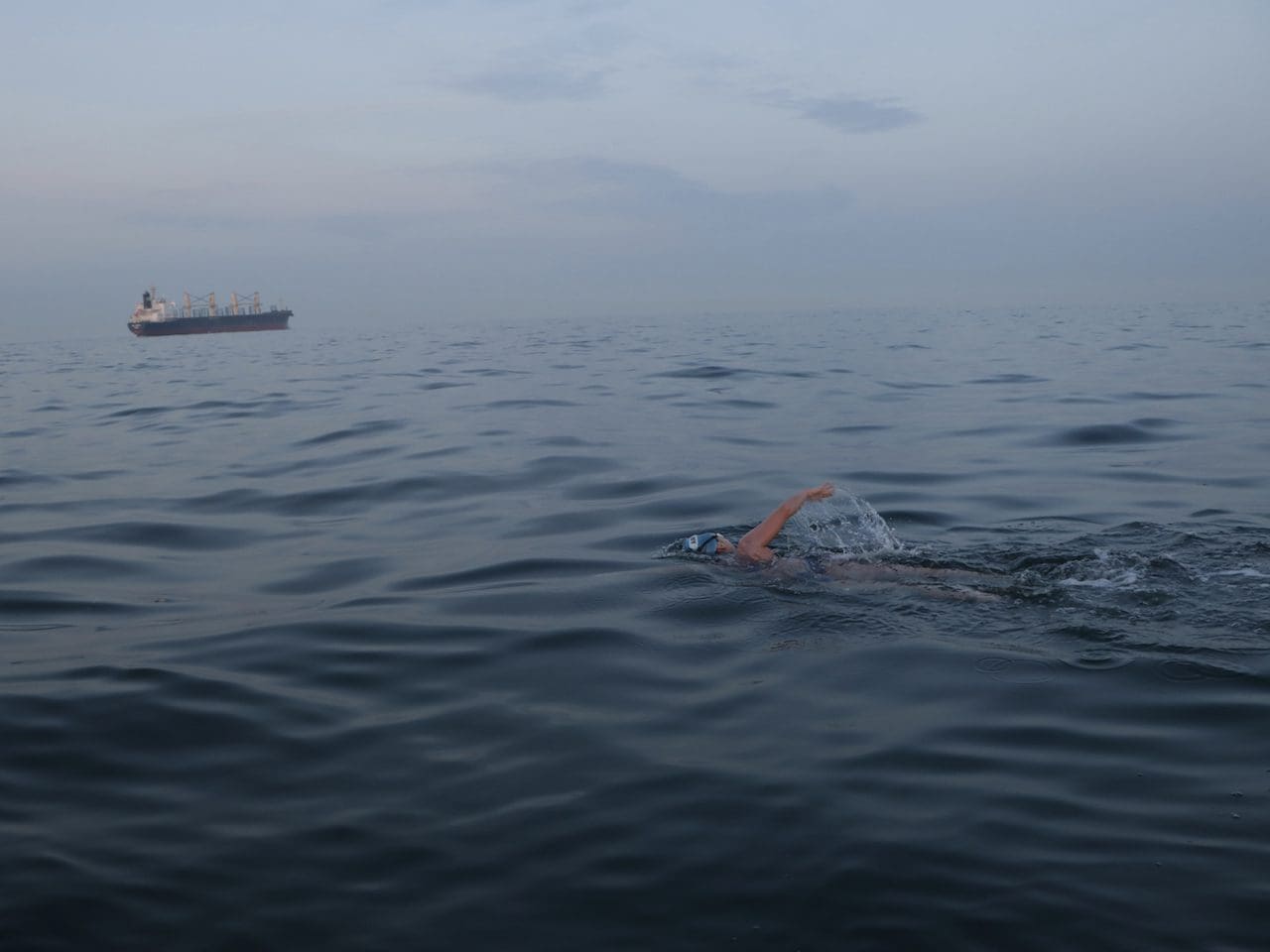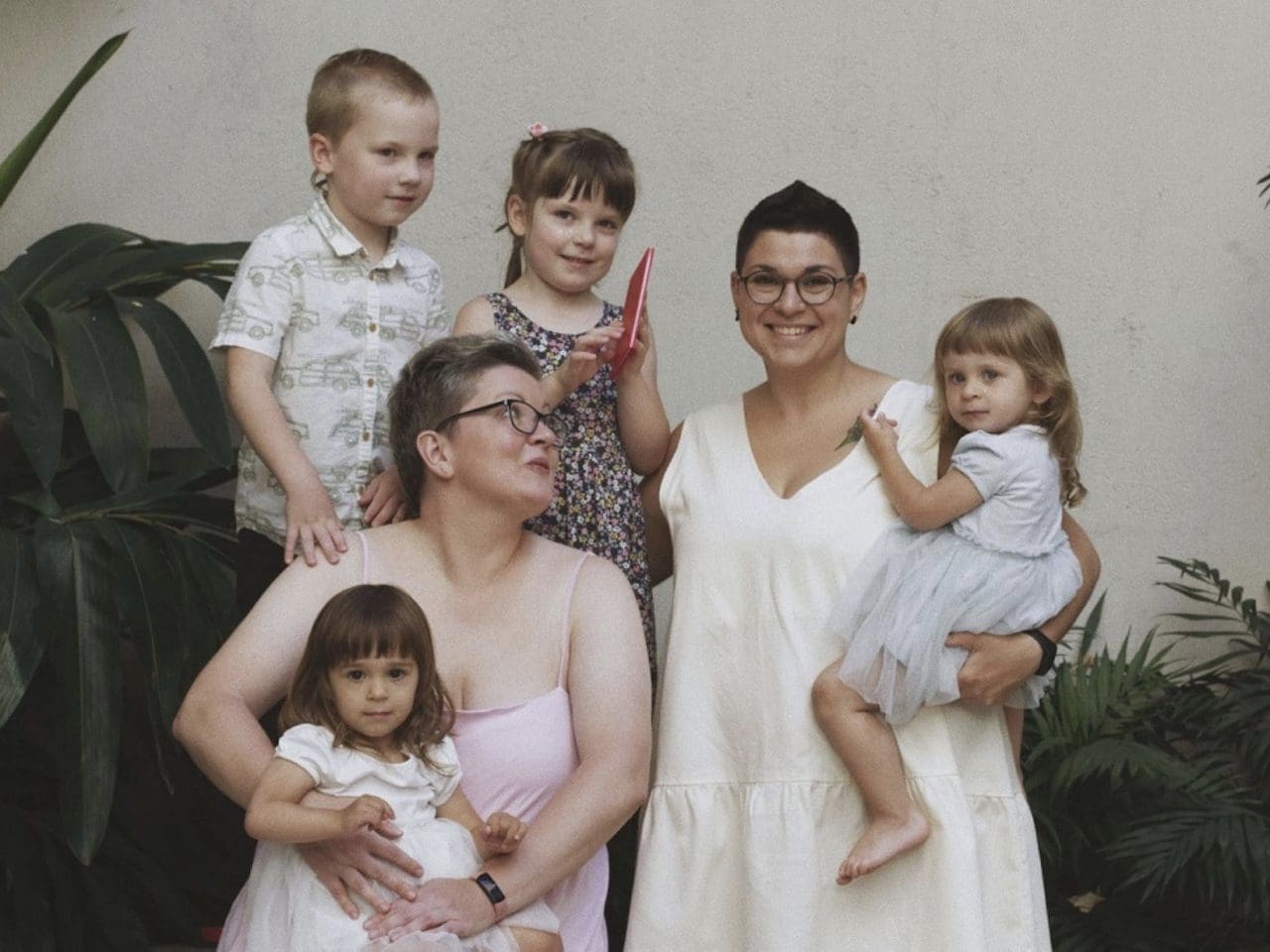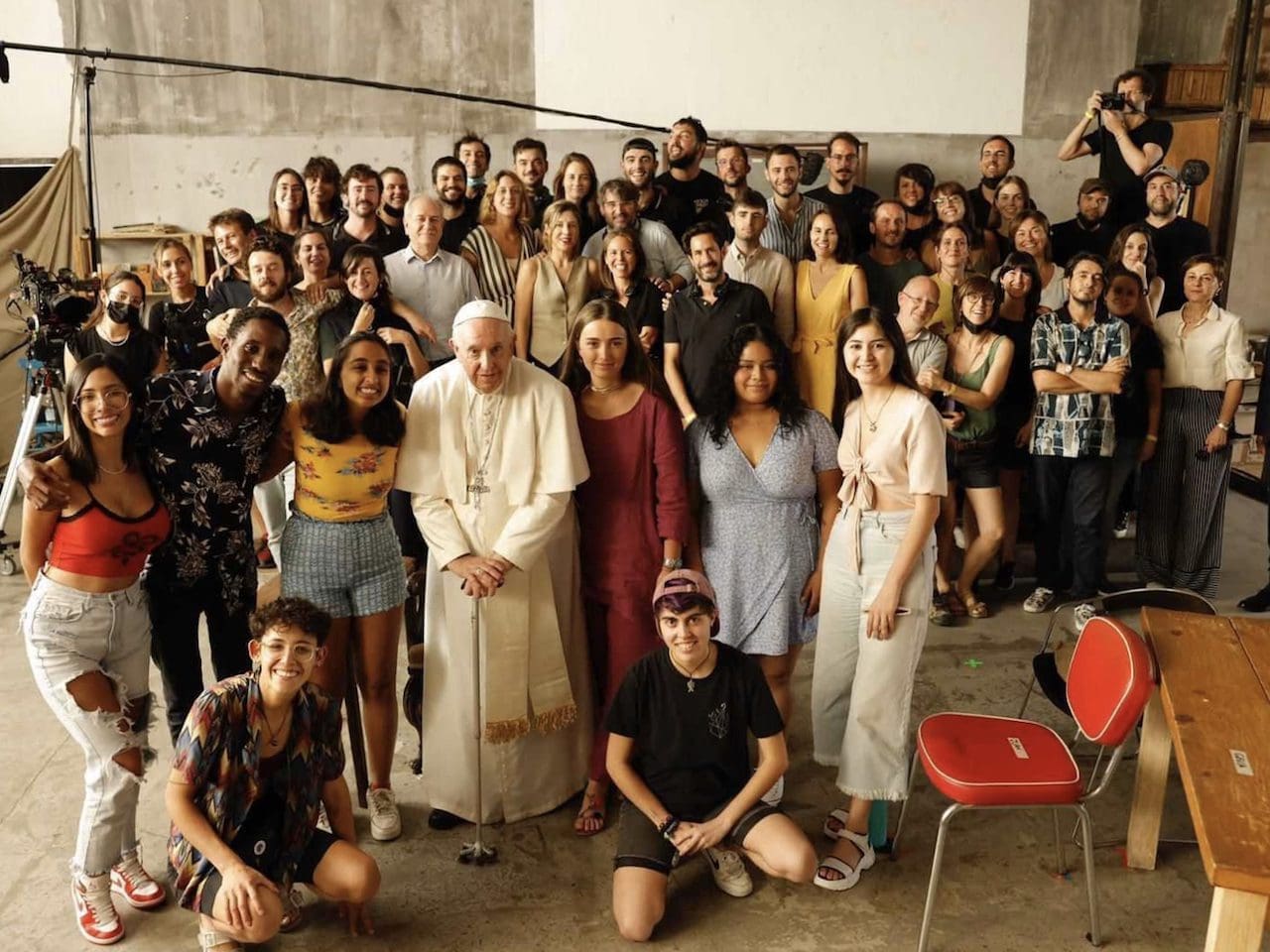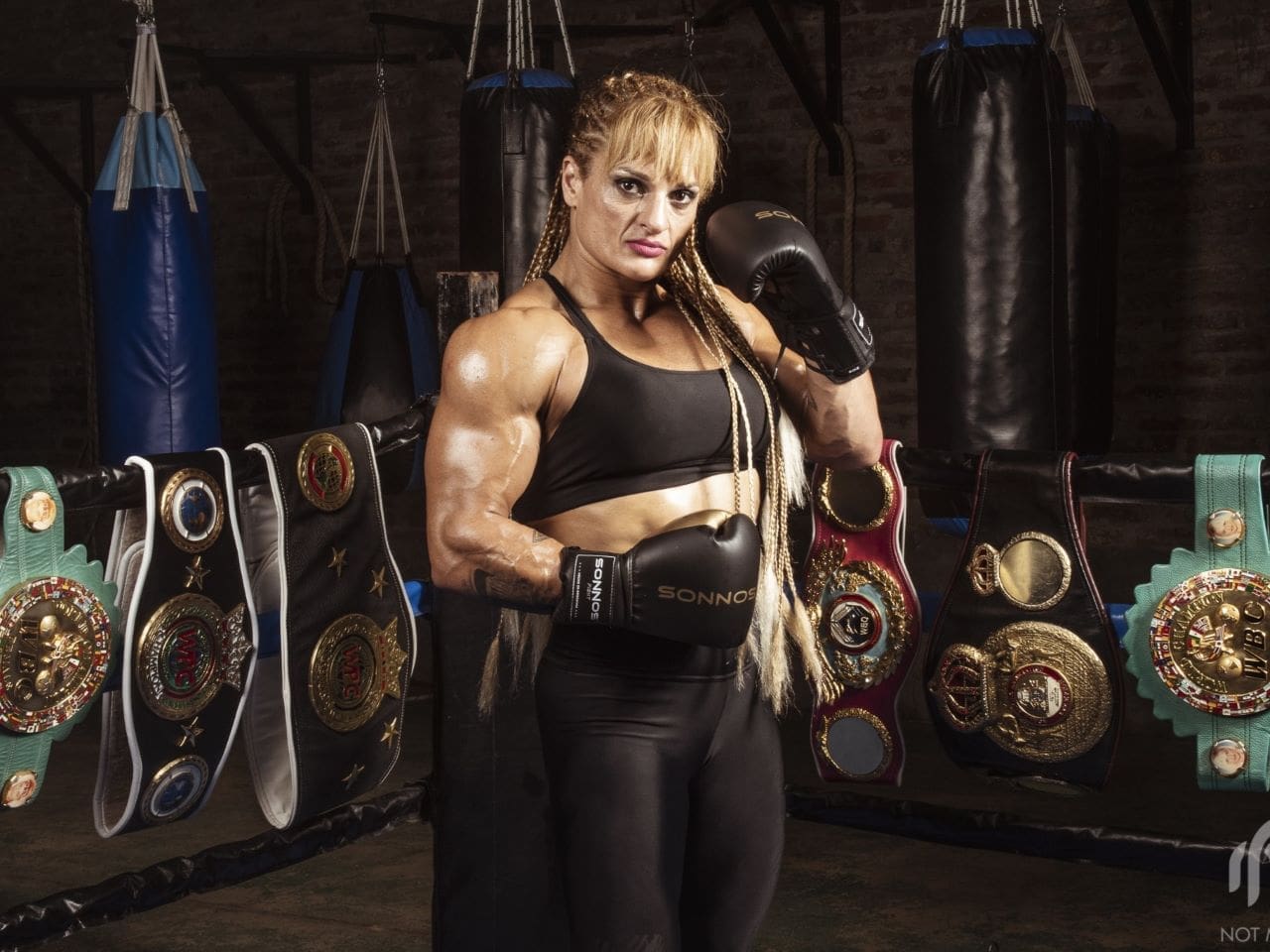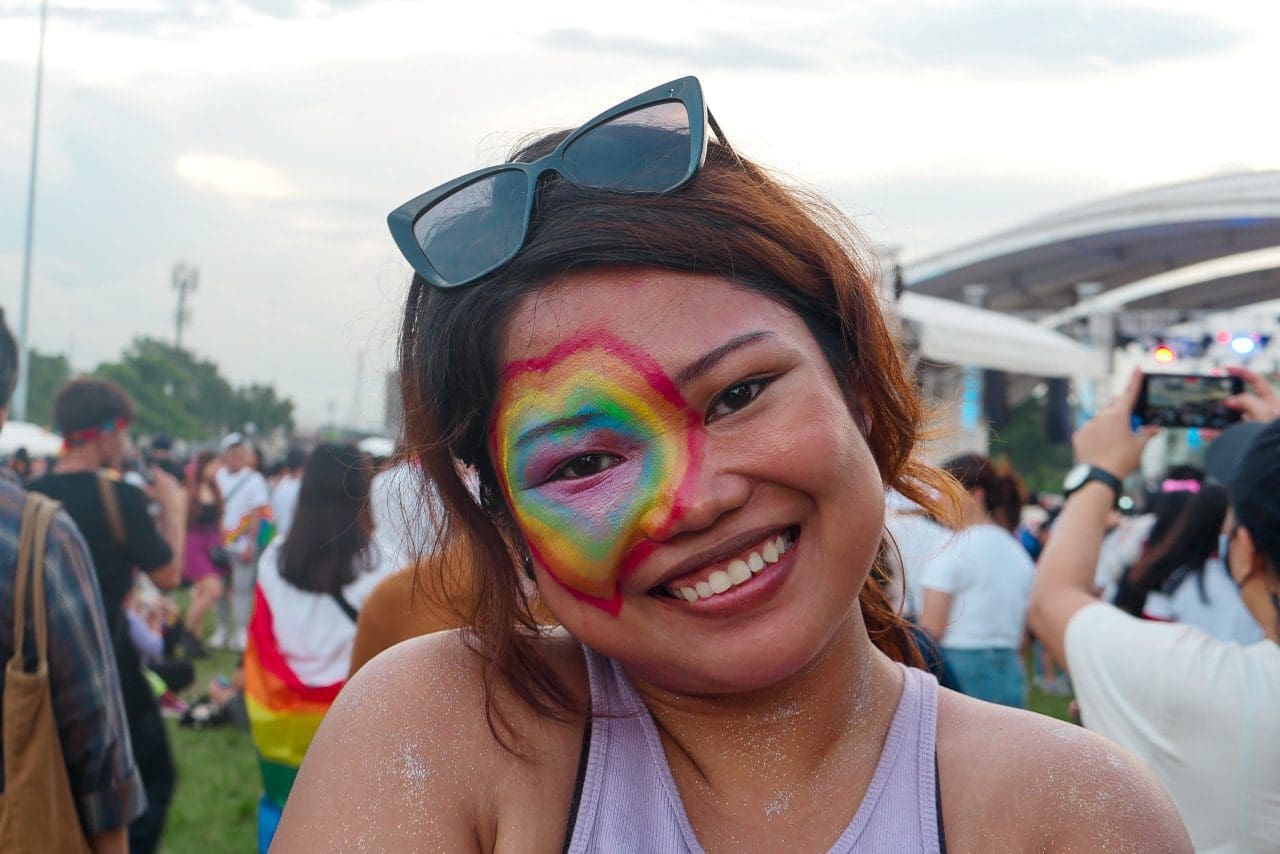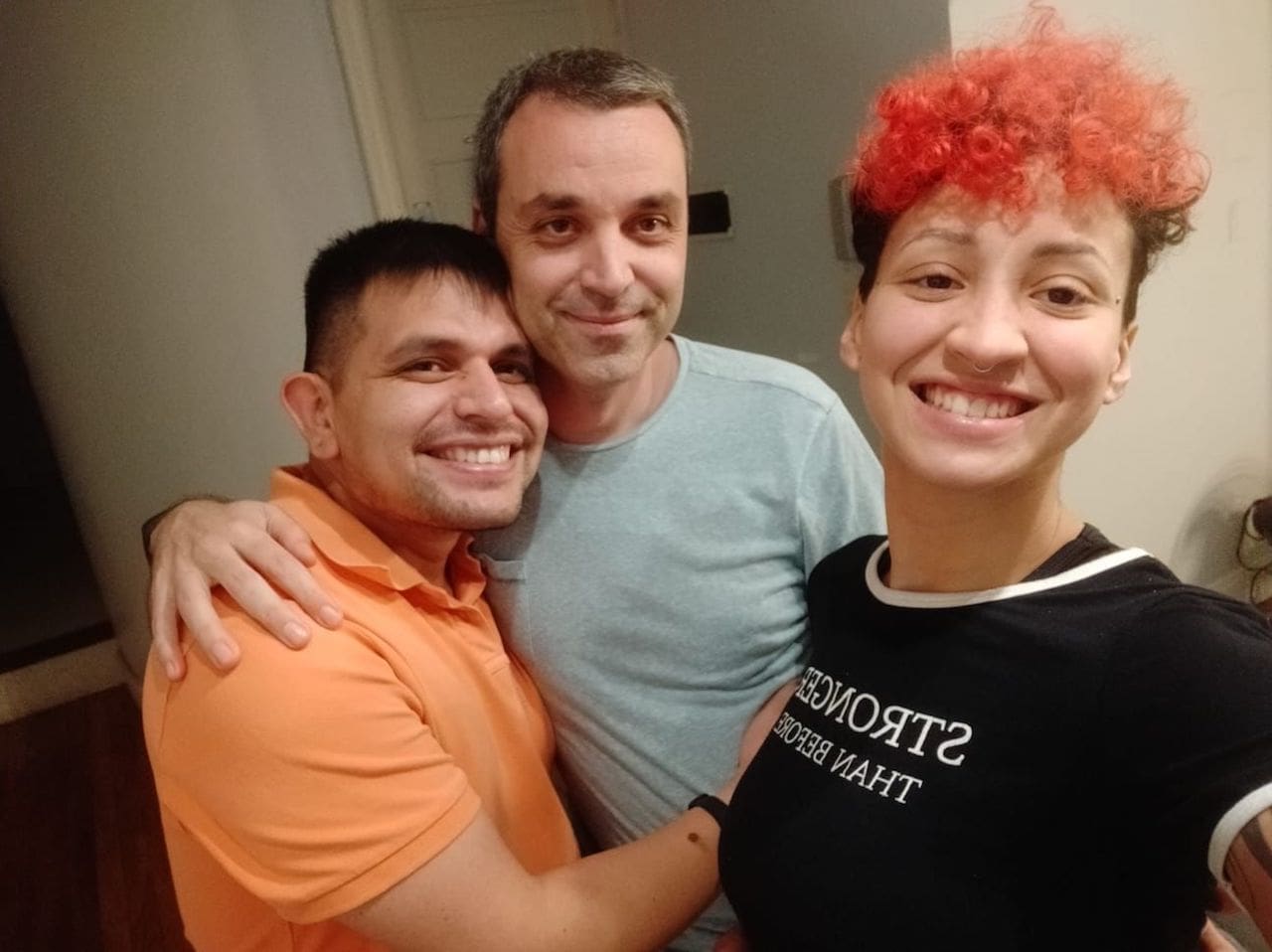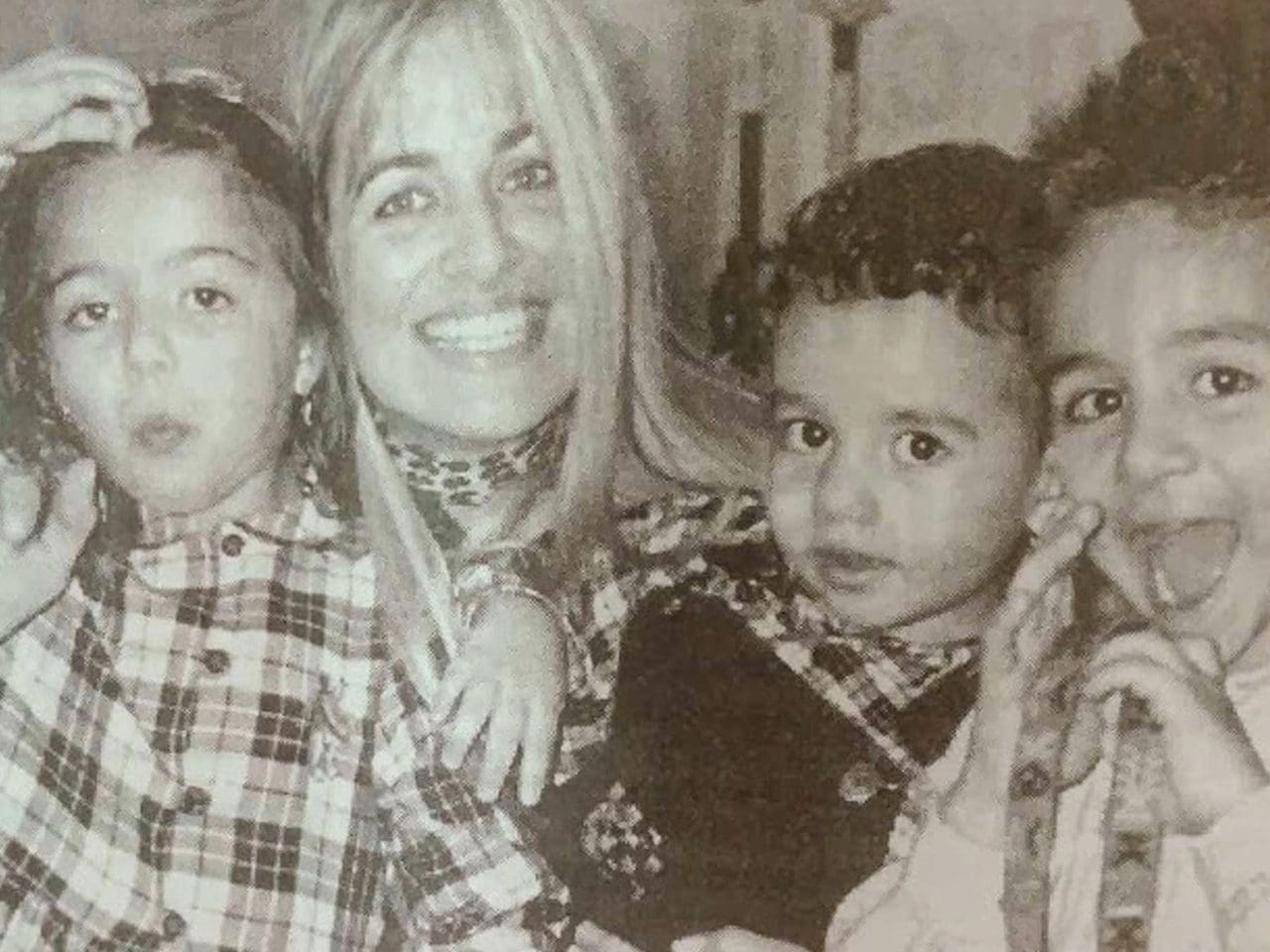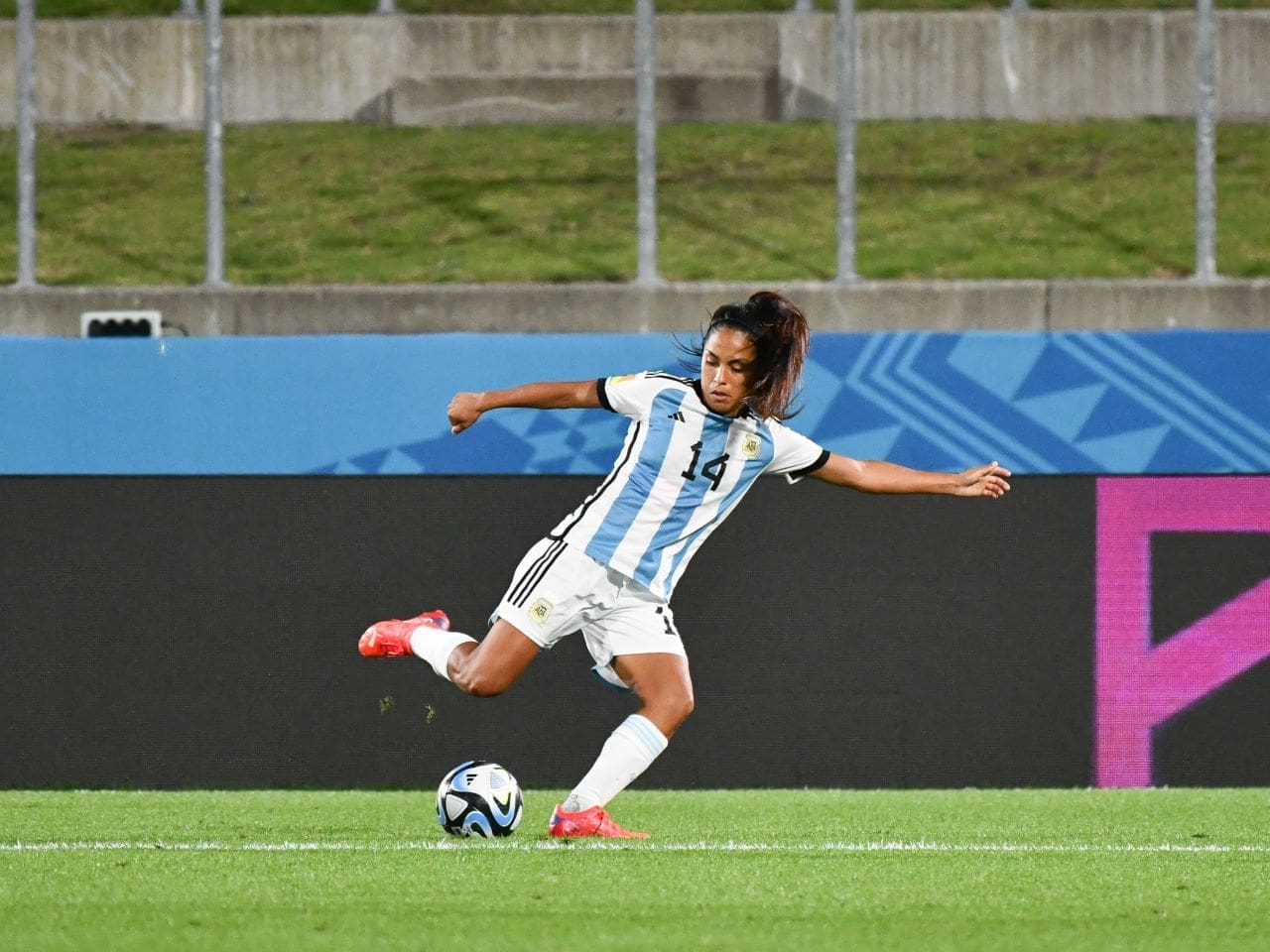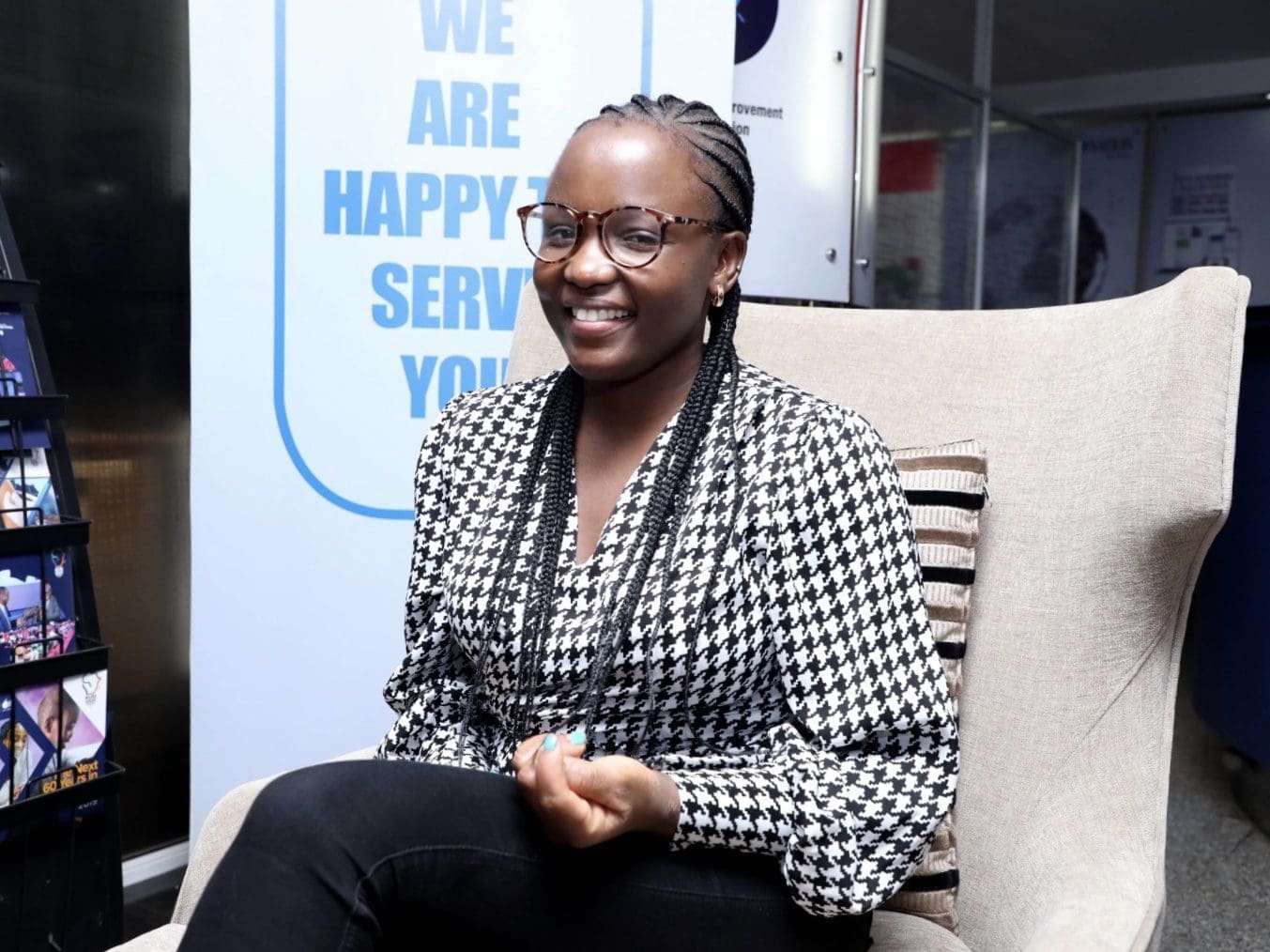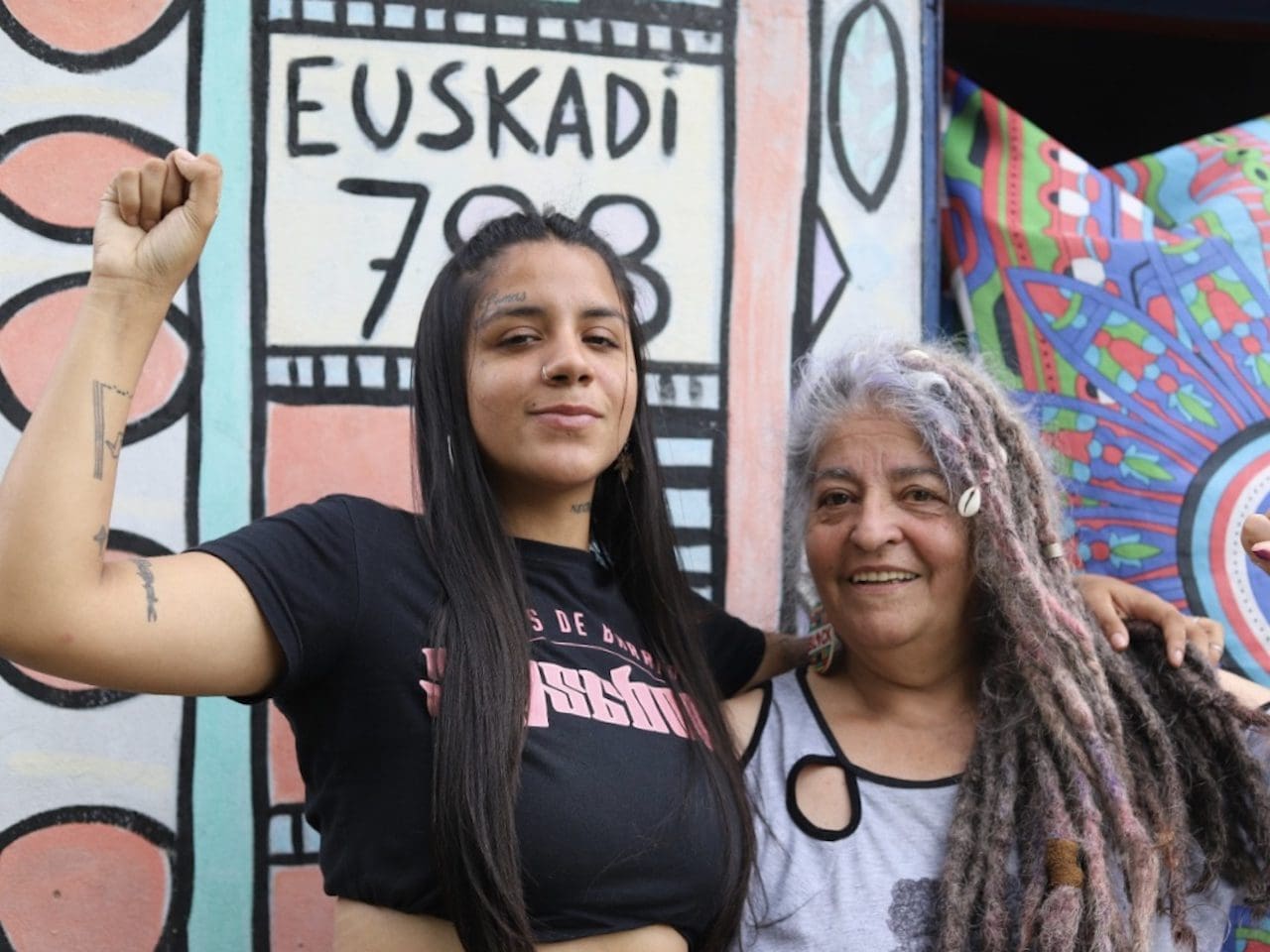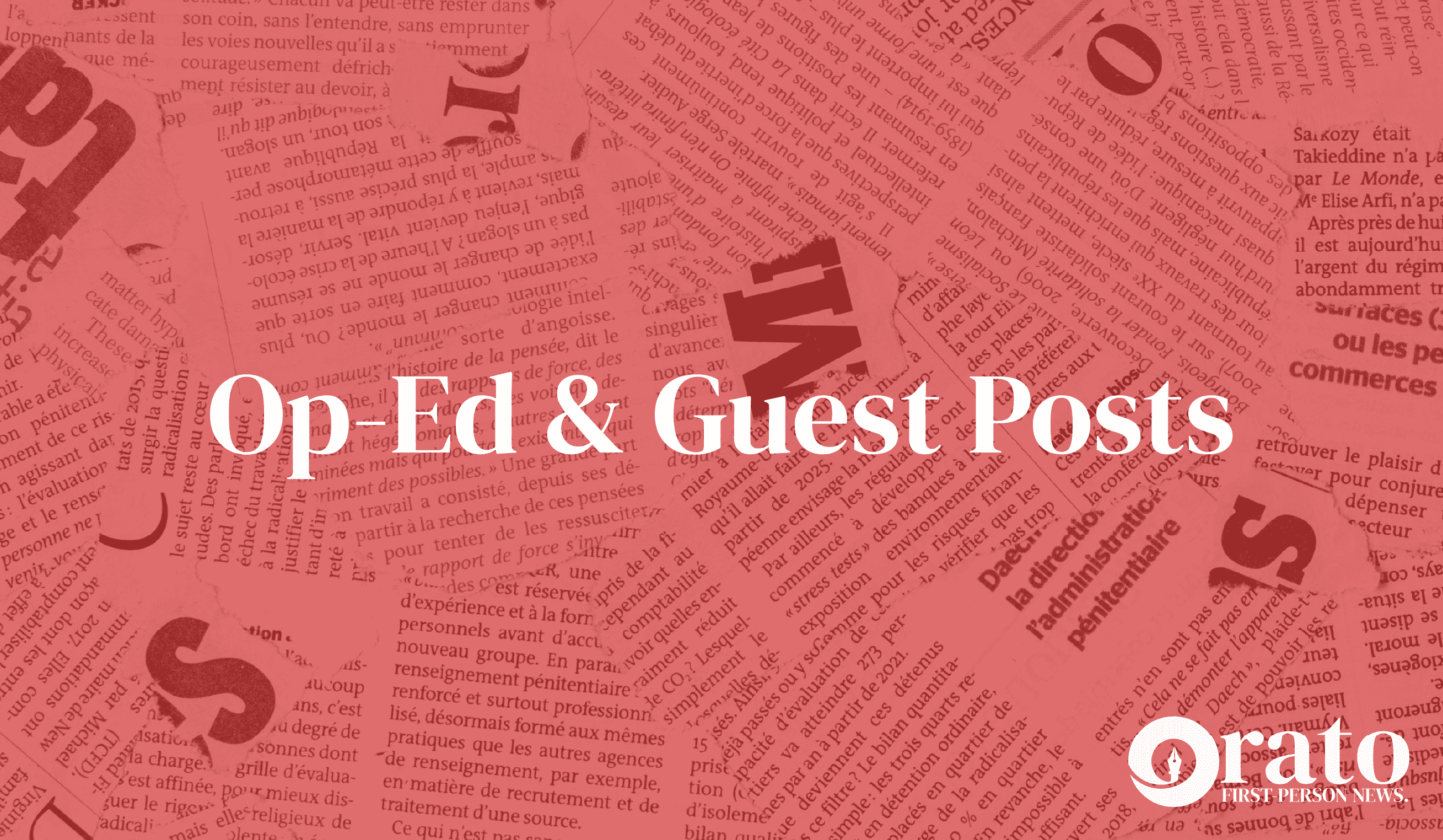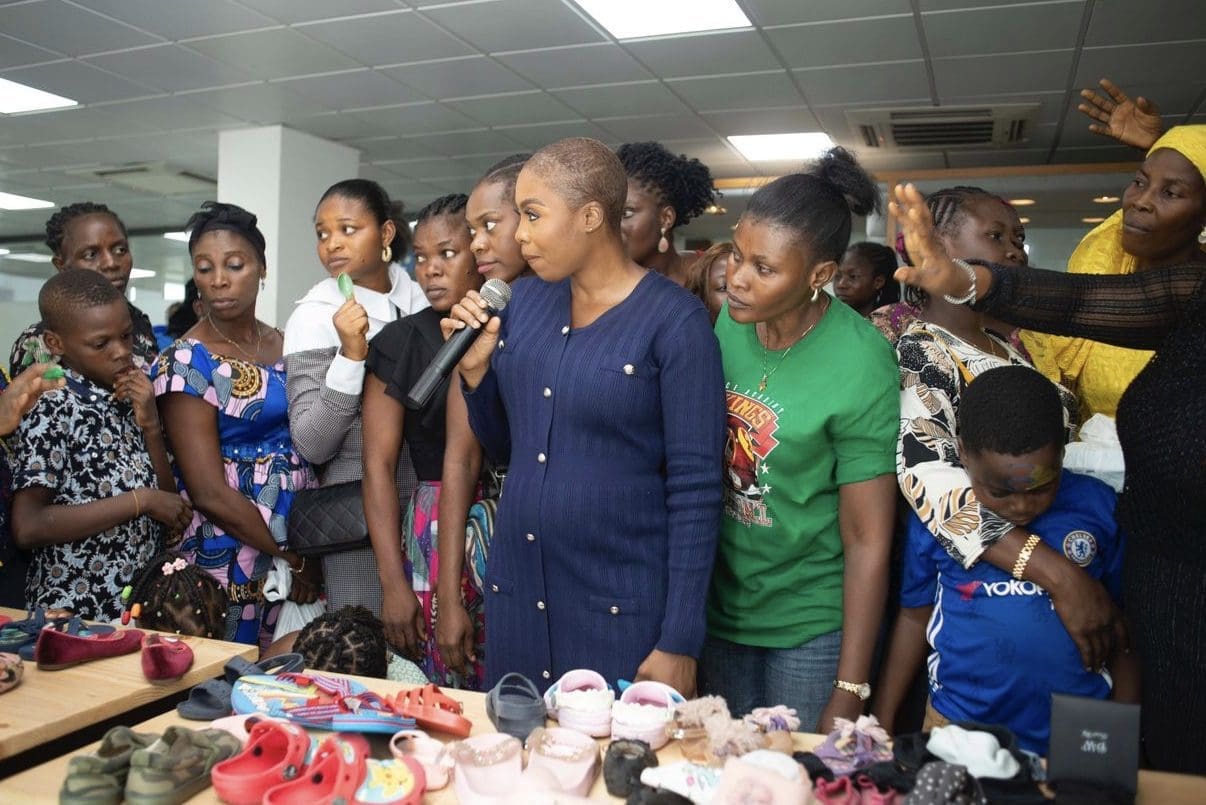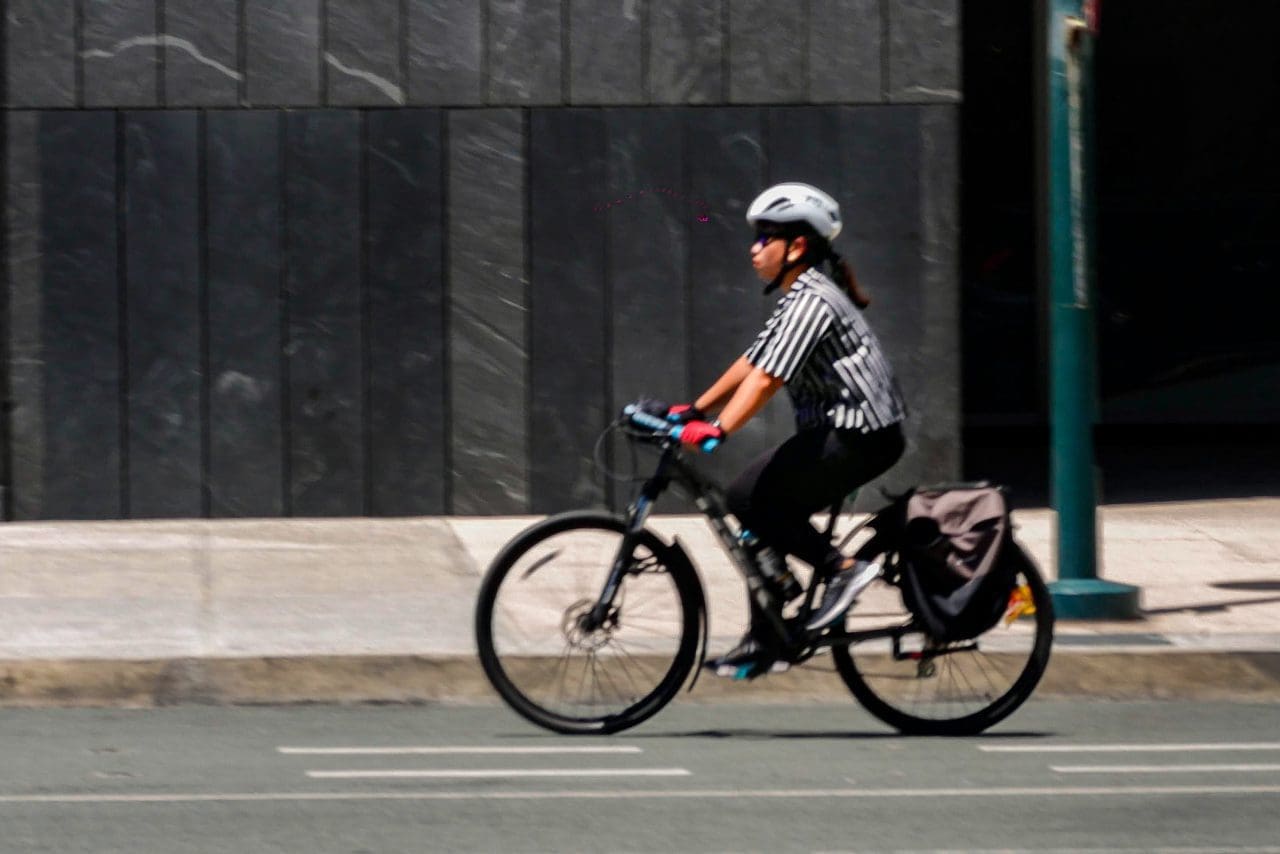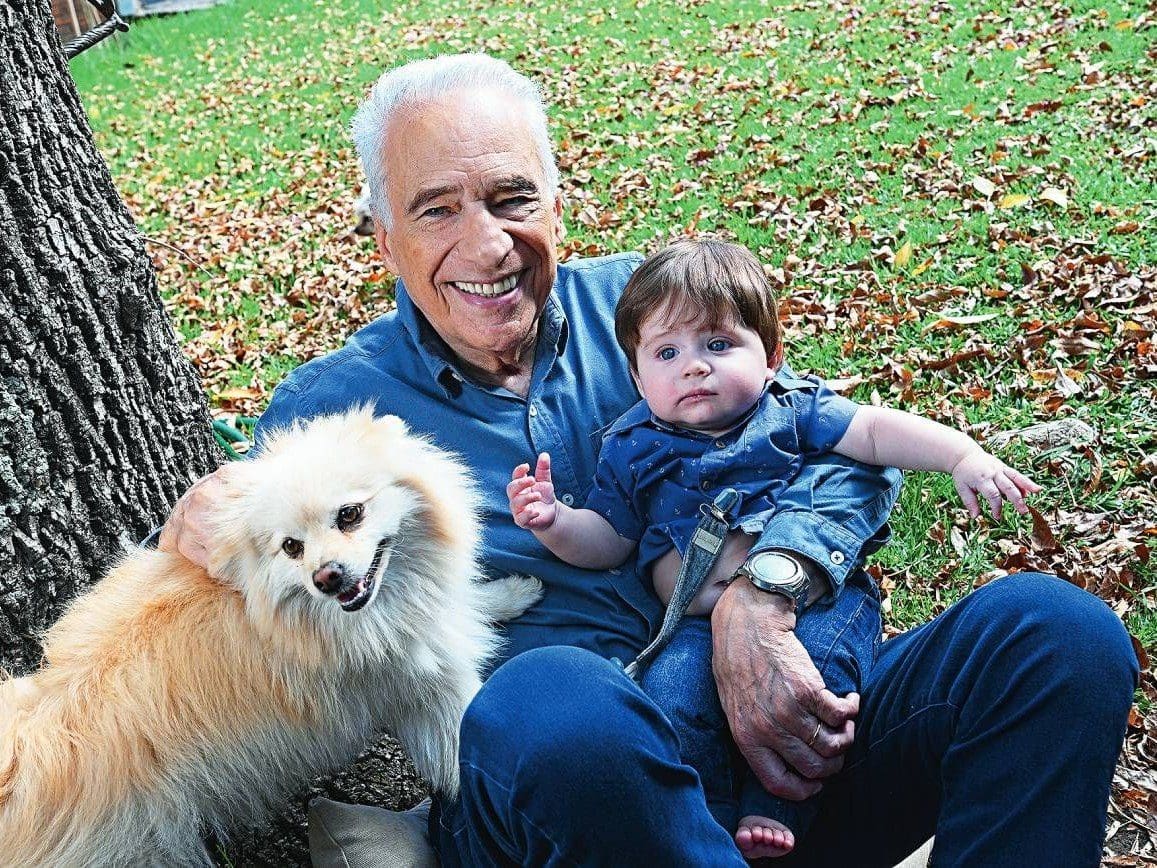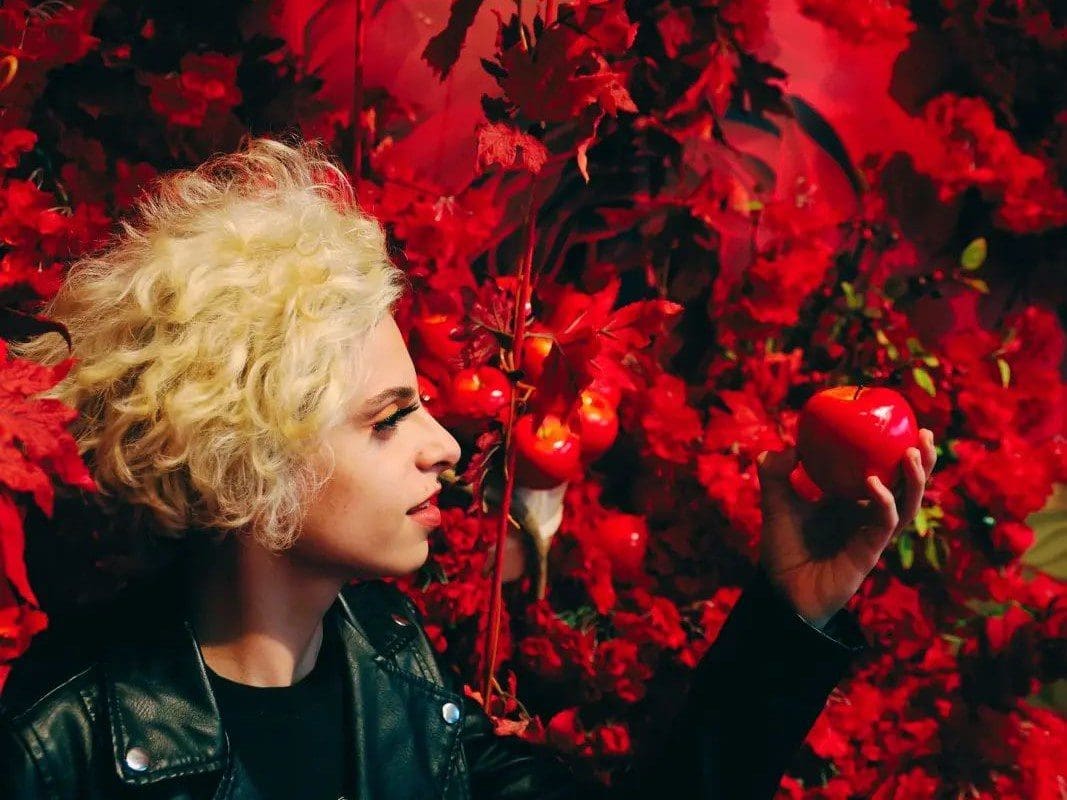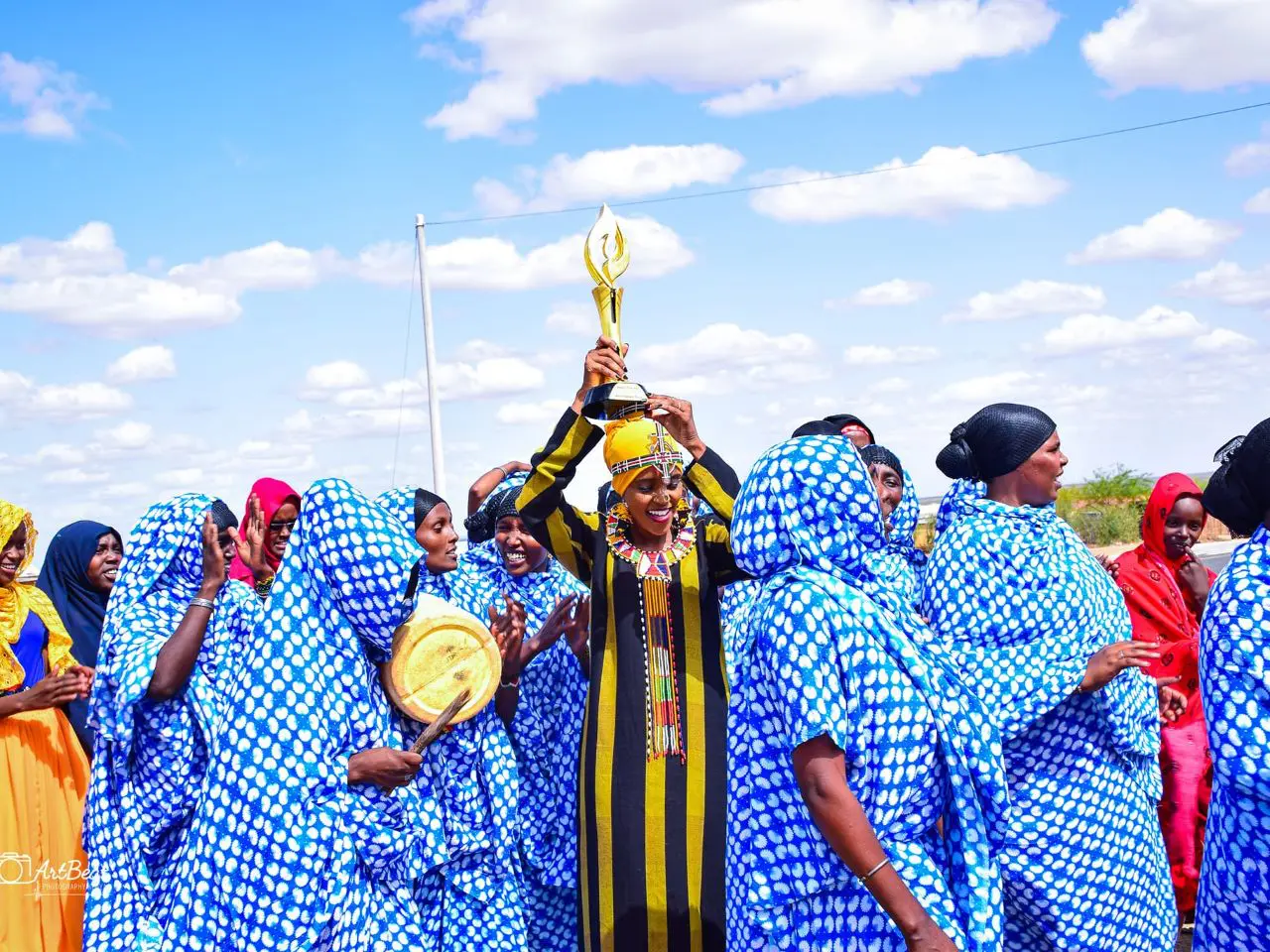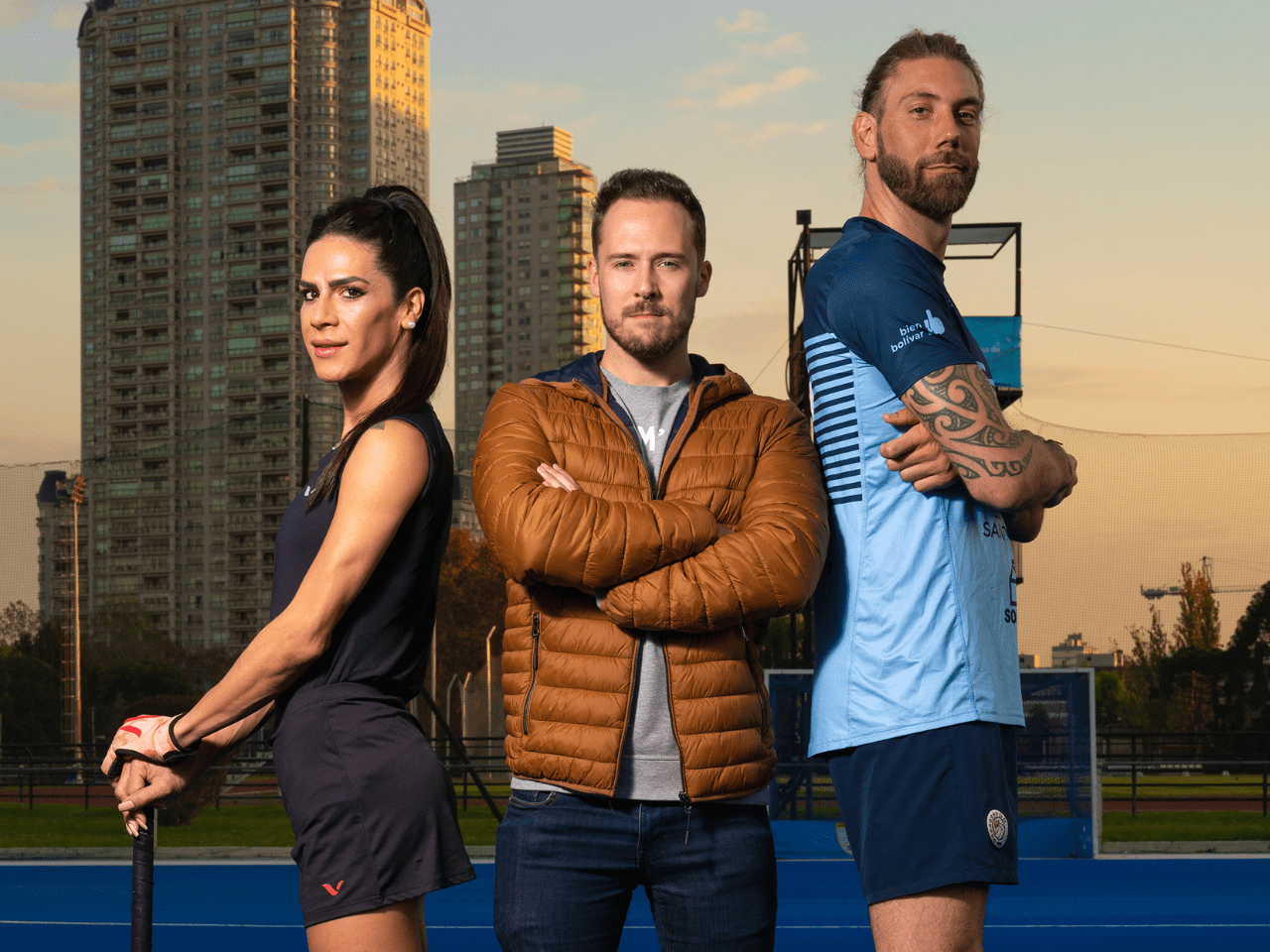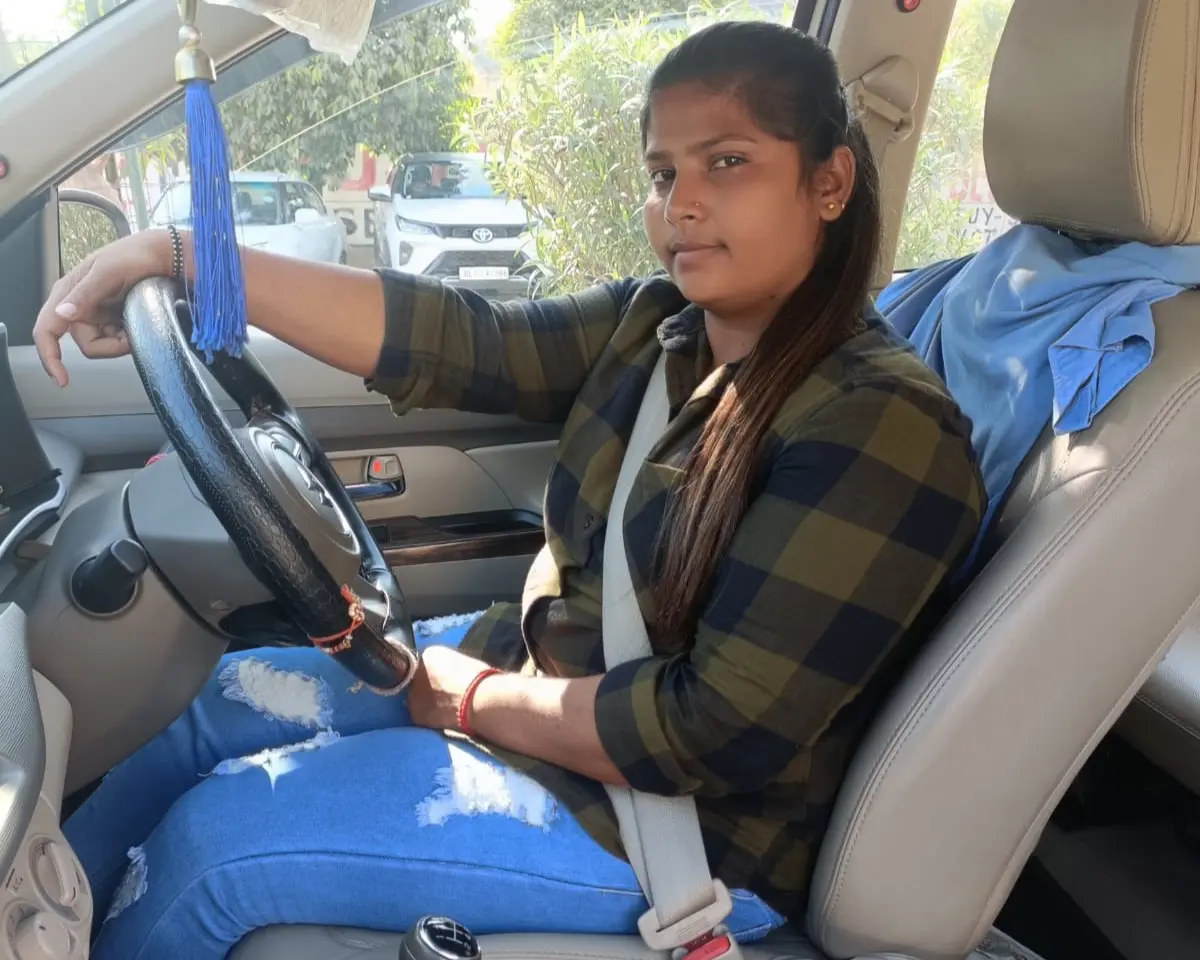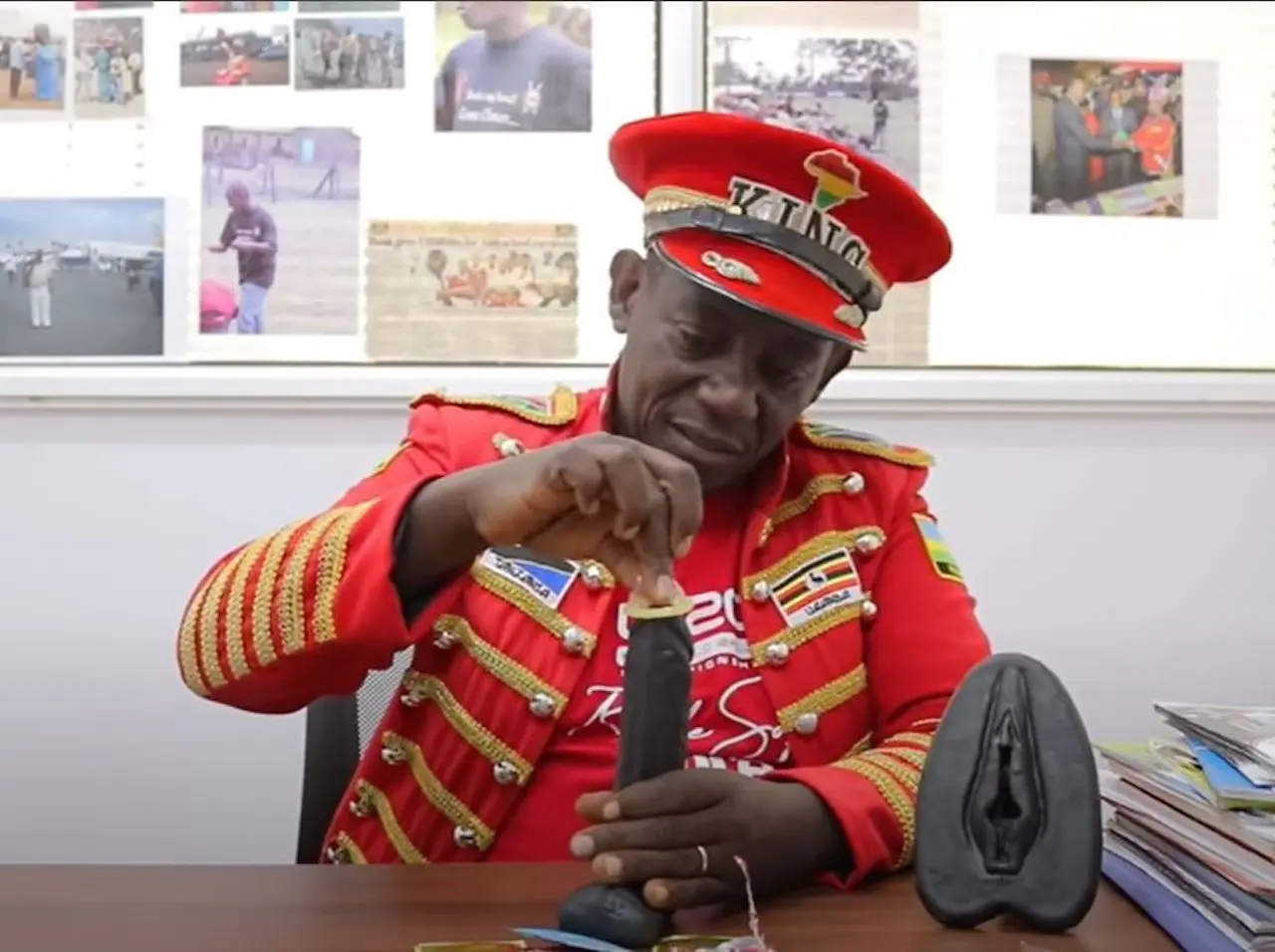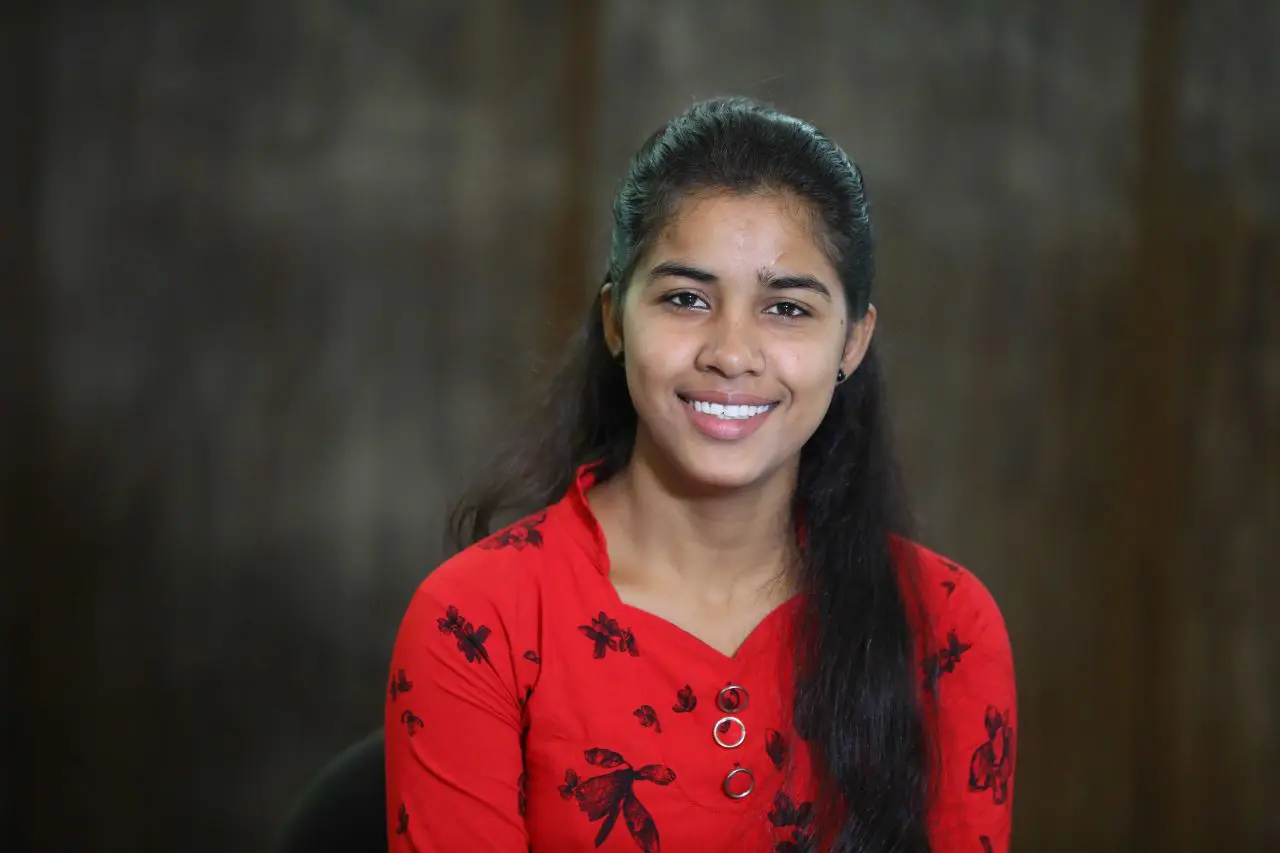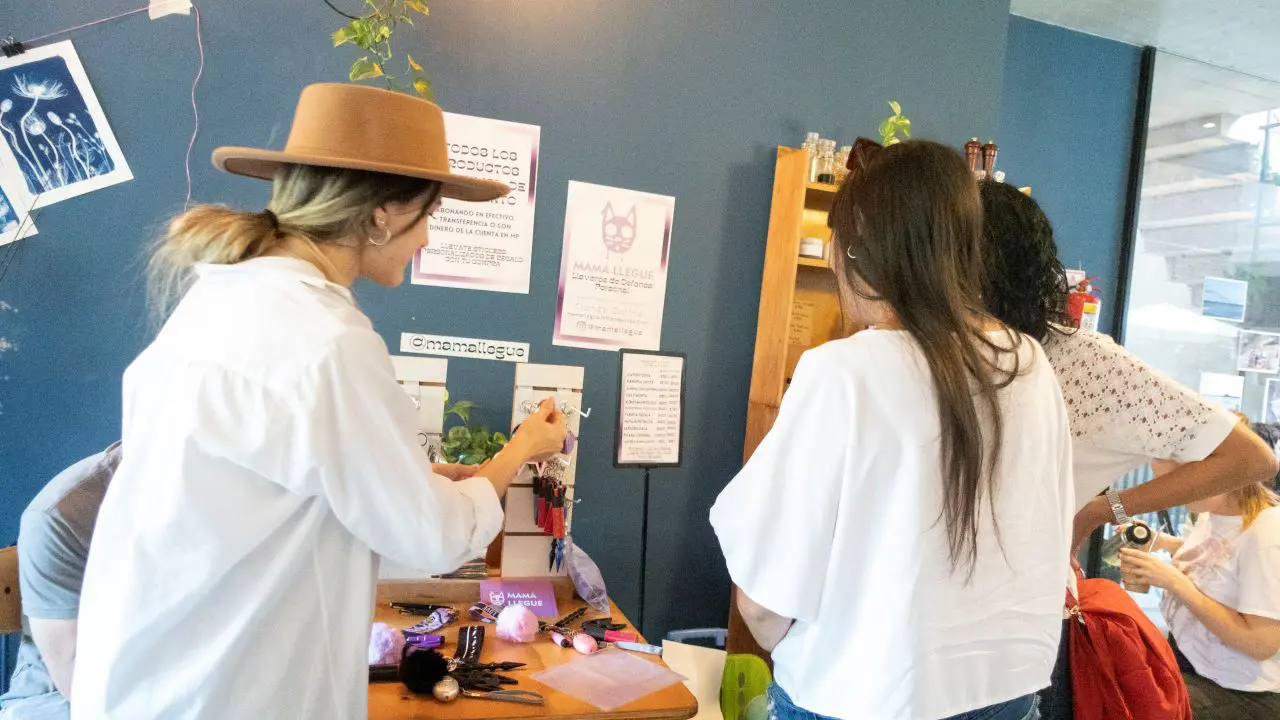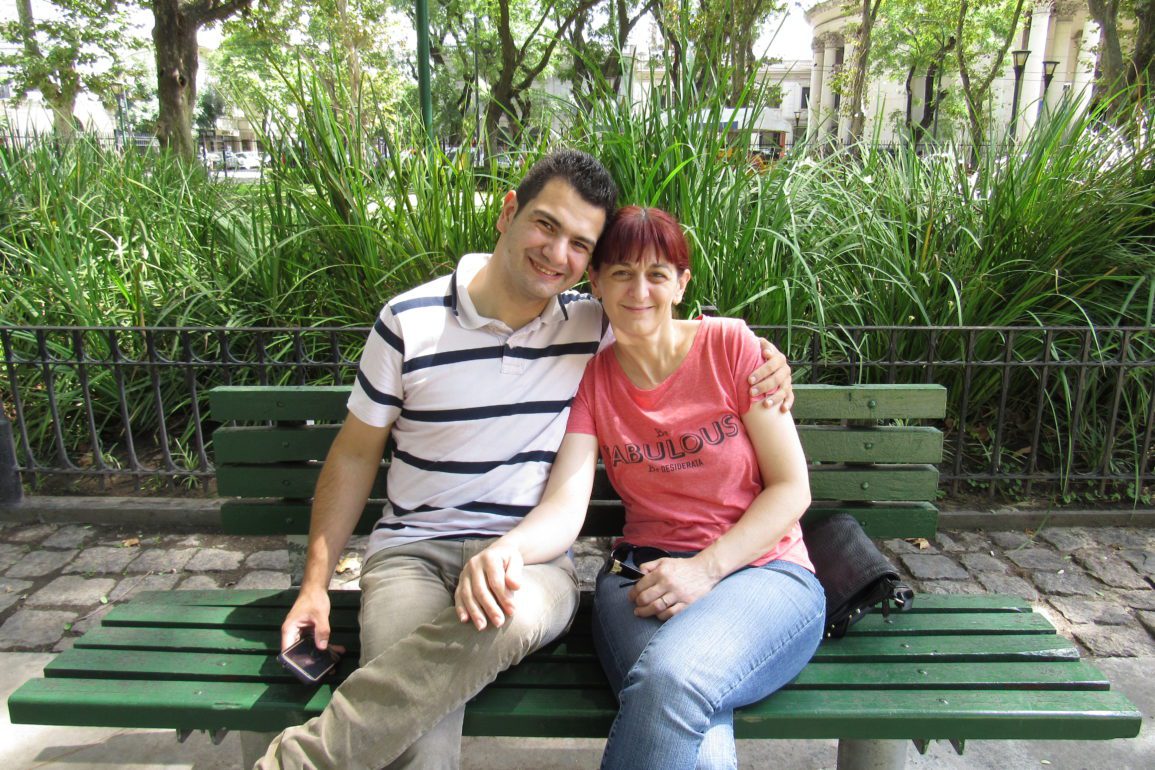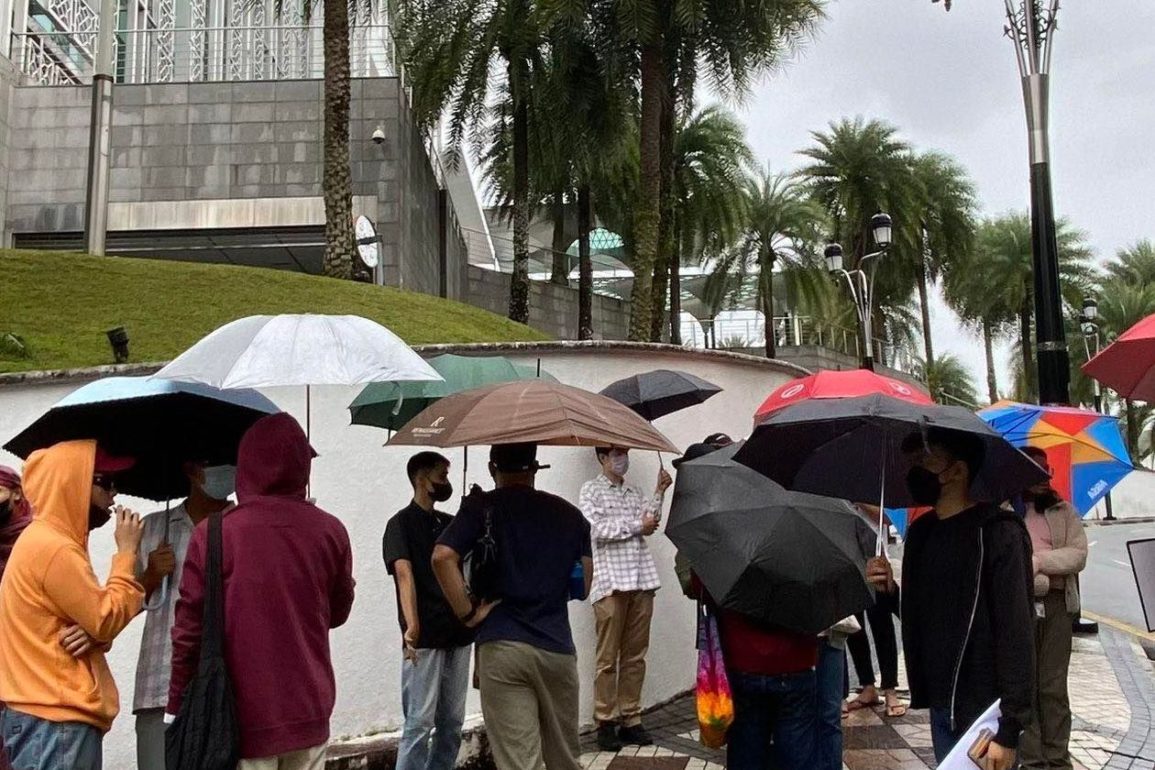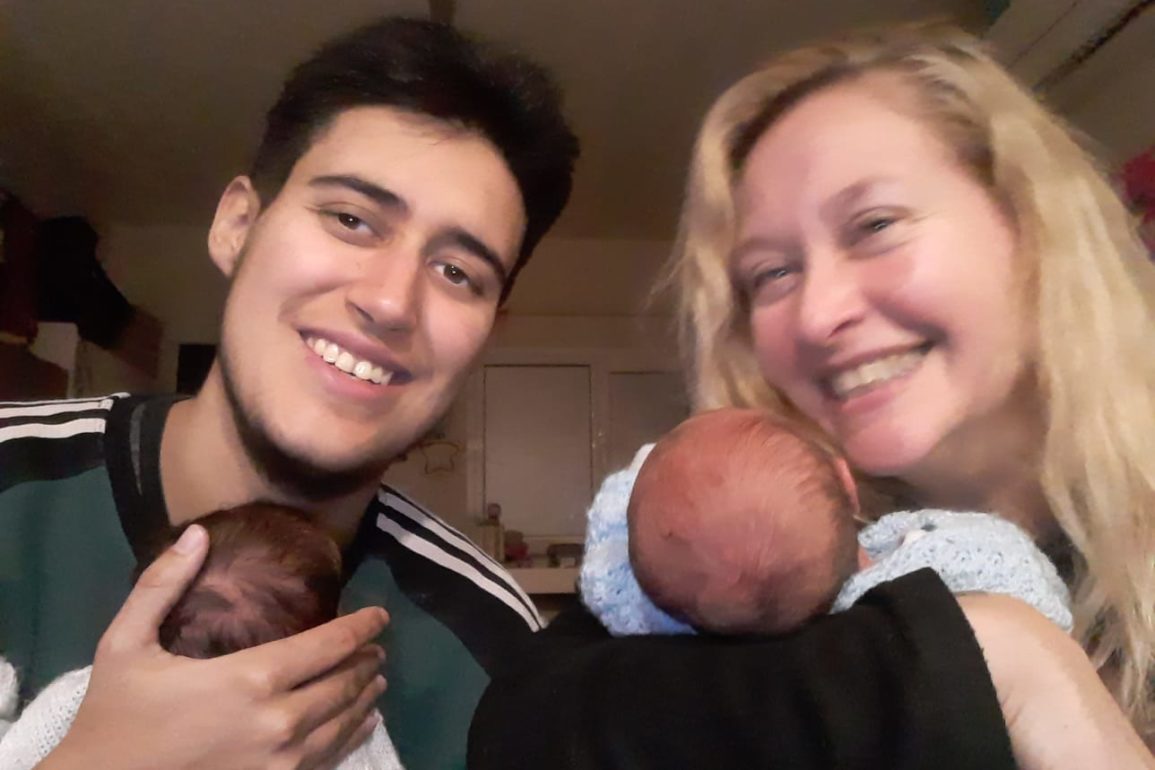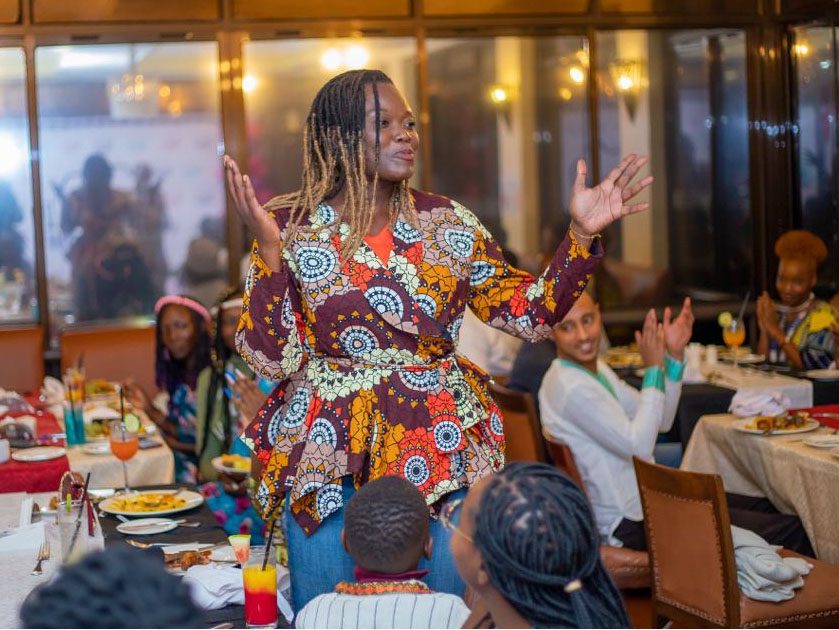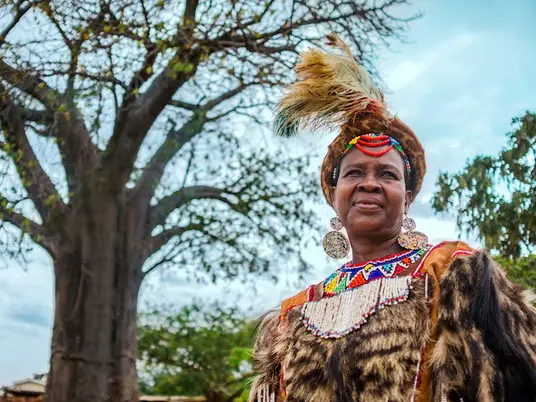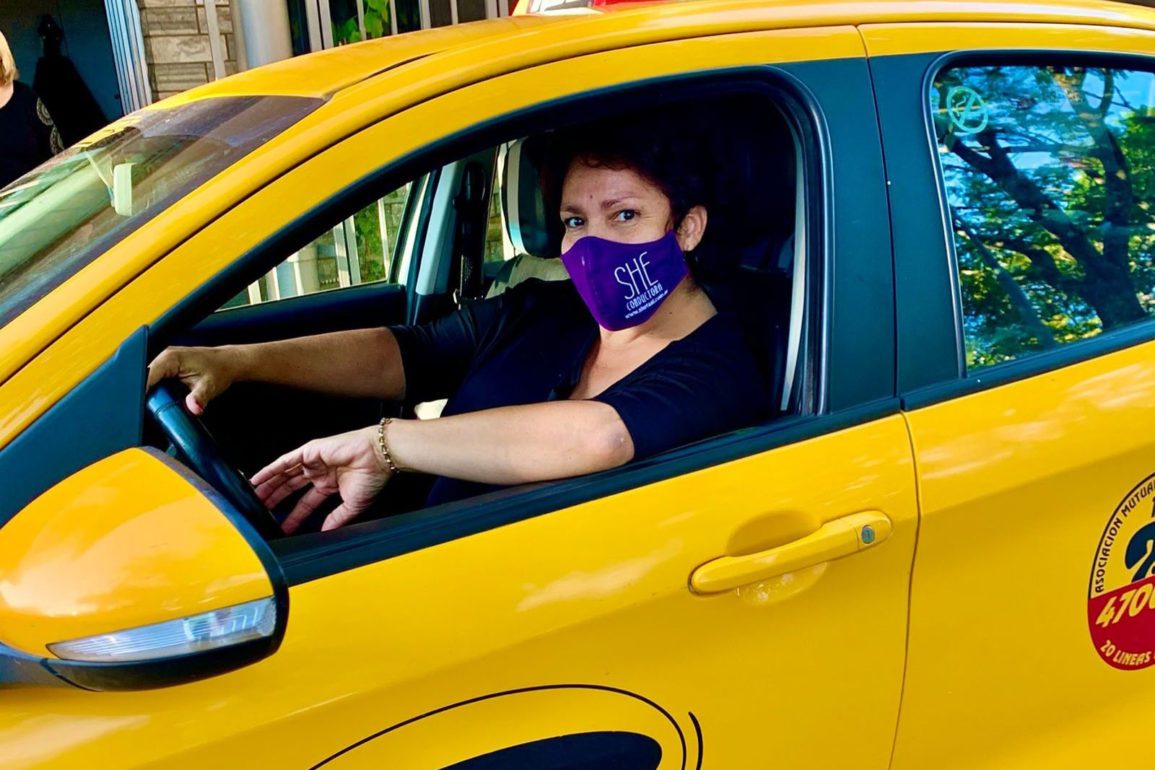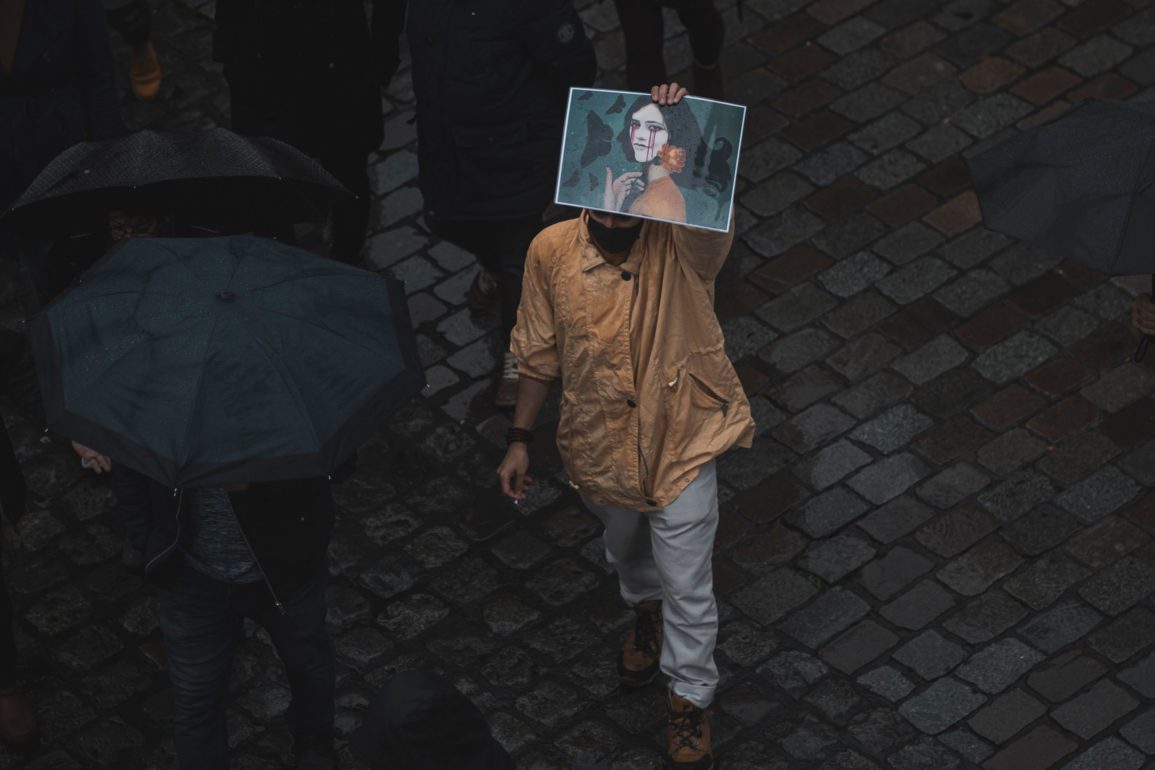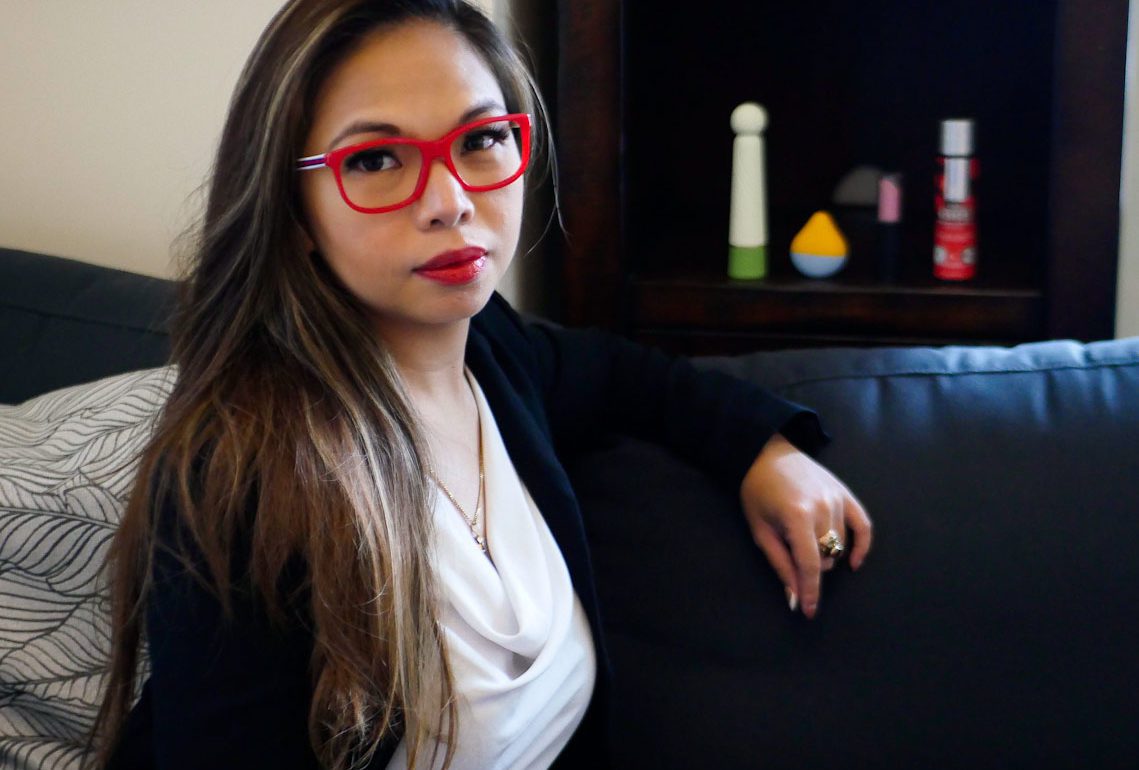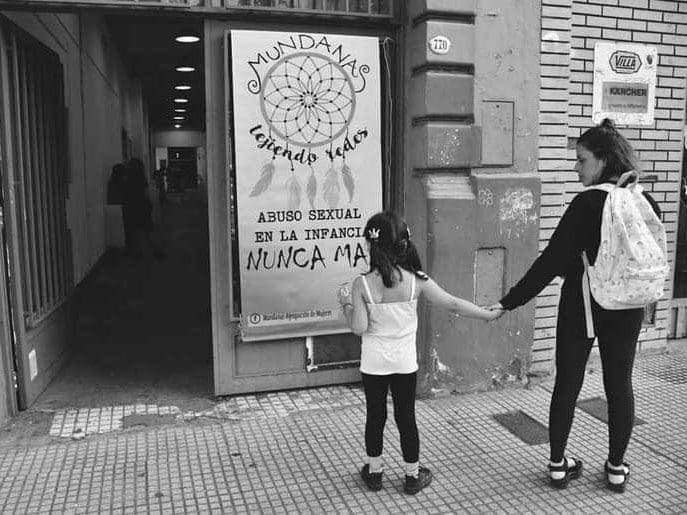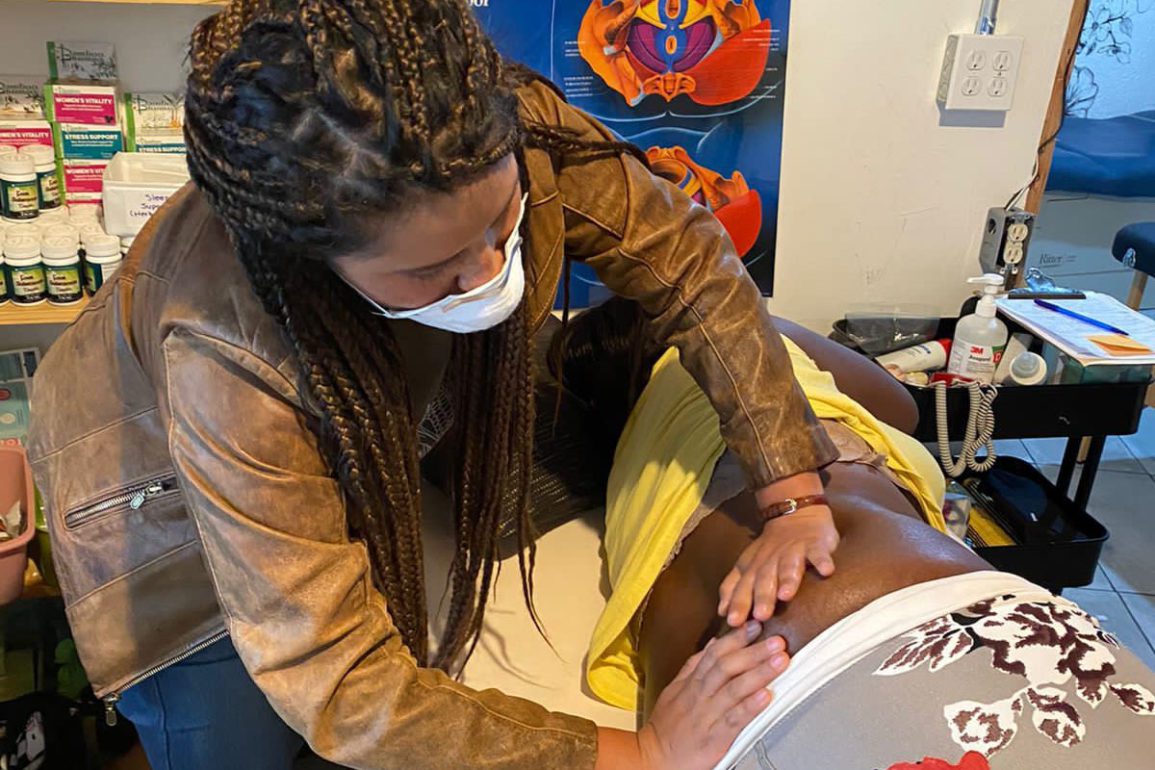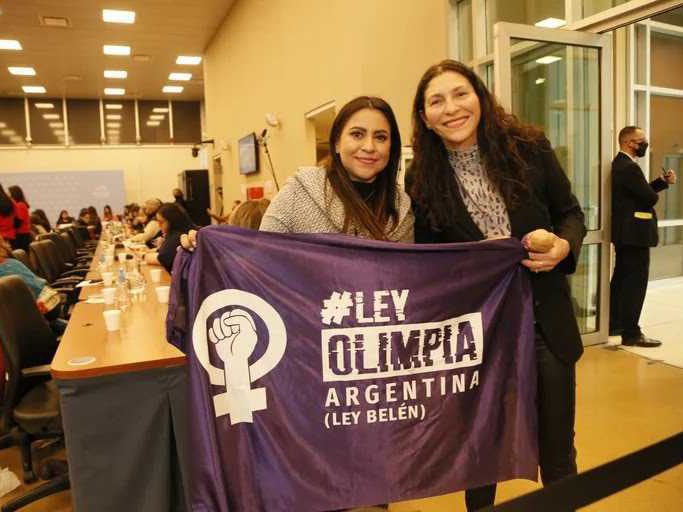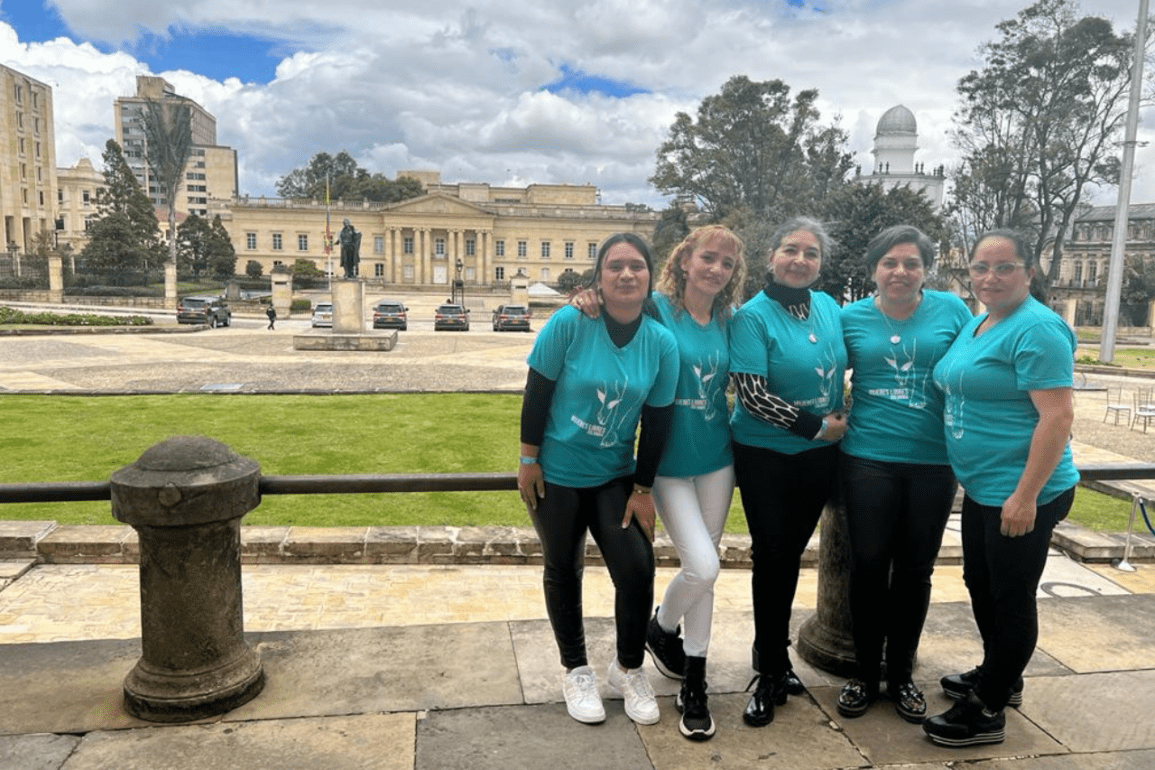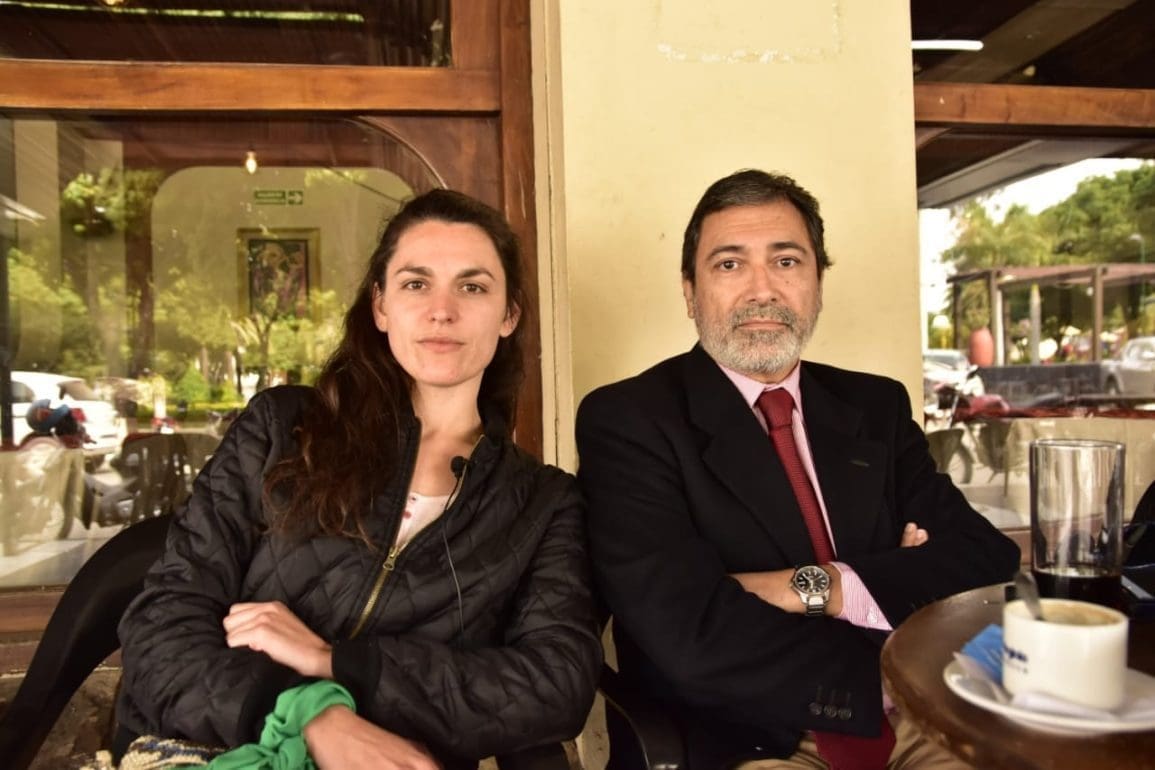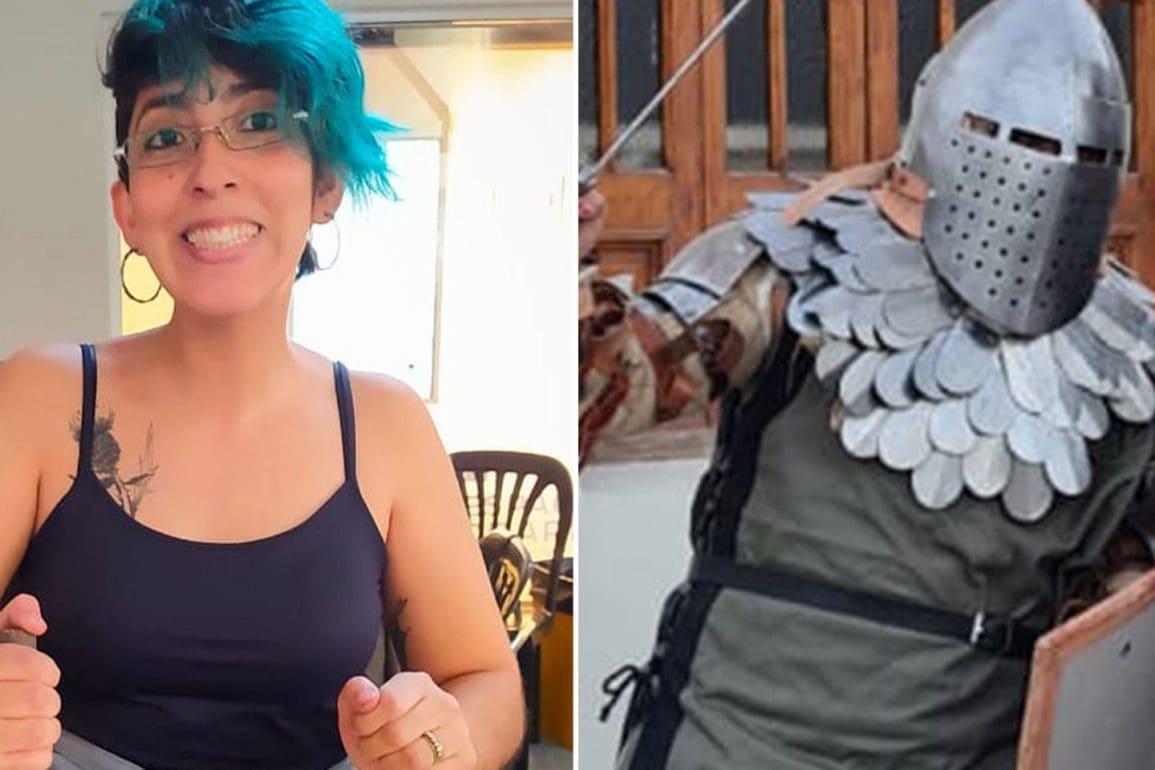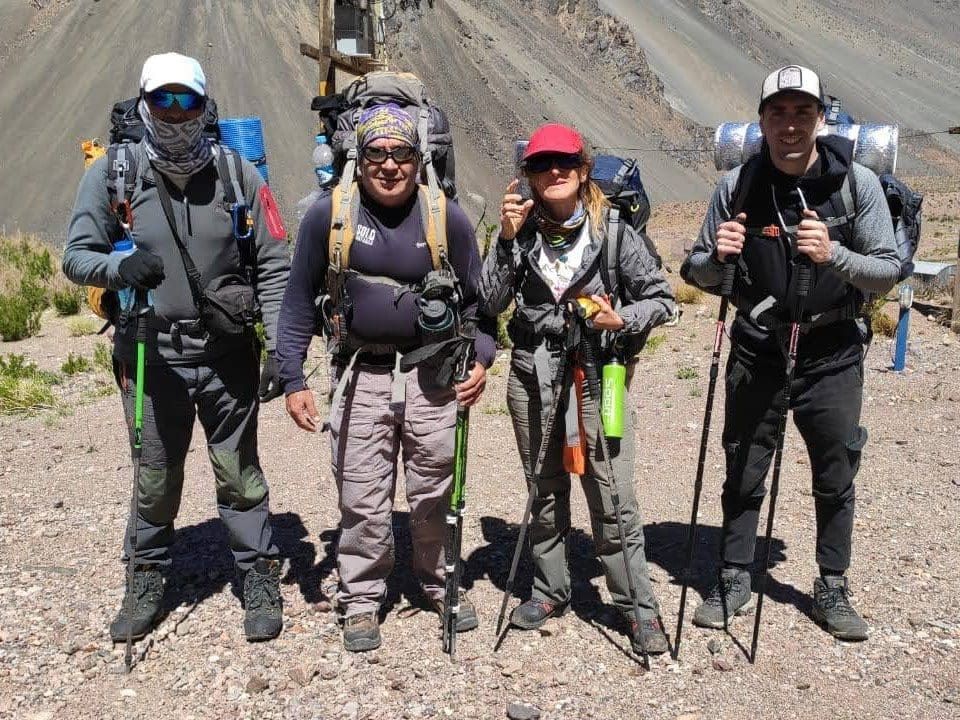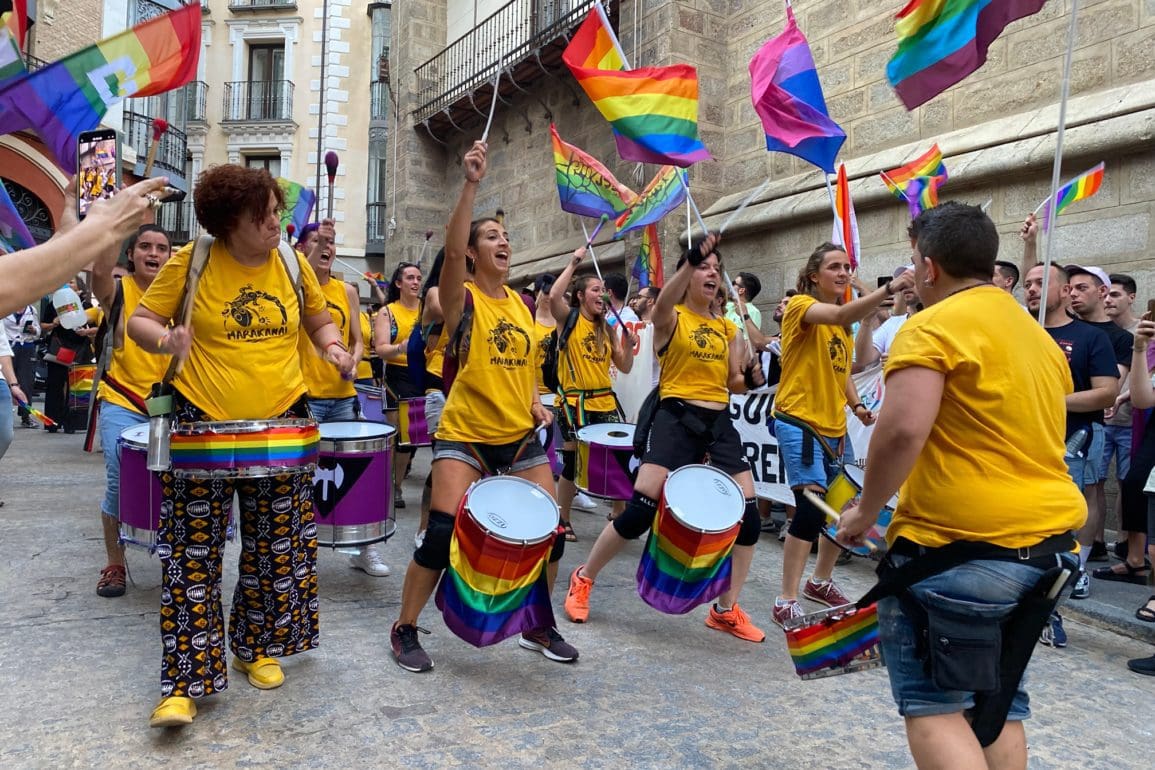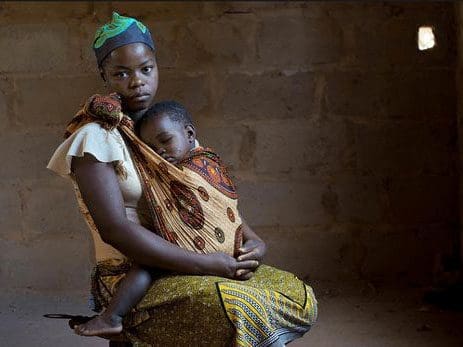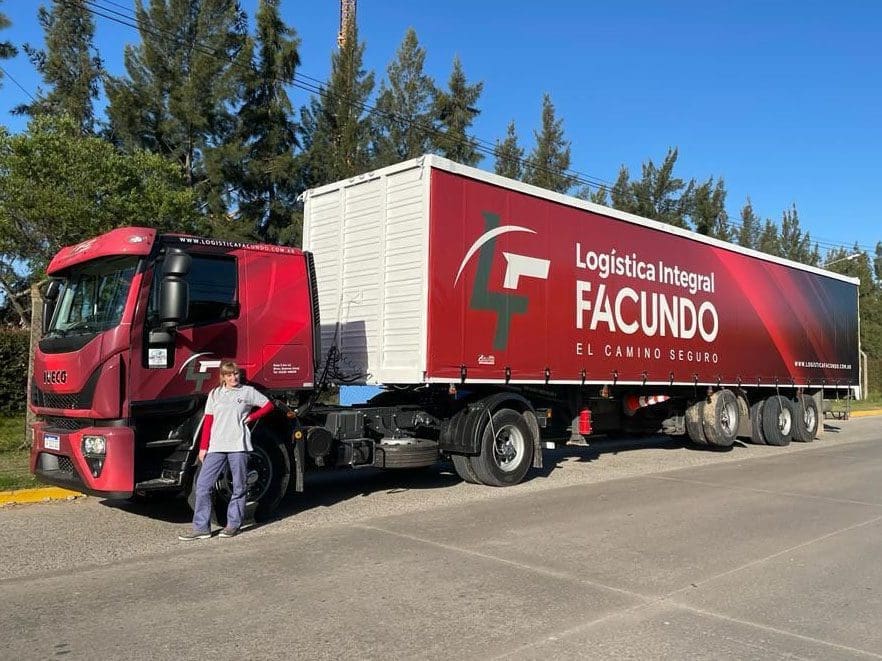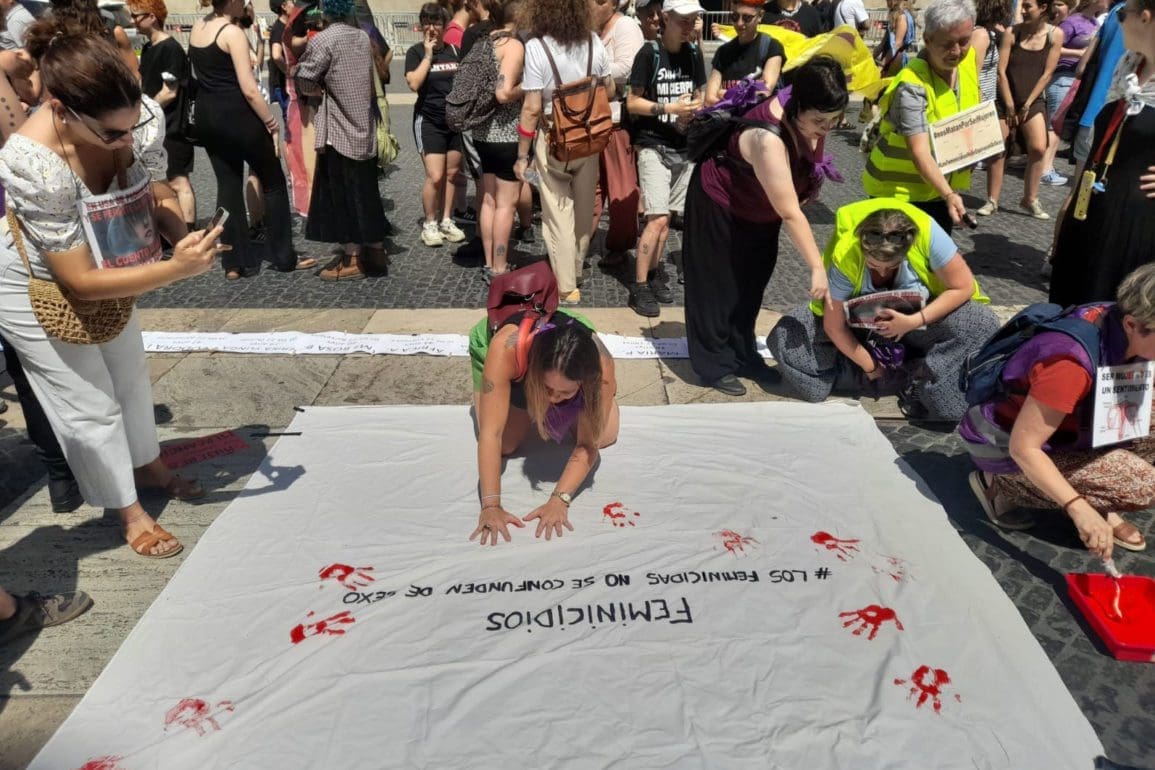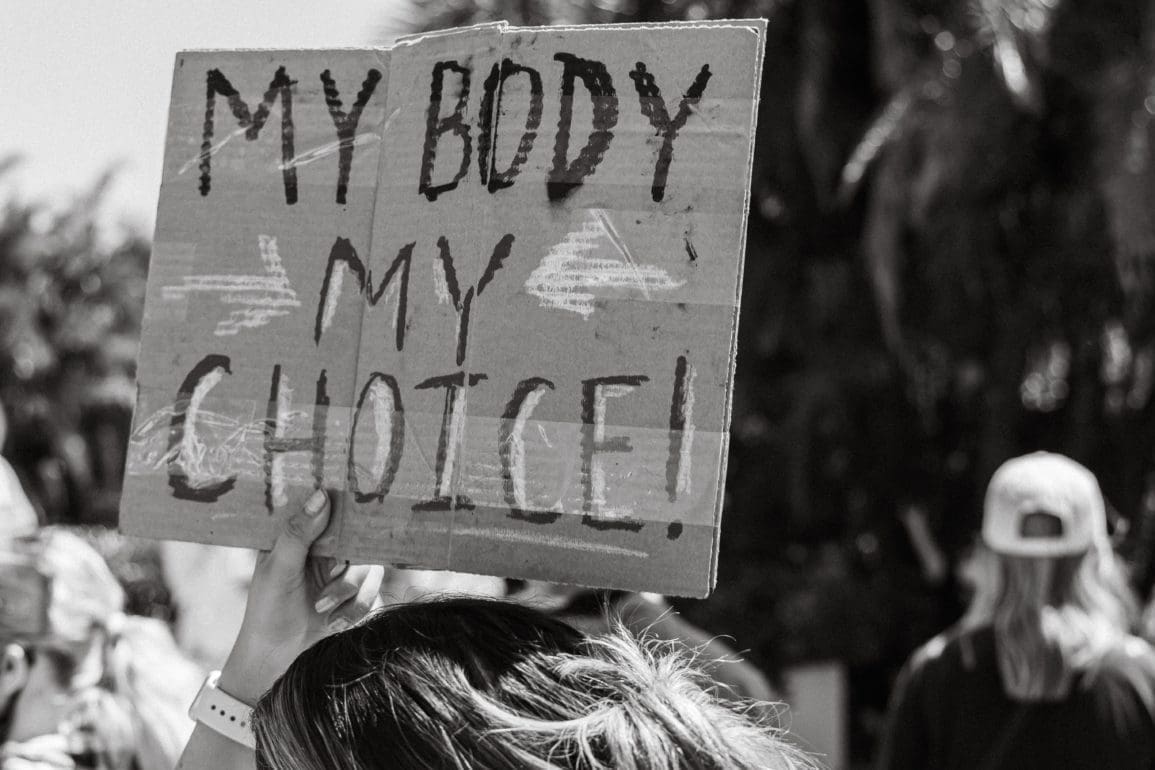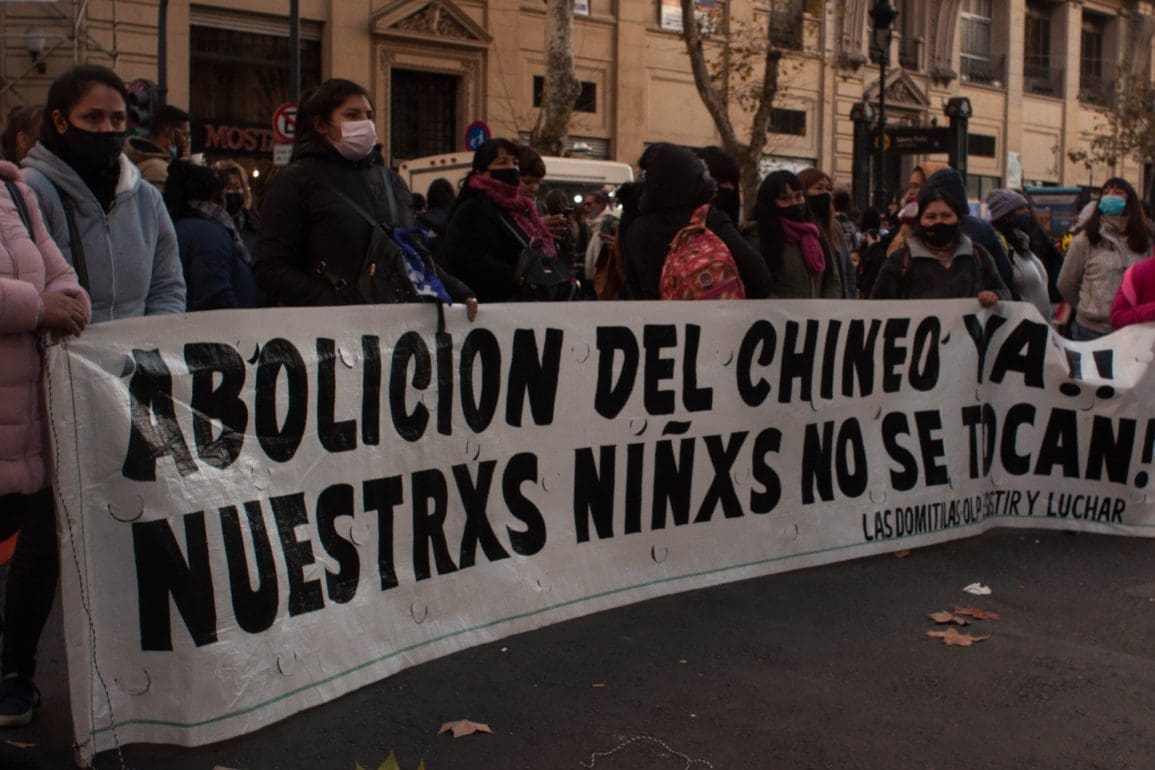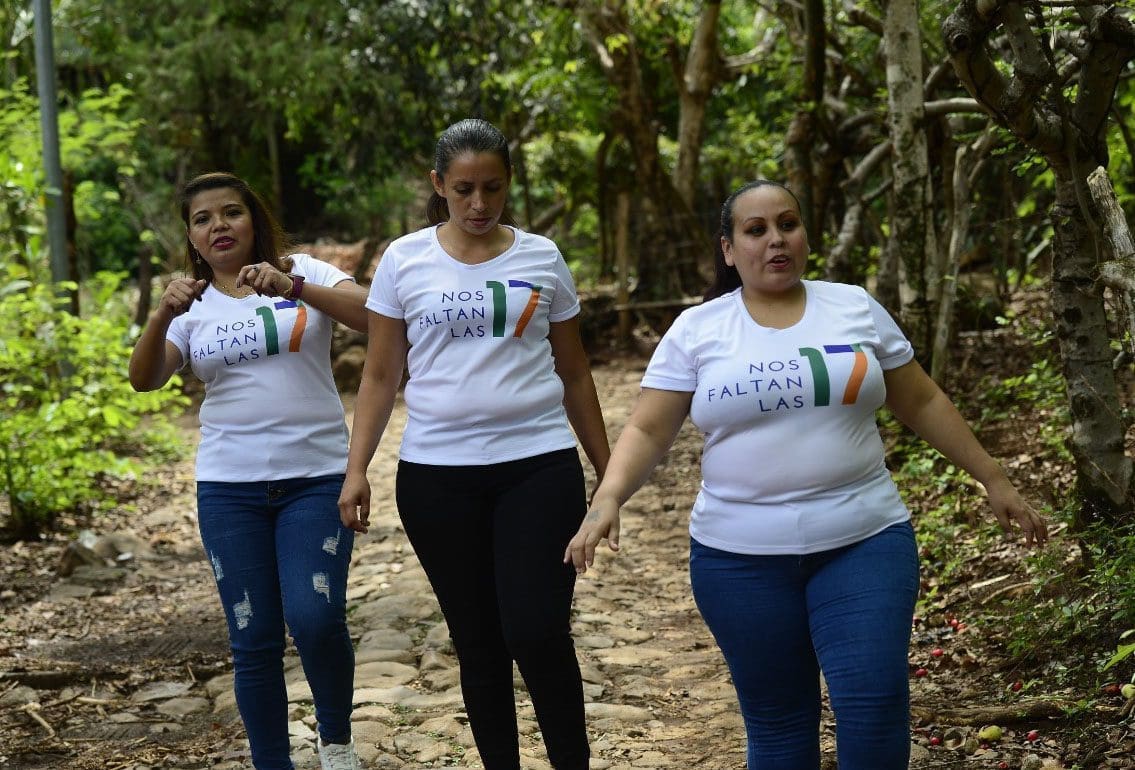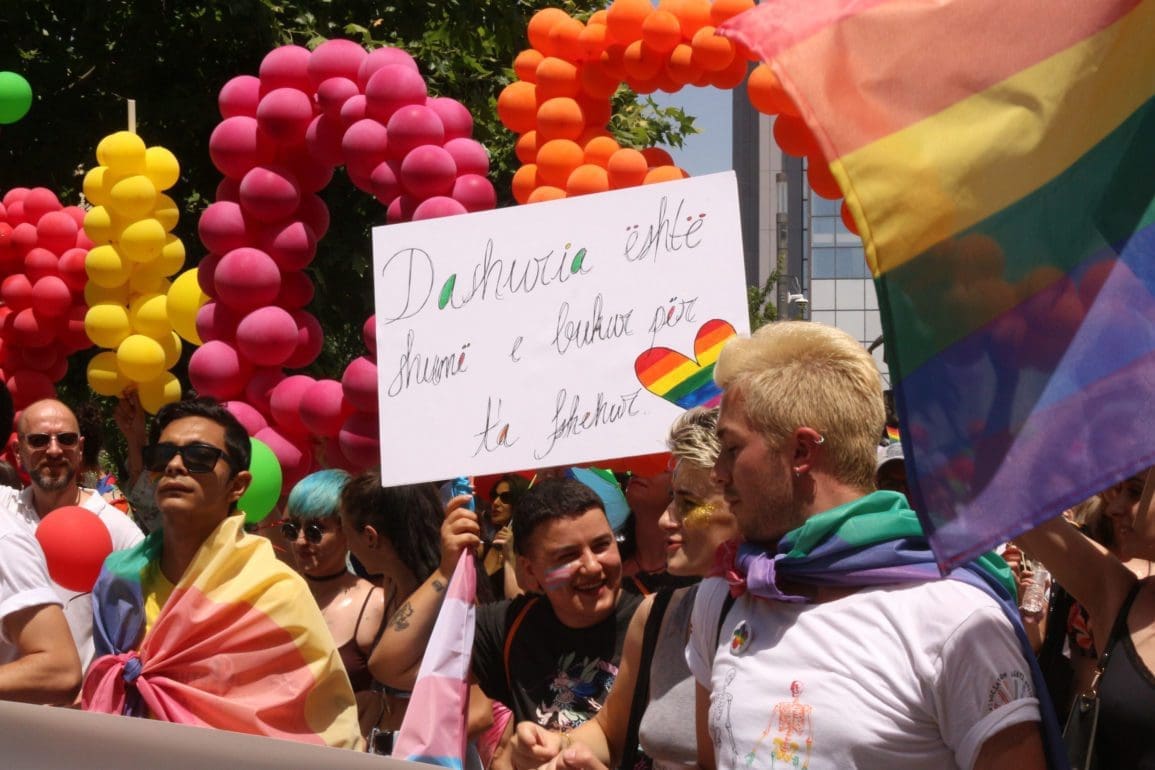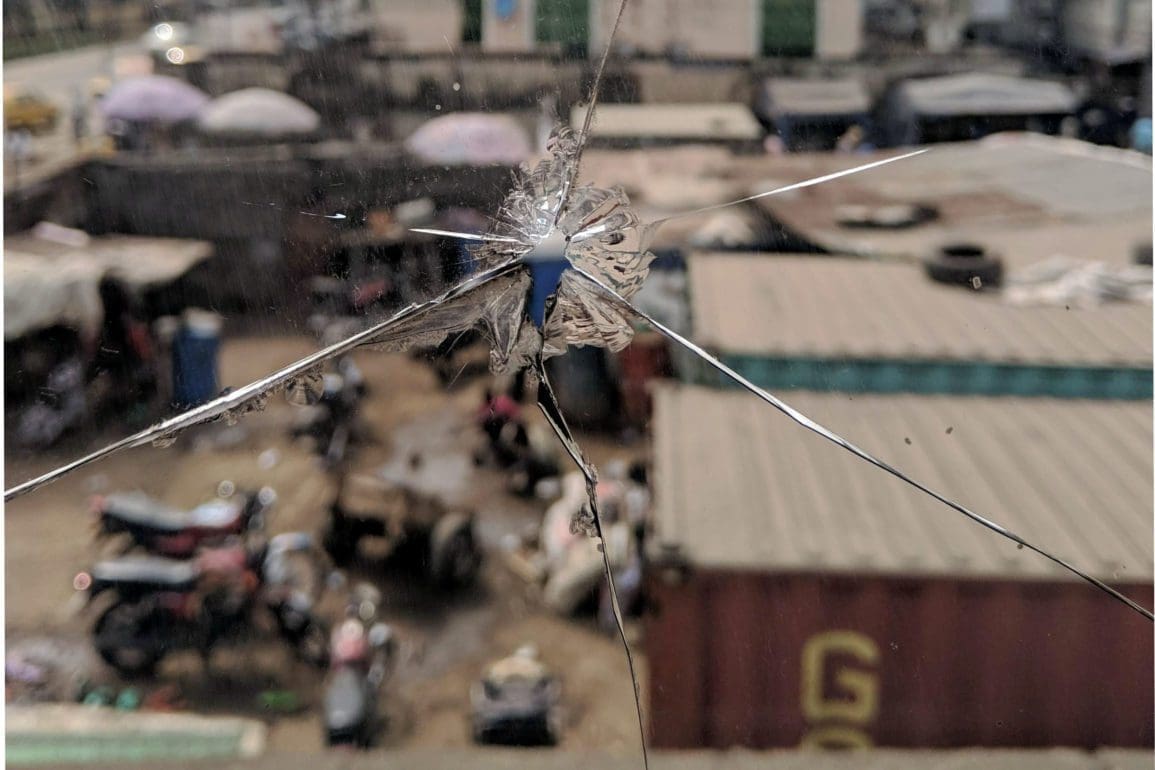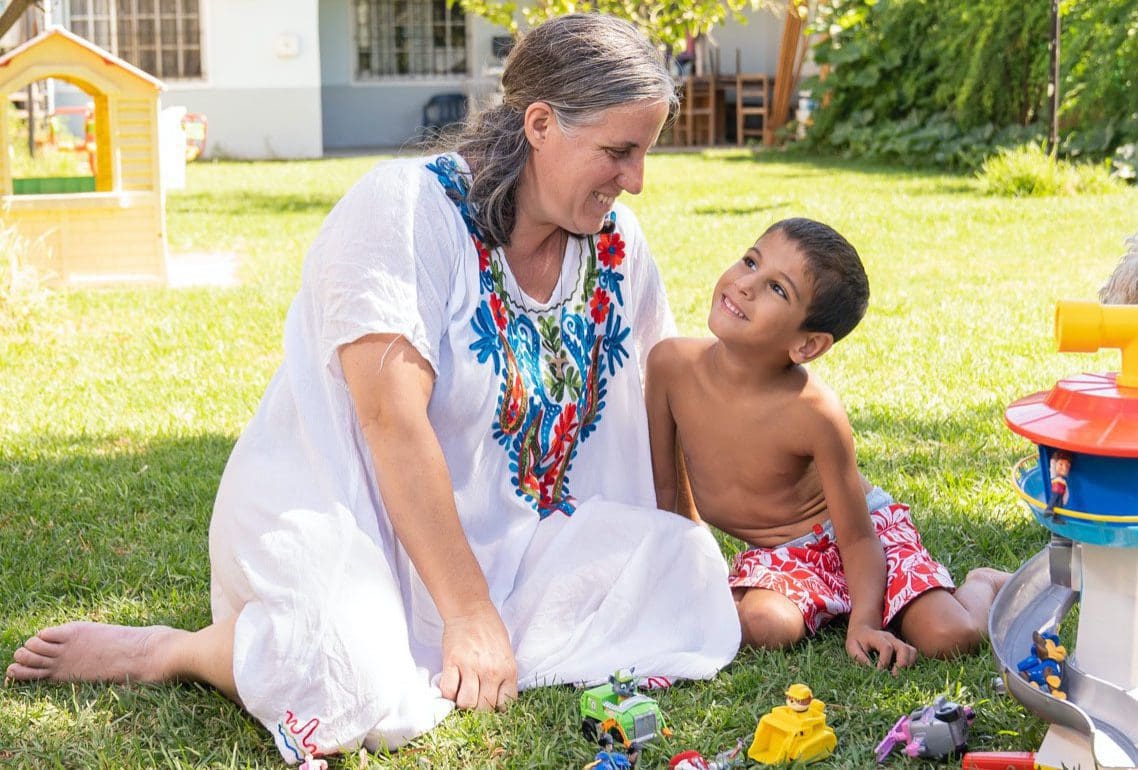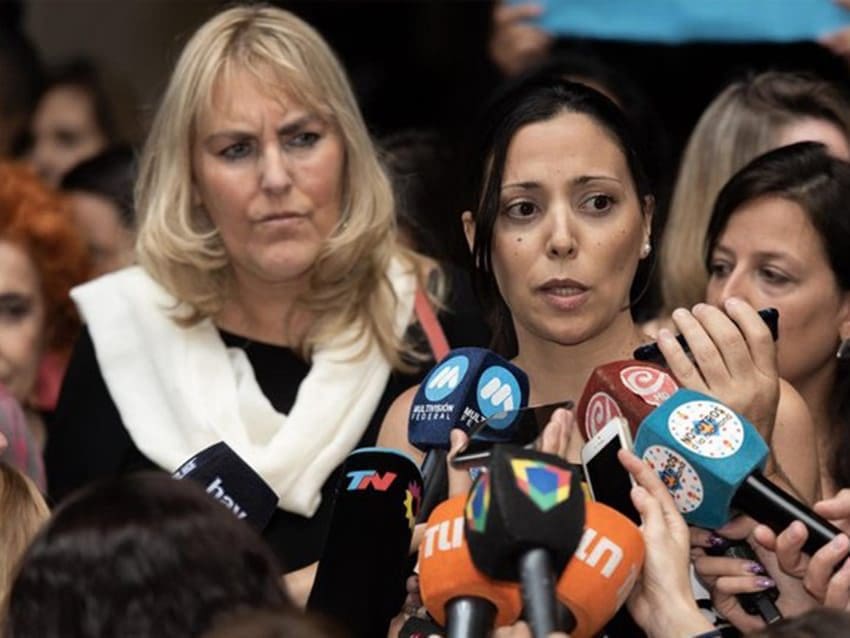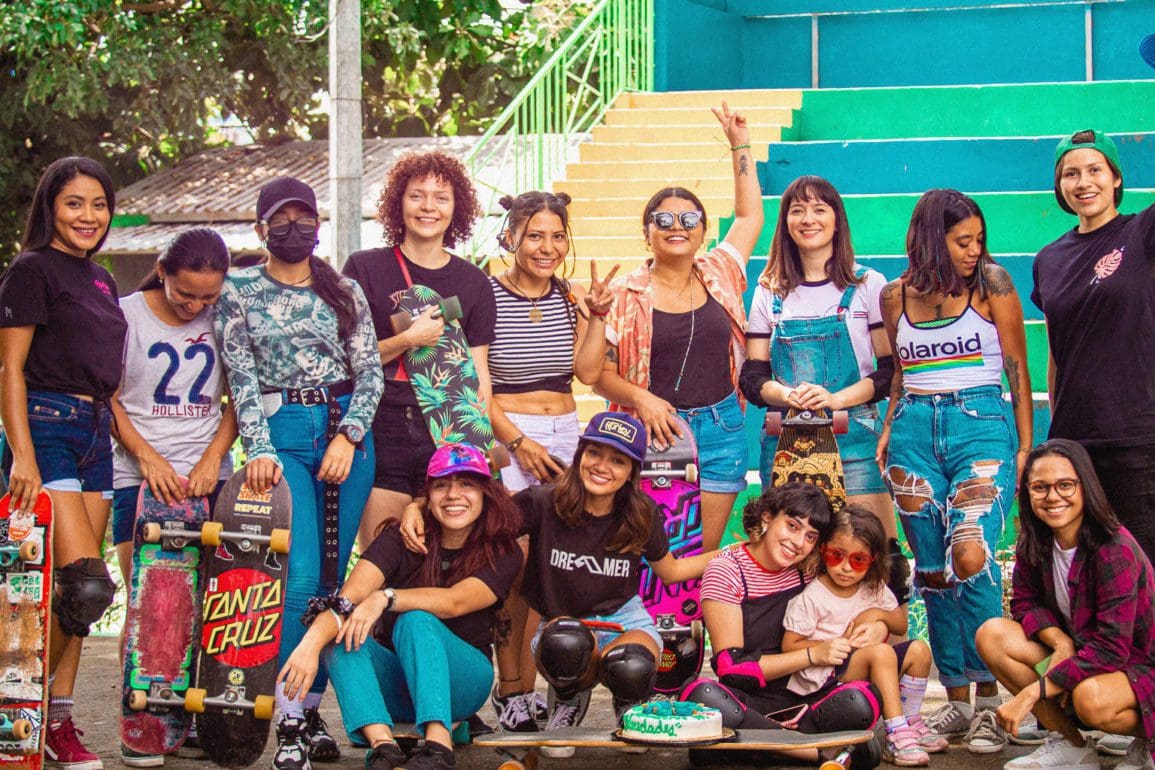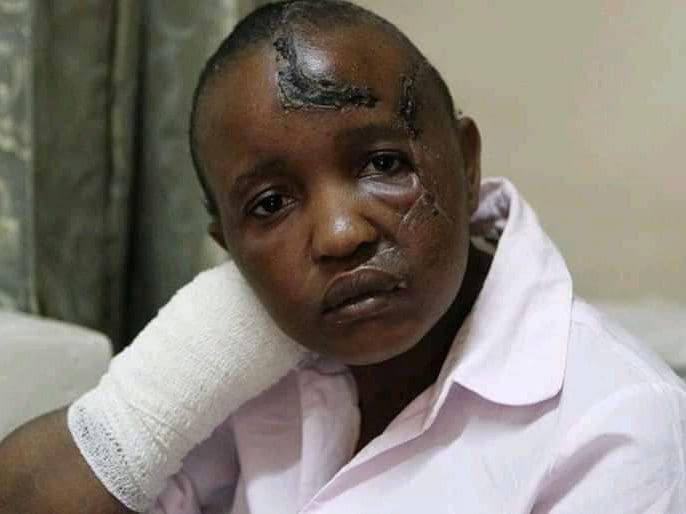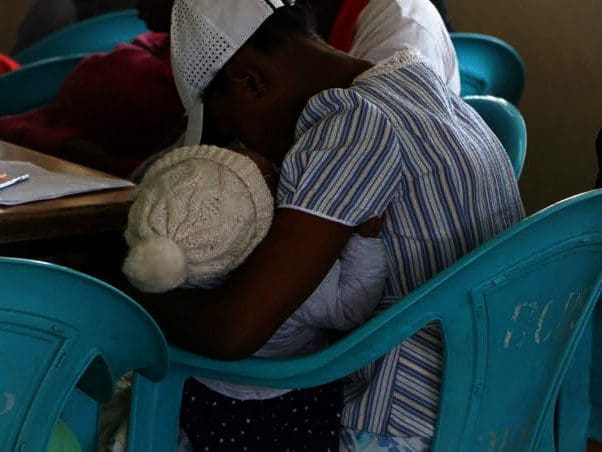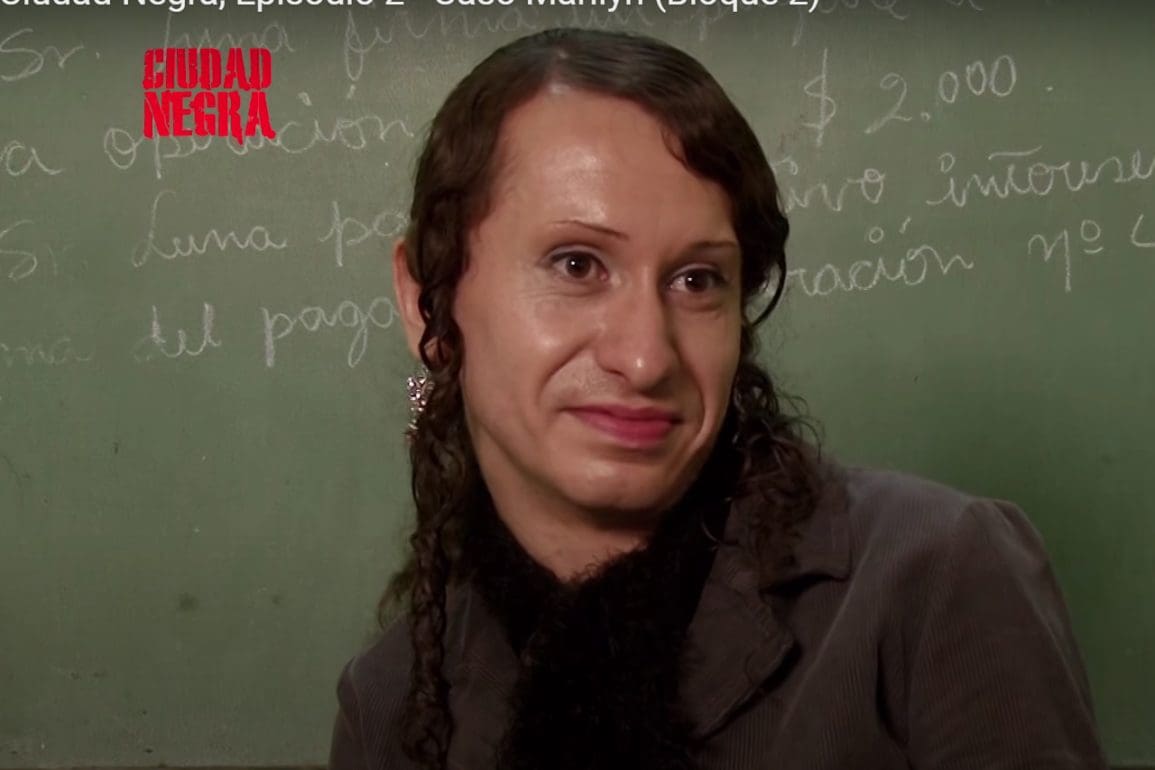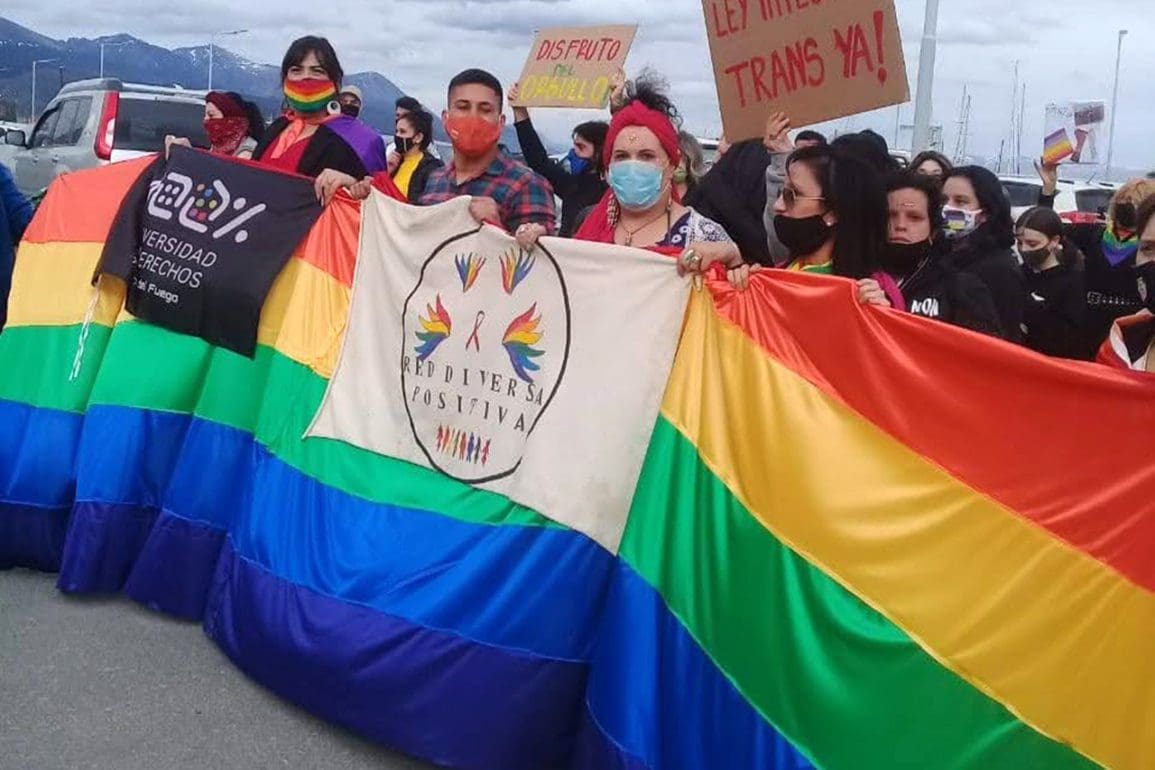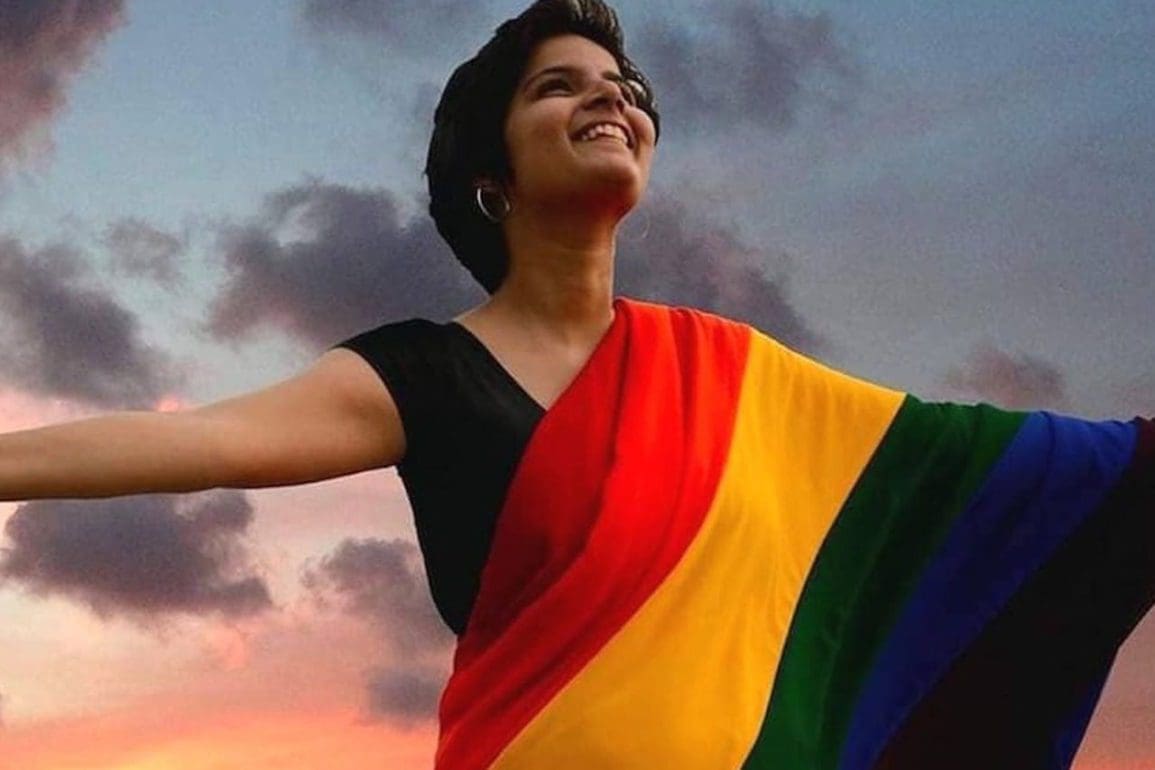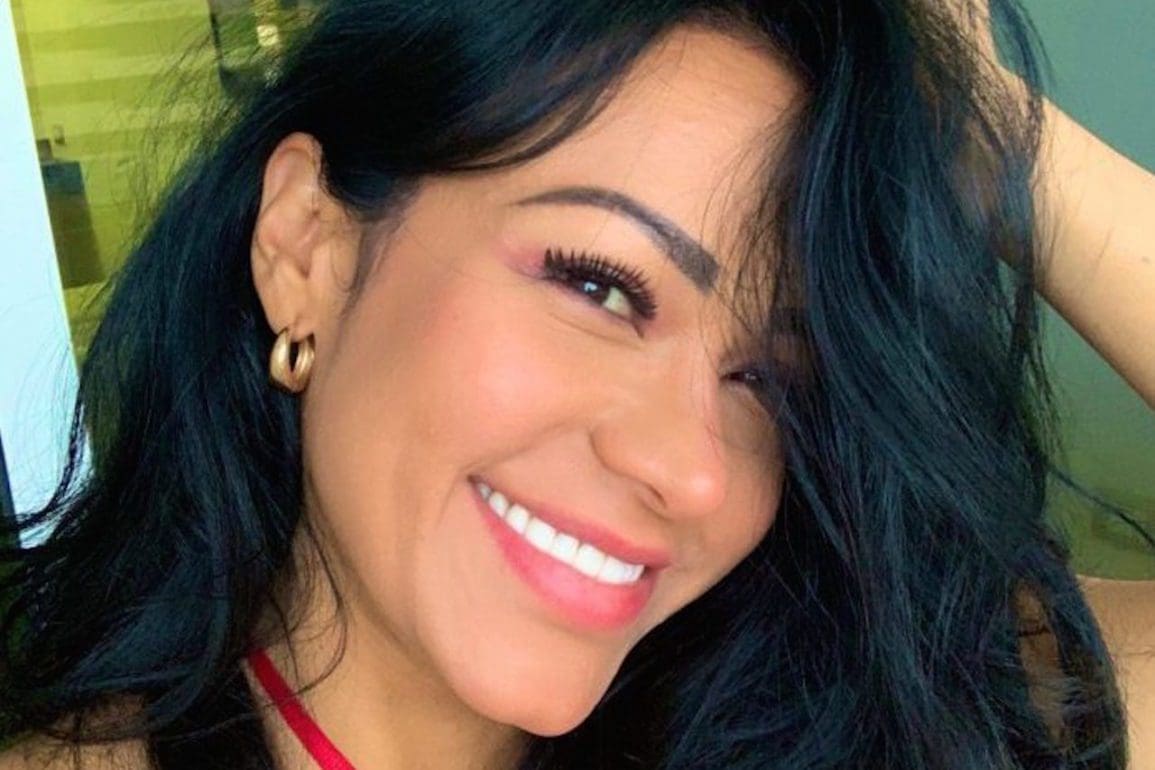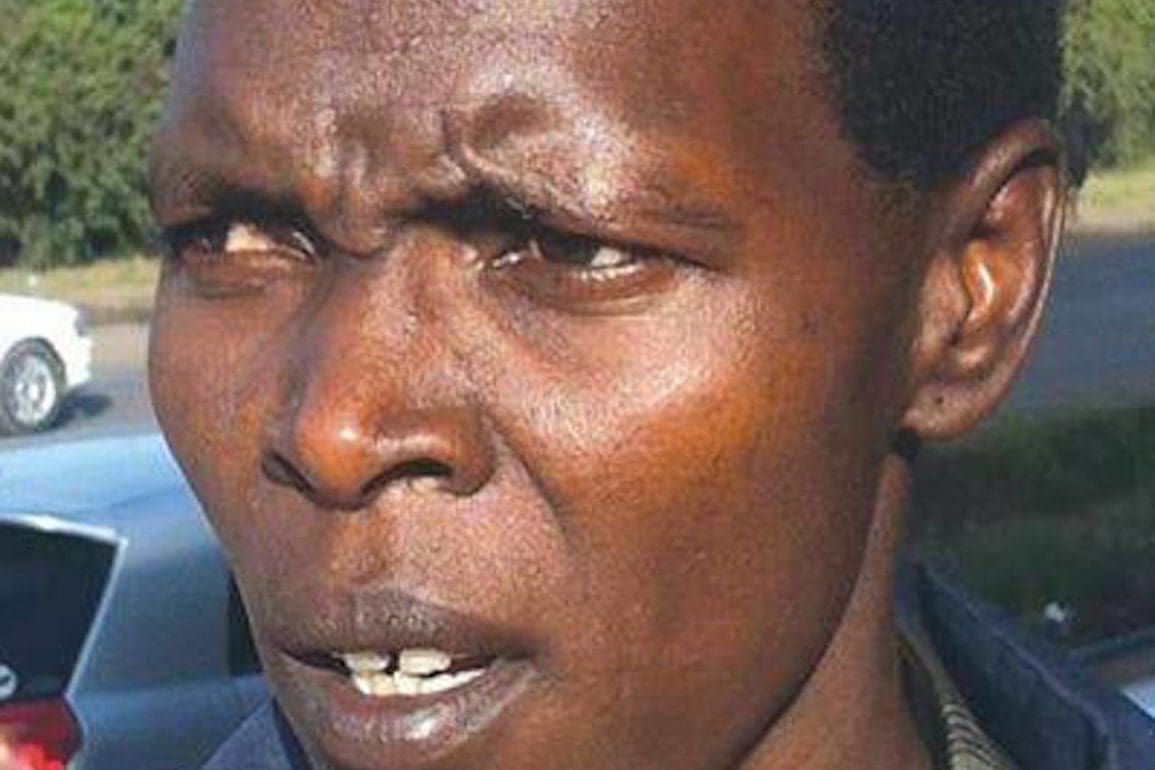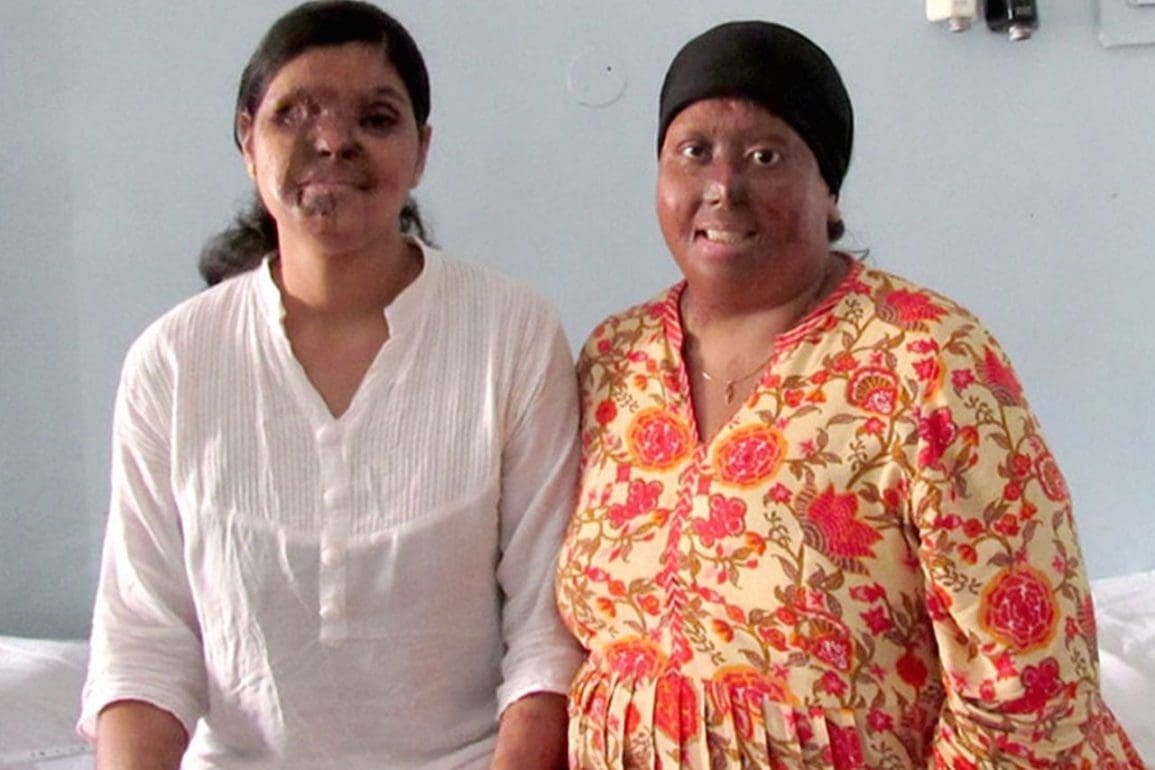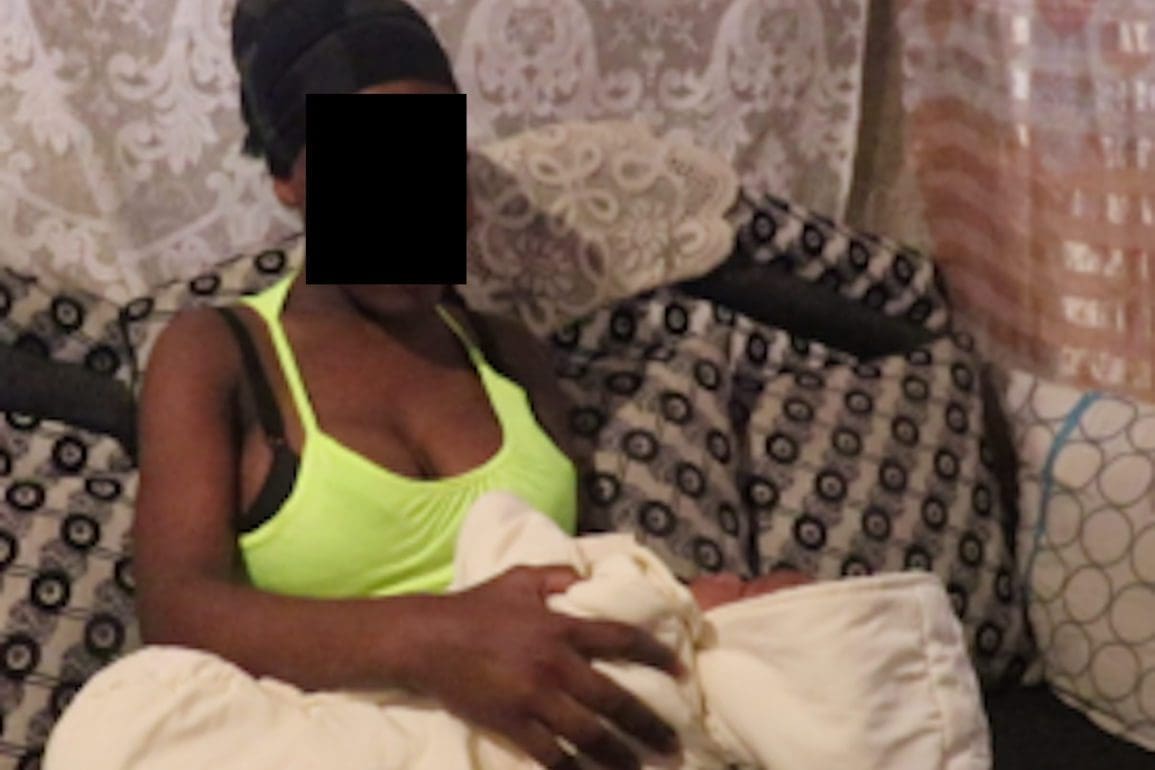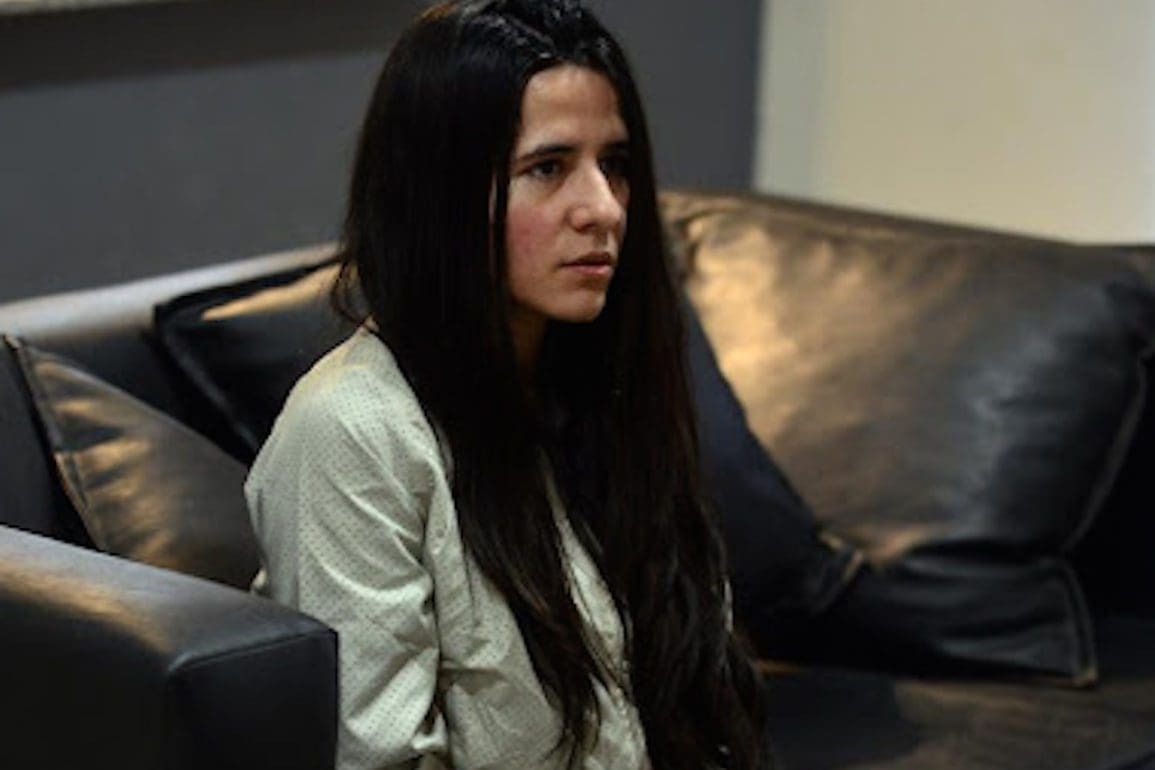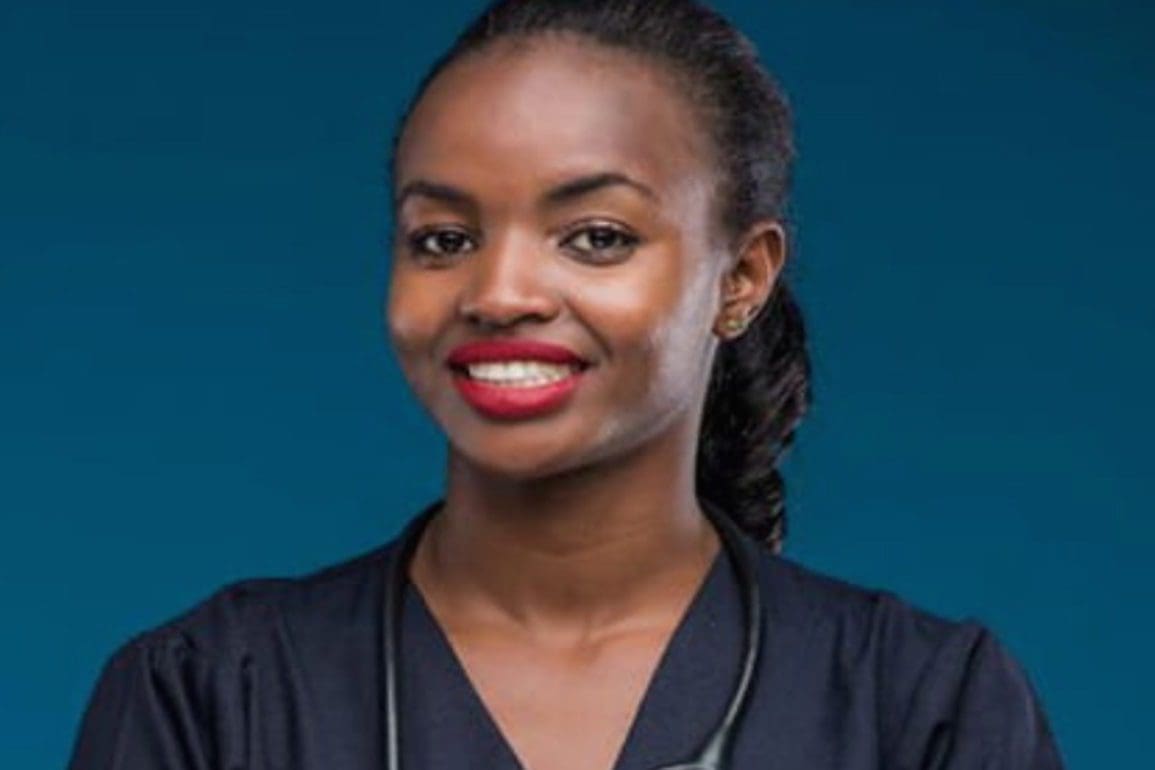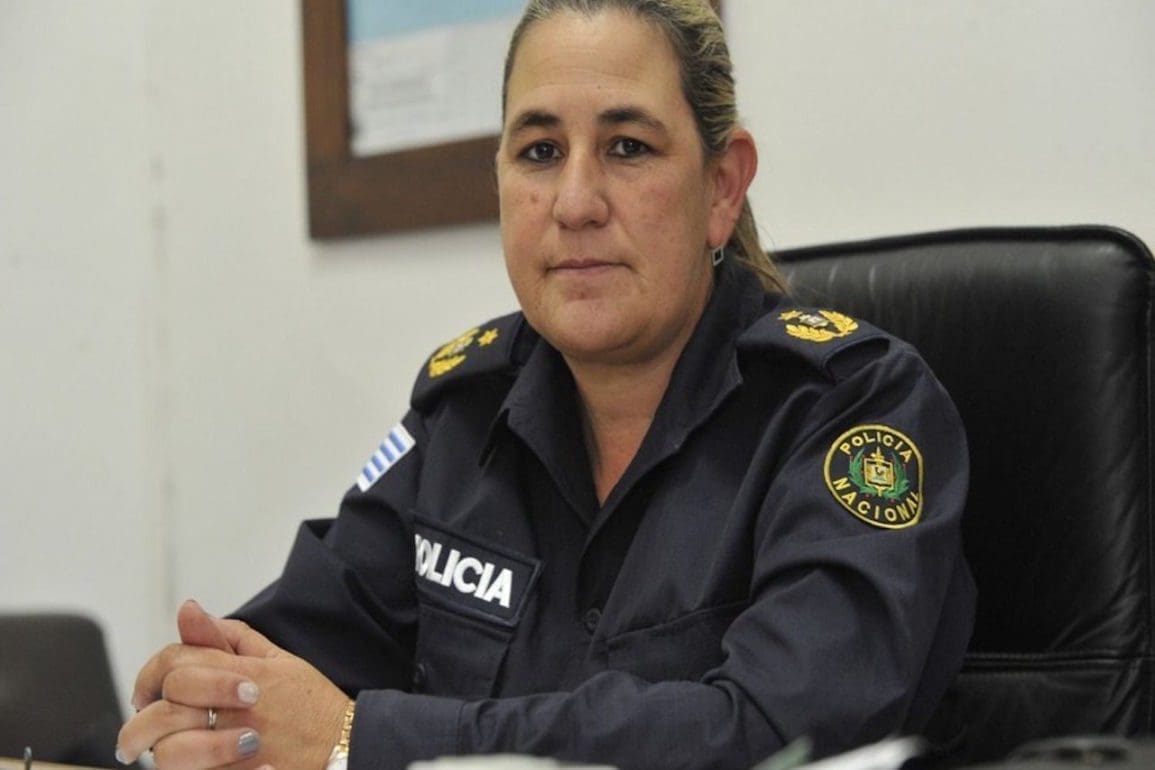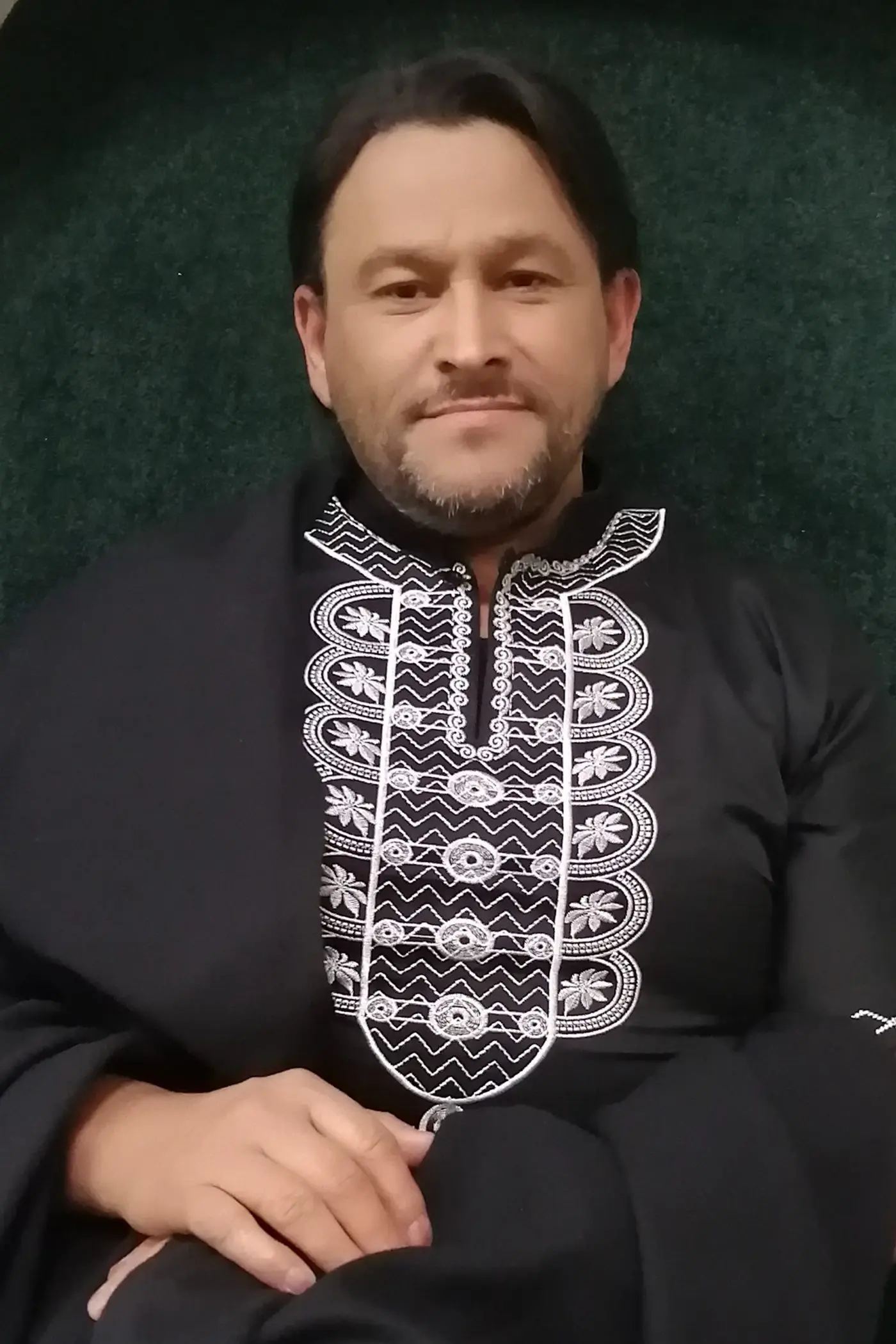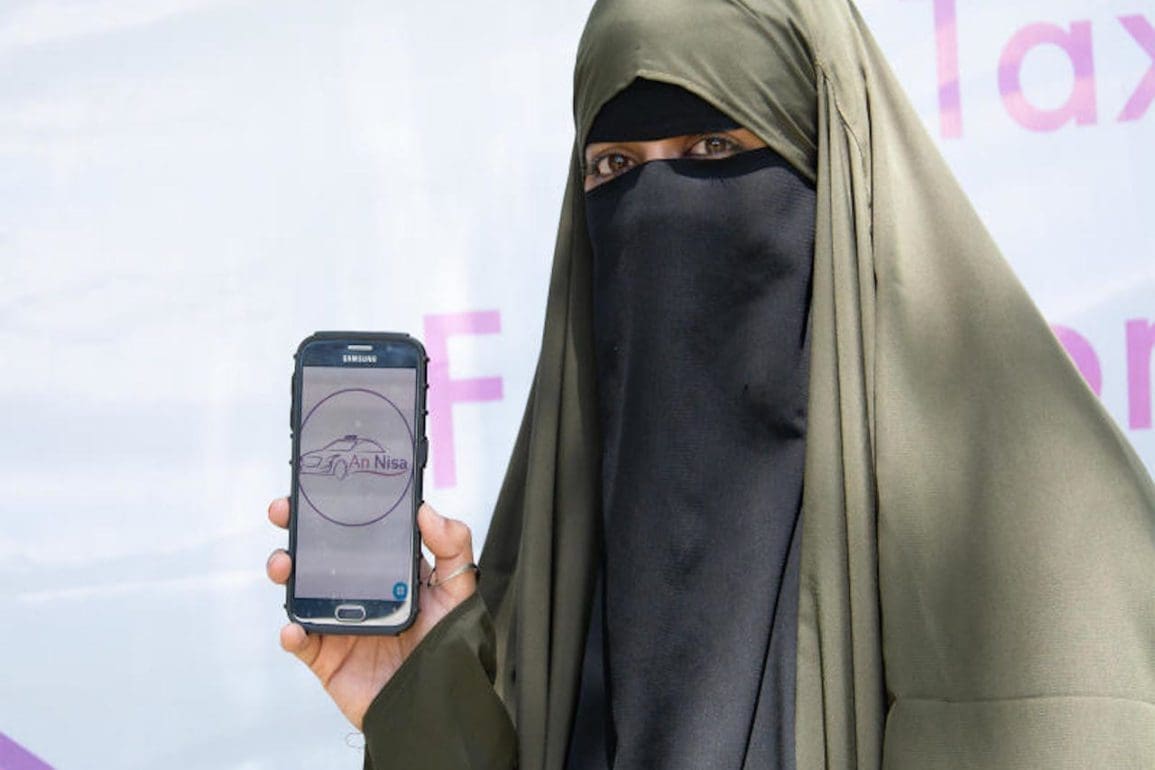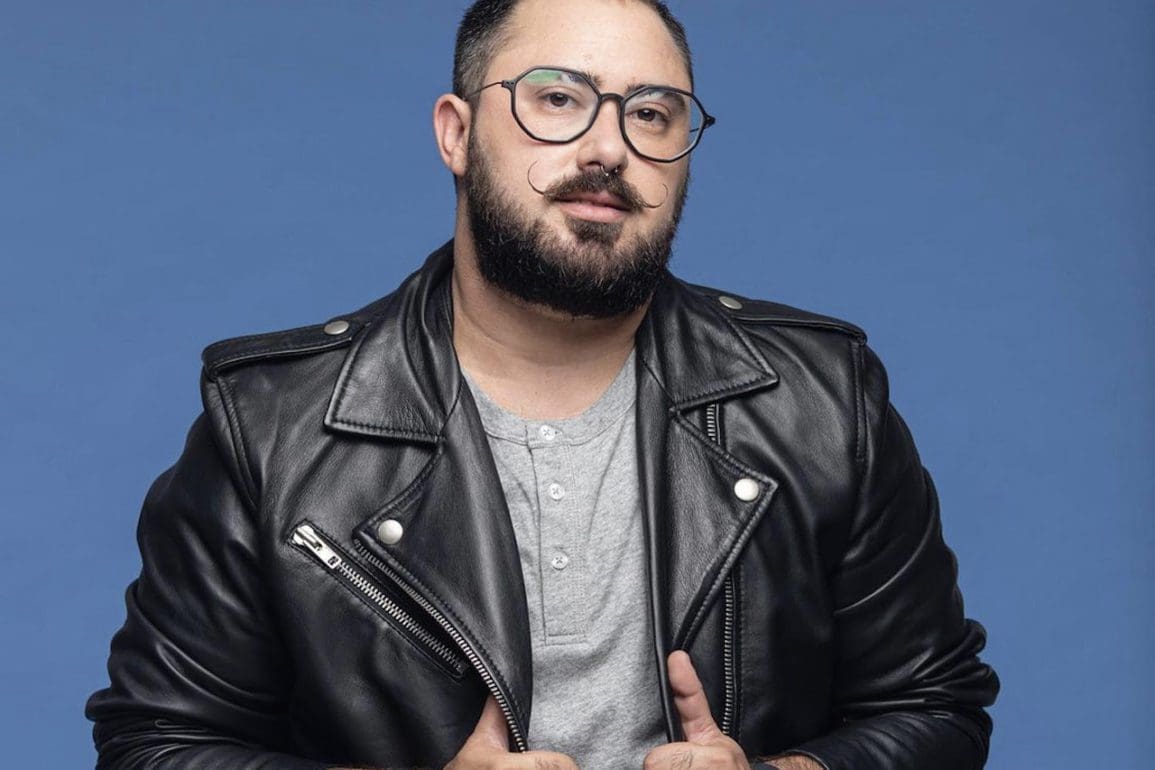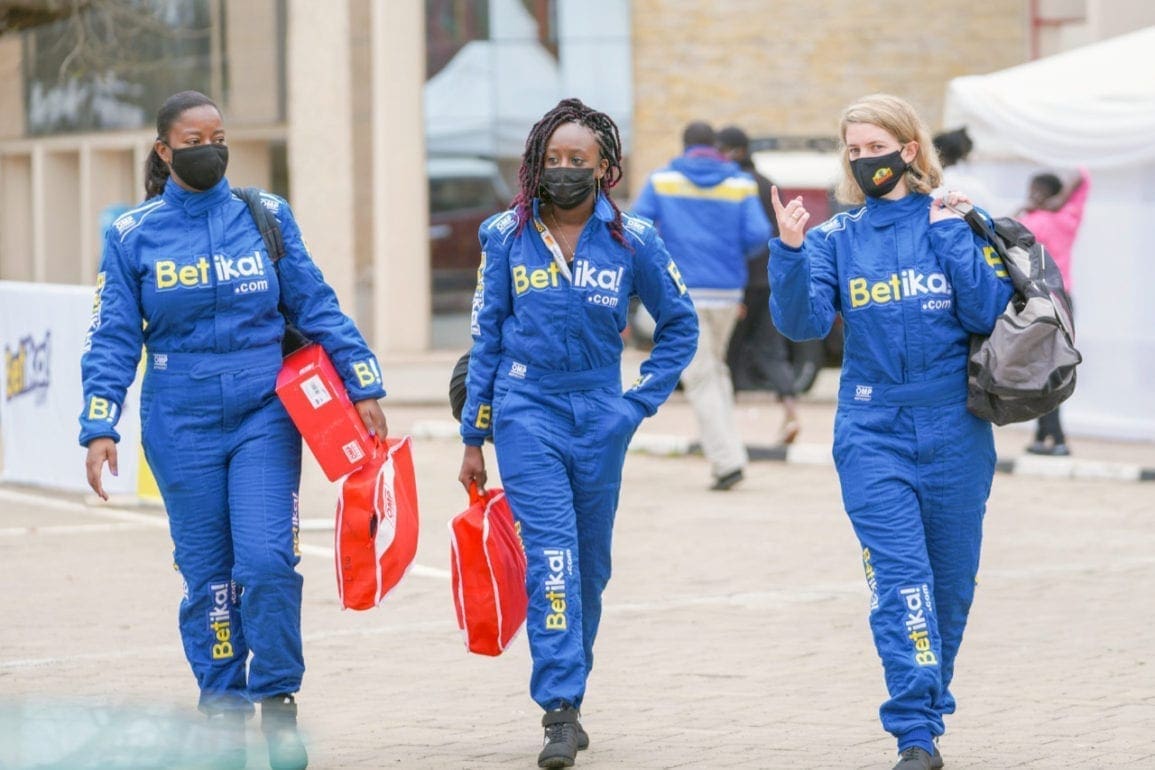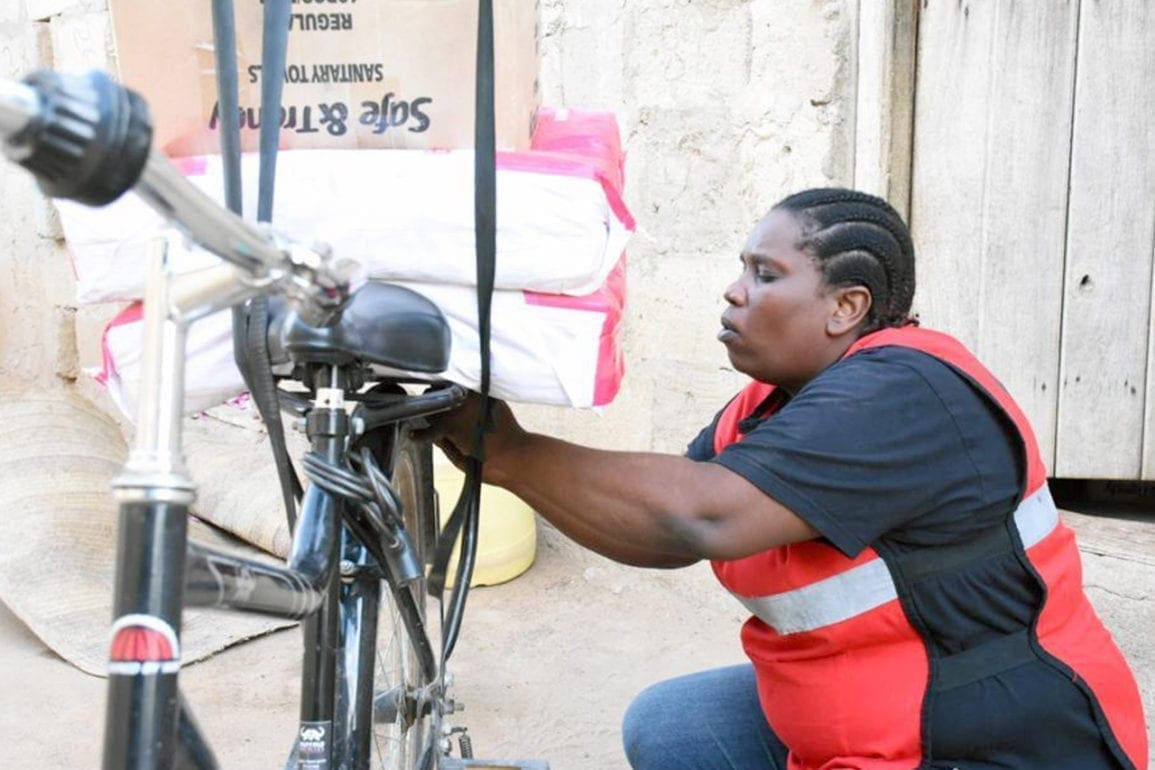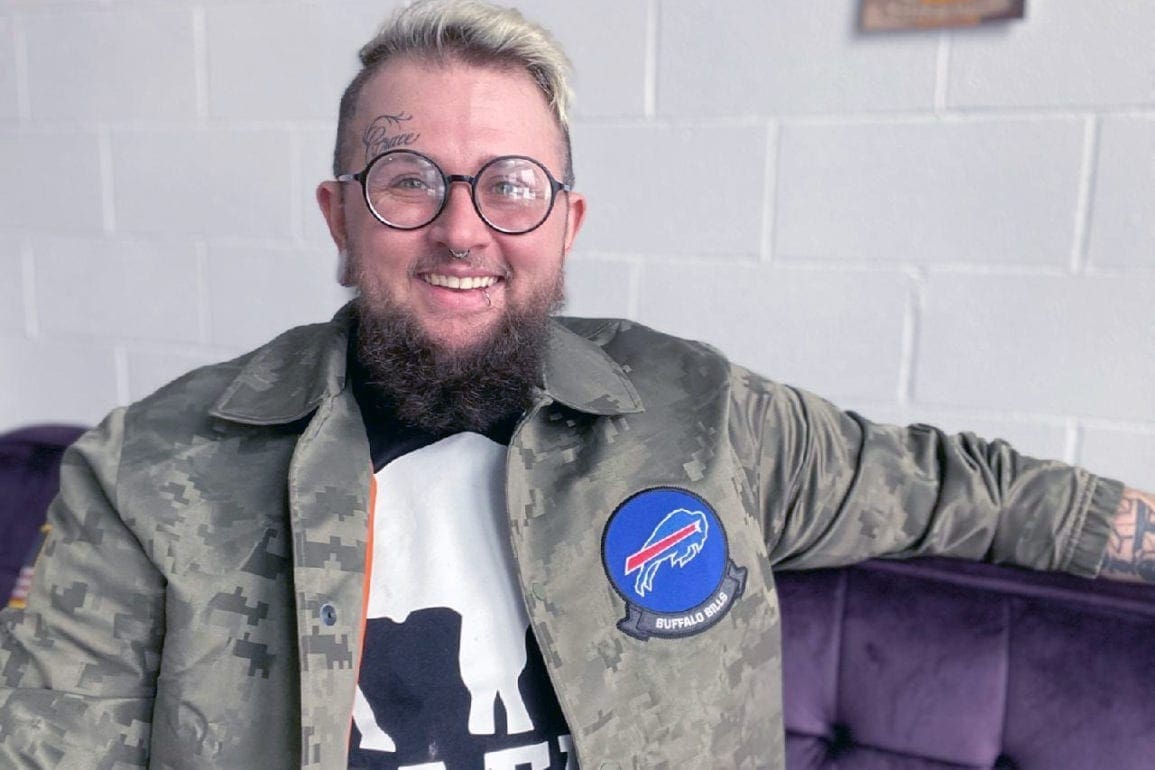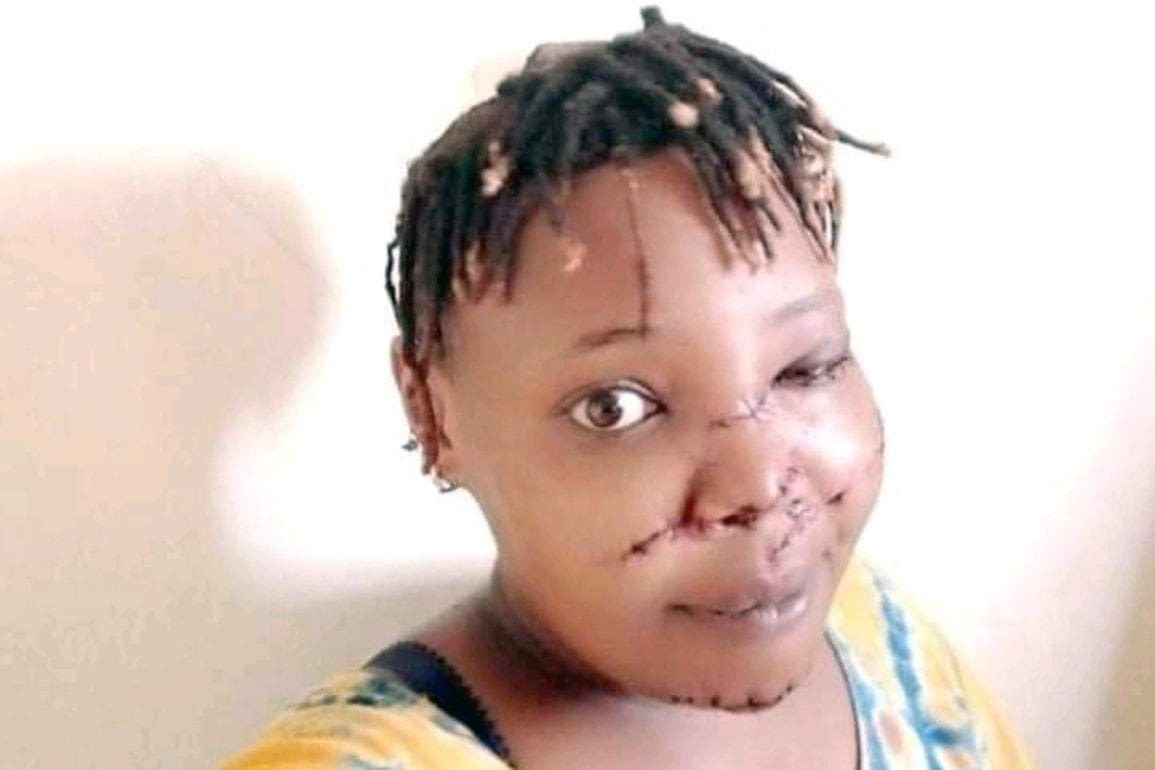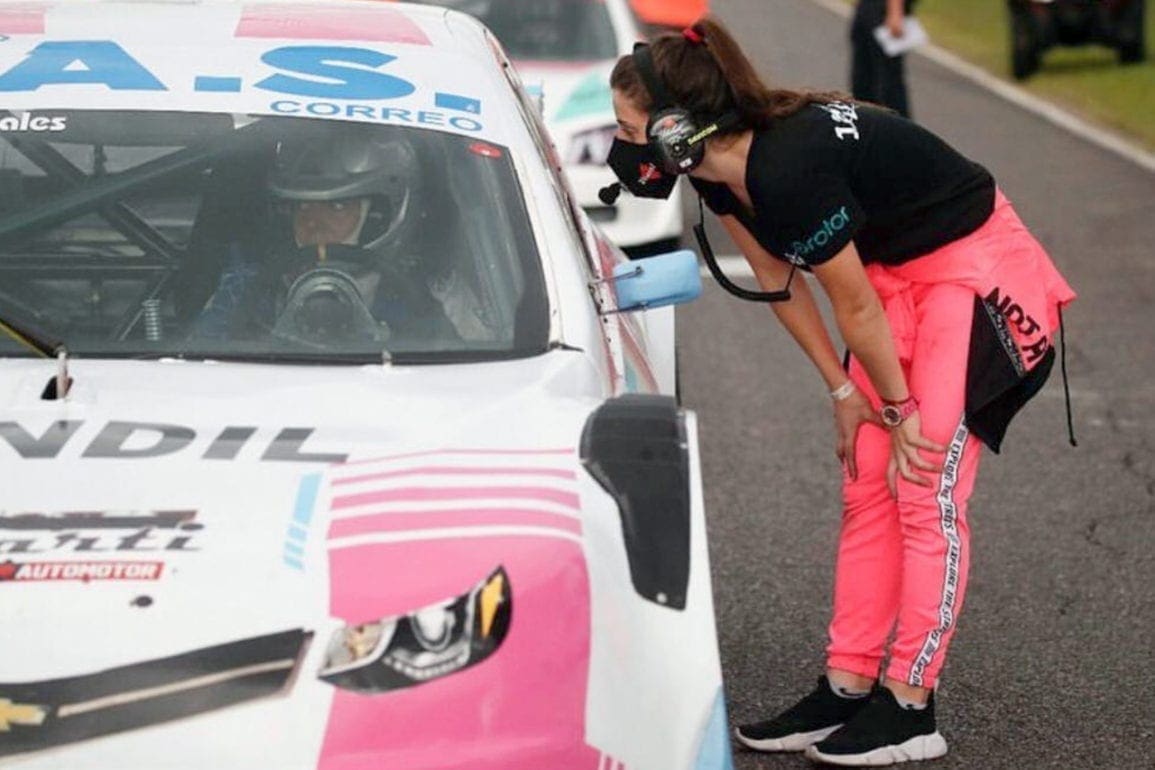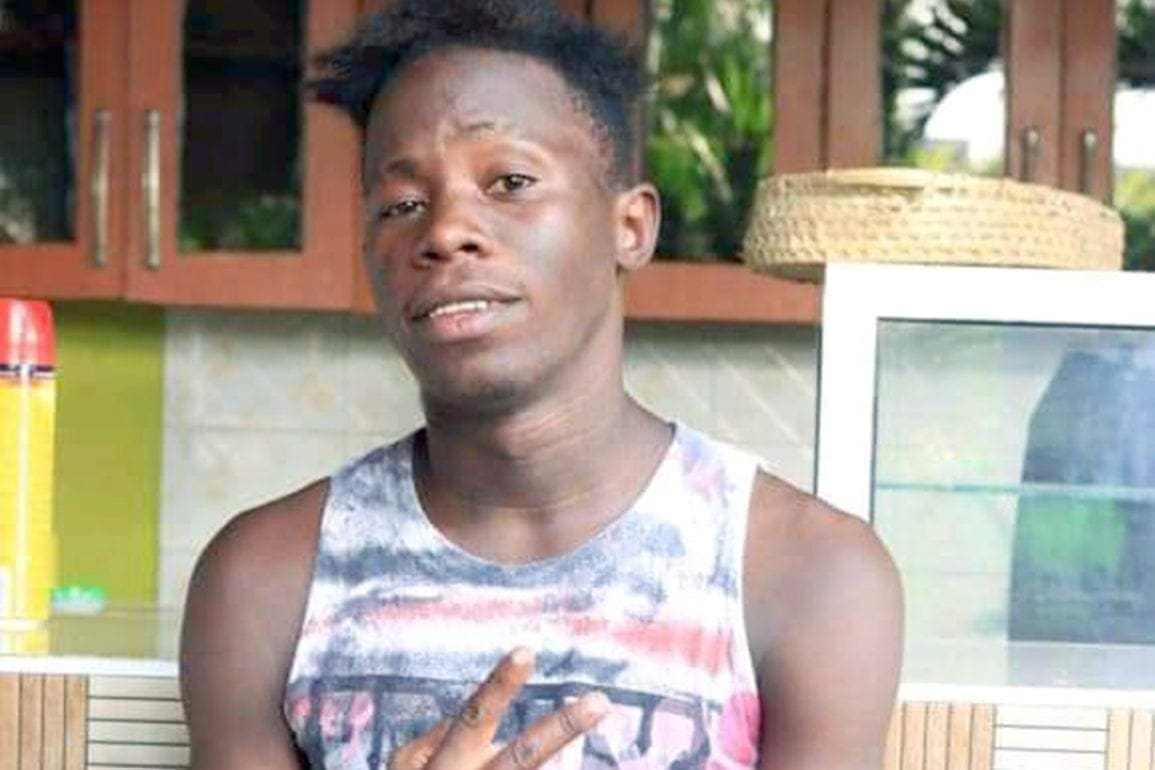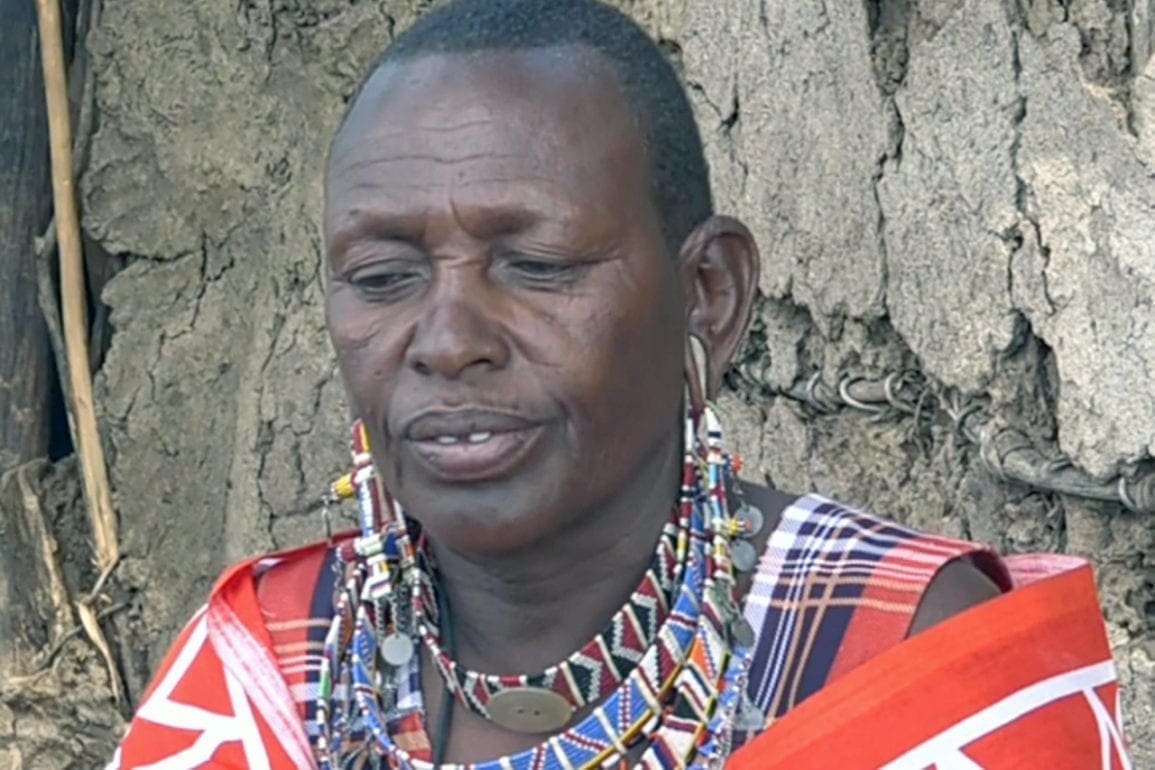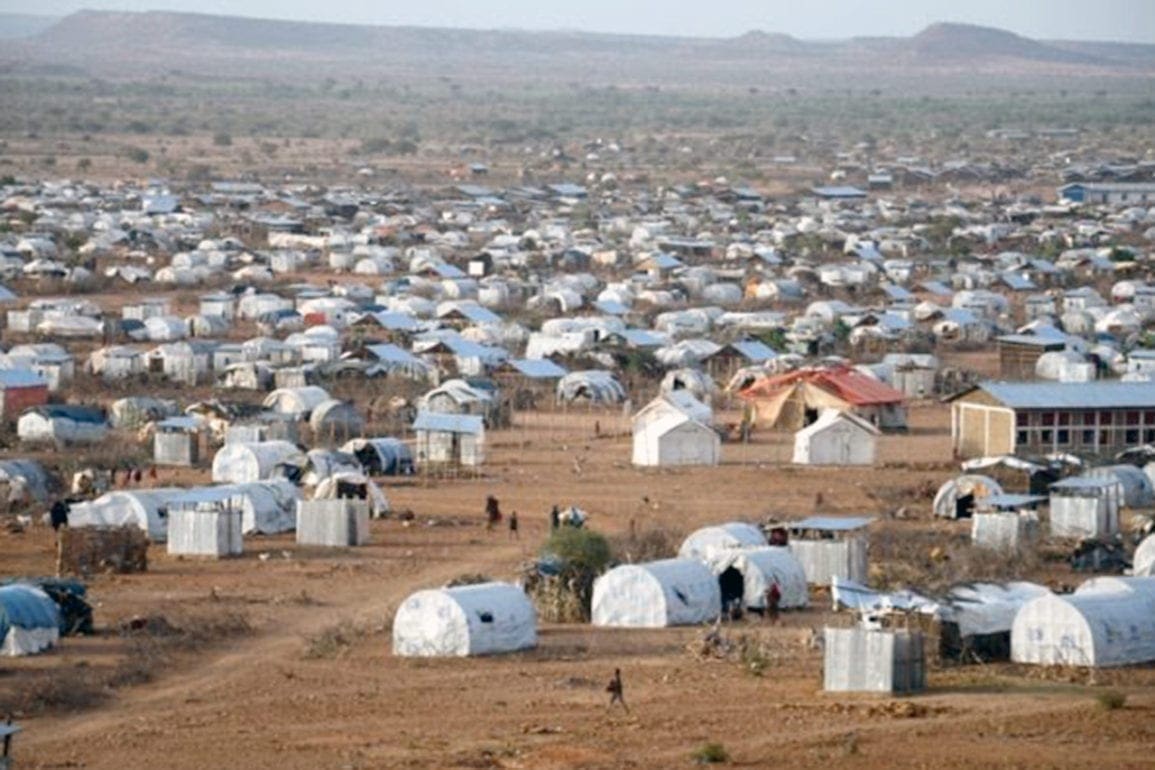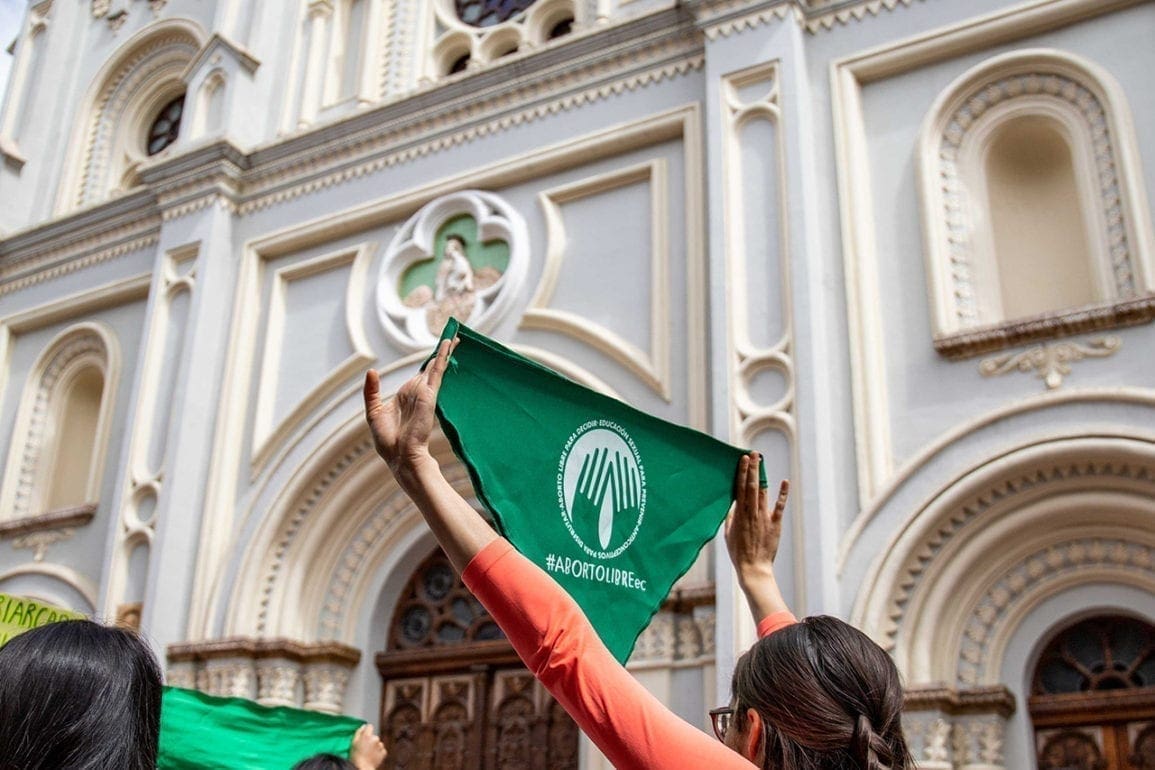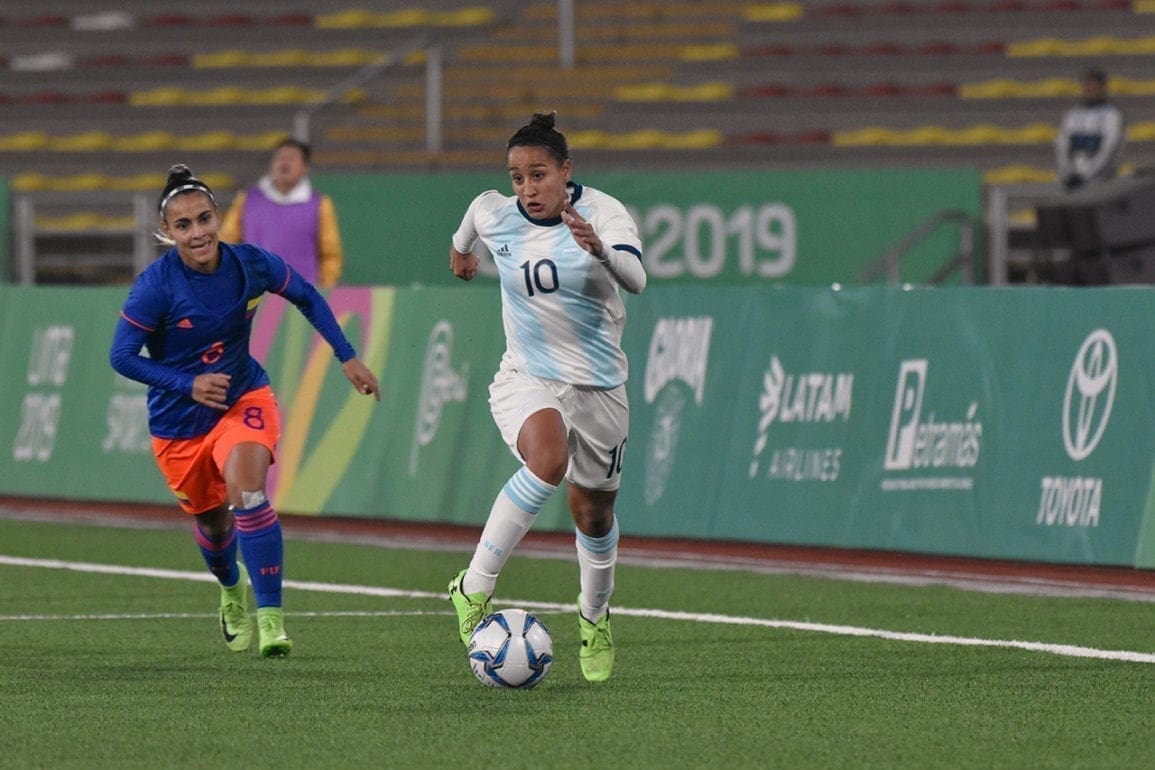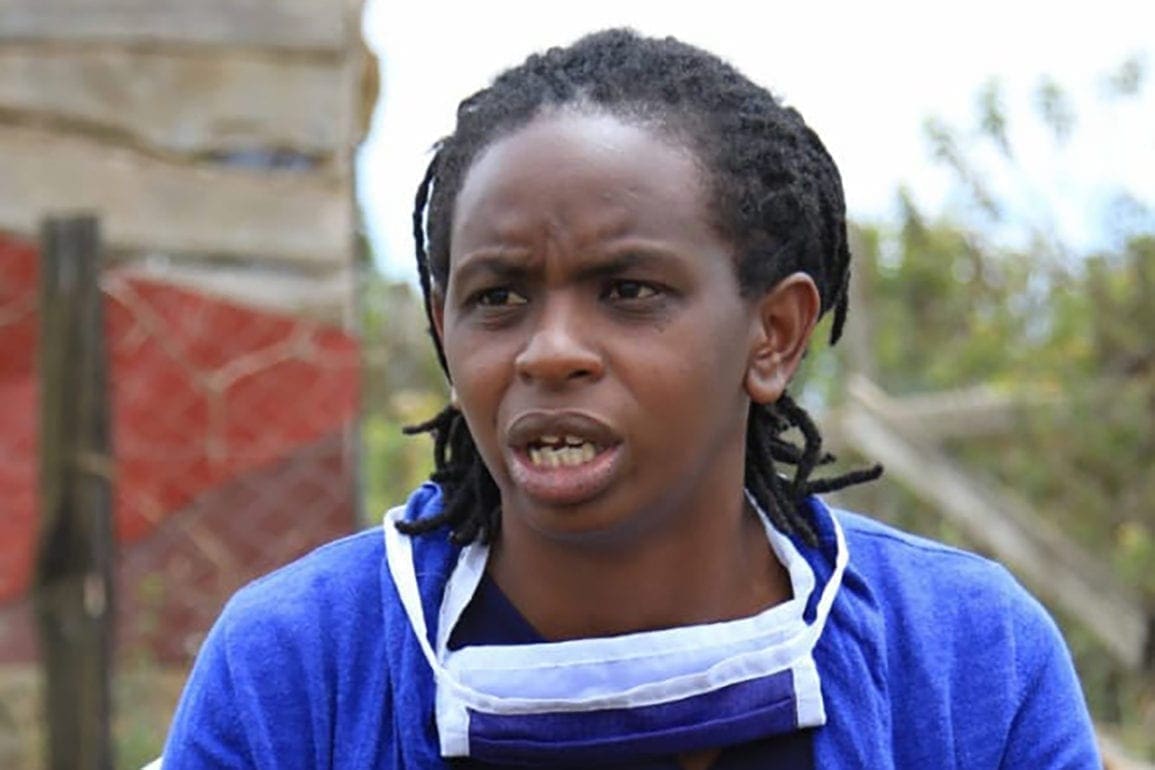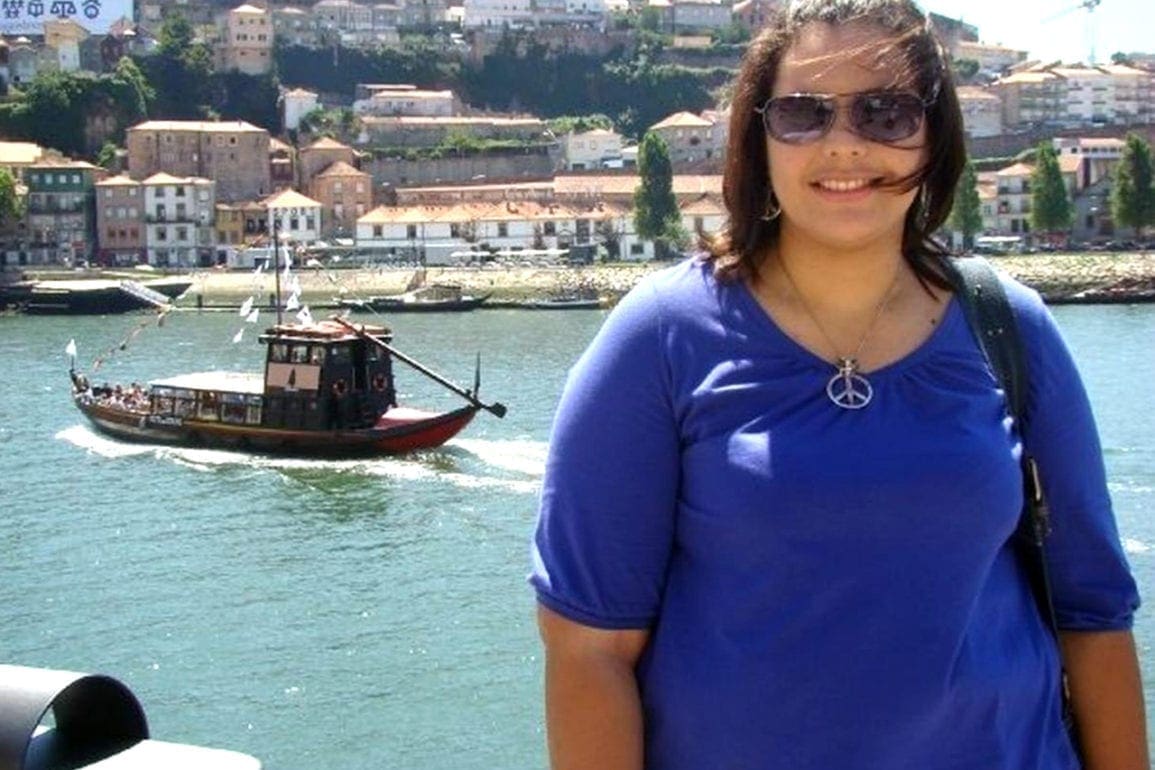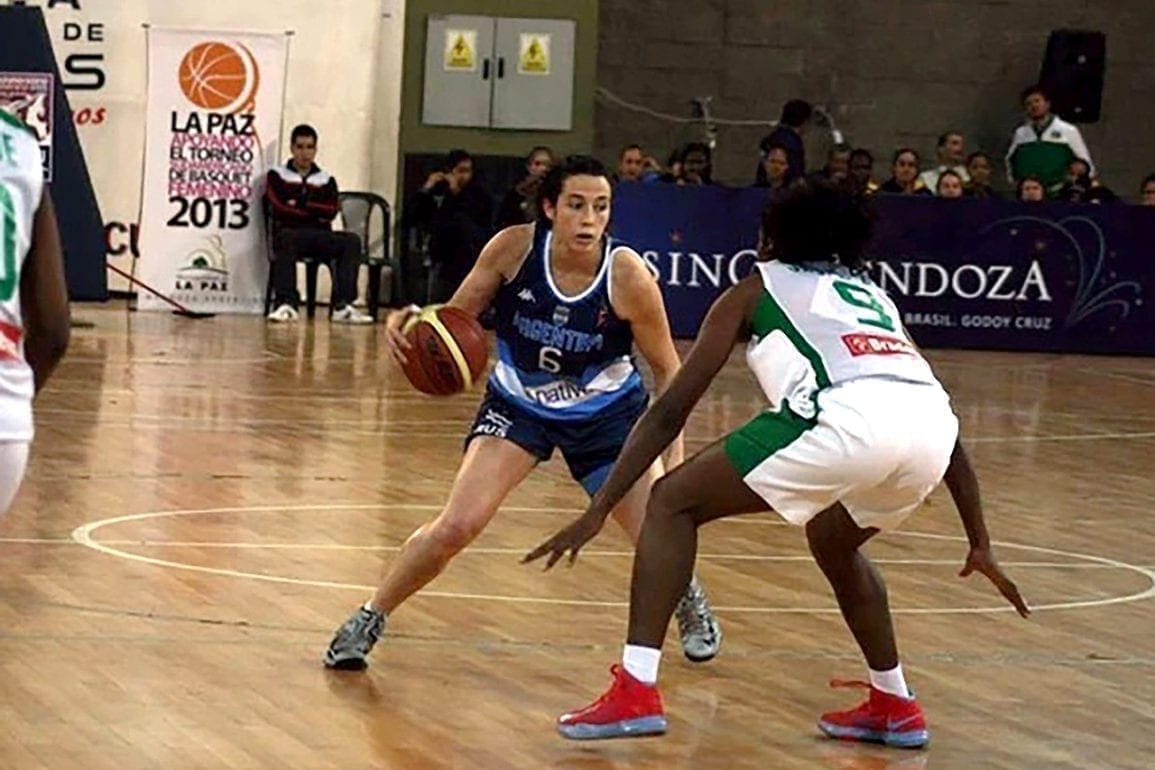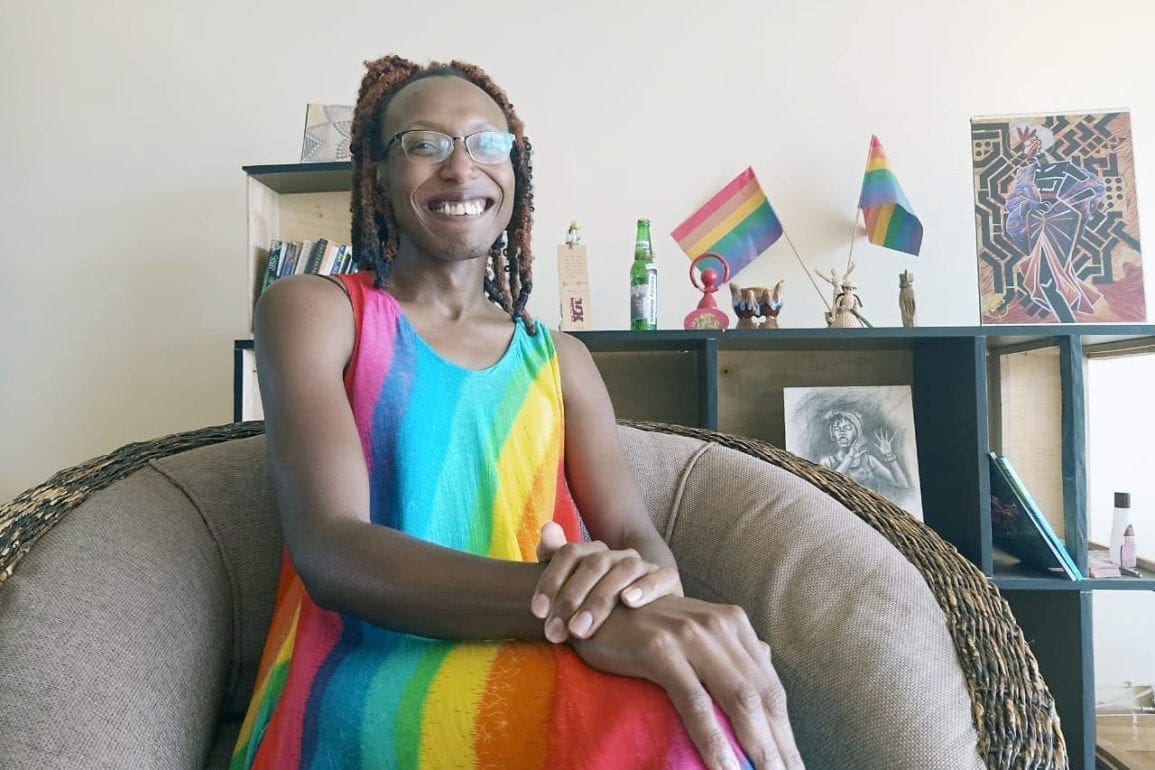Excessive breast size a health condition, not a punchline
My doctor had been trying to figure my persistent, recurring shoulder dislocations, which started when I hit puberty.
- 5 years ago
May 18, 2021
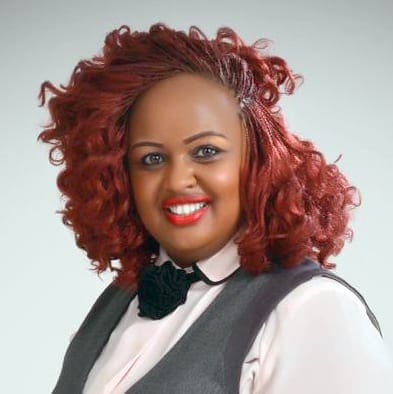
NAIROBI, Kenya — My mother once noted that my recurring shoulder dislocations could be due to my enormous breasts.
She suggested we visit a specialist and plan for a breast reduction surgery, but I dismissed her. It turns out her instincts were right.
I came to be diagnosed with gigantomastia 10 years ago. Finally, I put a name to what was ailing me all along.
My doctor had been trying to figure my persistent, recurring shoulder dislocations, which started when I hit puberty.
The first time I went under the knife was in the year 2002, as a teenager.
In 2010, I was back in the hospital due to another dislocation, and that’s where my doctor pointed out that the weight of my enormous breasts was the cause of my constant dilemma.
Condition turns acute
He said the size of my bosom was weighing down my back ligaments. After speaking to my mother, he referred us to a plastic surgeon for a breast reduction procedure.
My cup size was at 44 gg, way beyond what my back and general bodyweight could support. You can imagine the fear and anxiety that sets in pre-surgery.

I did not have that. Tentatively I just wanted to be done with it.
In February 2011, I had my surgery done at Nairobi south hospital. It took close to four hours for the doctors to extract the mass of the required tissue.
There was an instance where I was walking to the restroom, and the nurse on duty inquired why I was still slouching.
This thought was fresh after my surgery, and it had yet to click in mind the amount of weight lifted.
The nurse, later on, informed me that they harvested 7.3 kilos from my chest; this did not register at the moment as I was still groggy from the anesthesia.
It all hit me on my second stay at the hospital. The transformation was apparent when I looked at my chest.
At 25 years of age, I finally had my life back. I was discharged from the hospital after five days to continue with my healing at home.
They performed a free nipple graft to reconstruct my breasts down to a 40 c cup size.
The healing process took three and a half weeks.
Growing up
My big personality, in hindsight, was a distraction away from the body image issues I was dealing with privately.
Along the way, I became a bully to deter any untoward advances or name-calling; hence no one was ever courageous enough to say anything to my face.
My bosom used to draw a lot of attention. I would be talking to someone, but their eye level focused on my bust, which was uncomfortable.
The biggest hurdle was when I would go shopping for a bra but never got my size to a point where I would sometimes throw a fit in a shop because I never understood the lack of accommodation.
Even though like most women, I loved trendy fashion, I was reduced to a “T-shirt and jeans girl” because the clothes I desired never fit well.
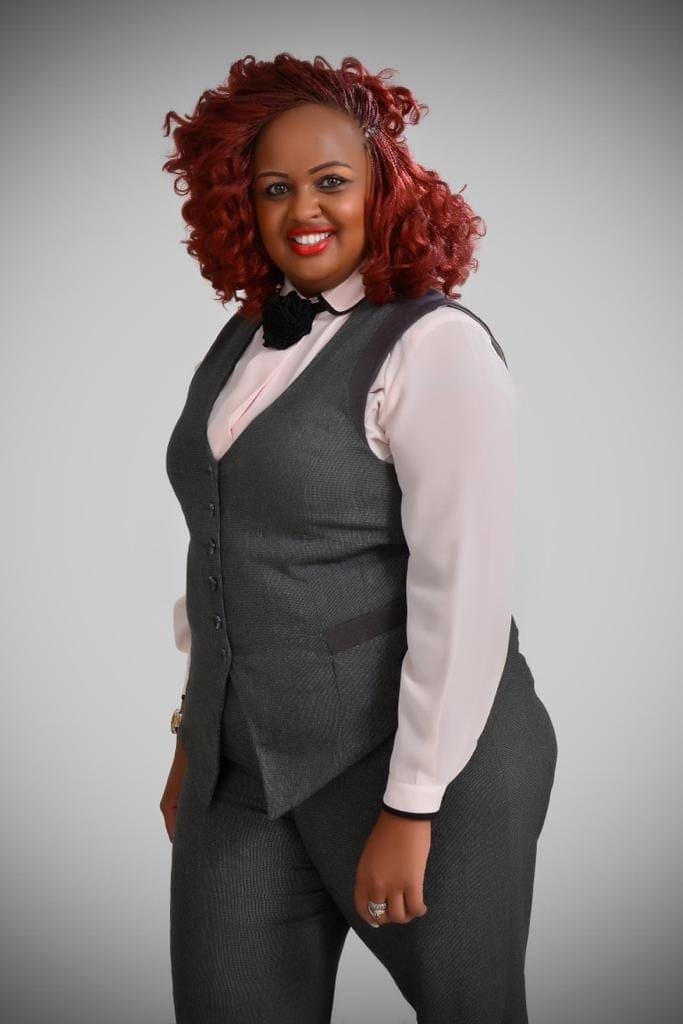
Post-surgery response
My confidence has since soared.
Along the way, I have dealt with stereotypes from a section of people who feel that I had the surgery for cosmetic purposes and that it was not necessary.
For most victims, it is a personal daily struggle they would rather keep to themselves out of shame or embarrassment.
This stigma is why I started educating the public about the detriments of gigantomastia by establishing a foundation.
Once I furnished myself with enough knowledge about the condition, I decided to give back to society. I can tell tens of women, especially from rural areas, have been helped through my program.
Treatment of gigantomastia is costly in Kenya. Personally, my health insurance company refused to cover the cost of the surgery, terming it as not dire.
My parents stepped in. So you can imagine the number of women or men out there who cannot afford this essential procedure.
So far, the Gigantomastia Foundation has overseen more than 180 surgeries since launching five years ago, a feat I would like to continue.

